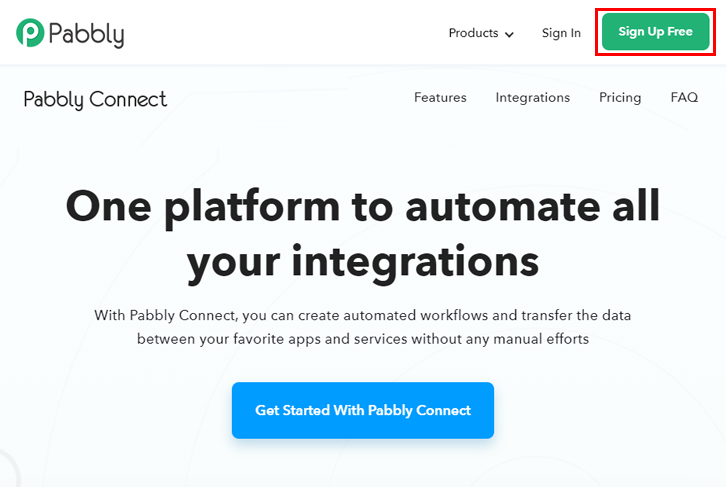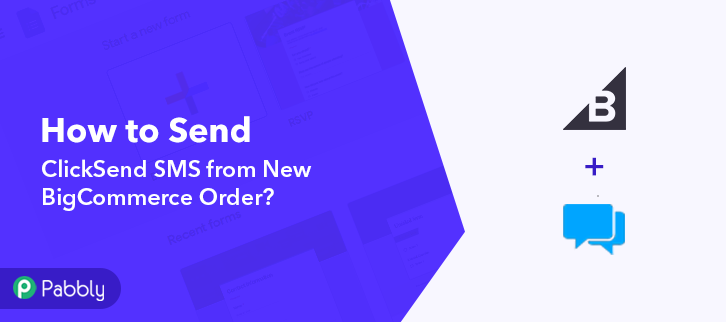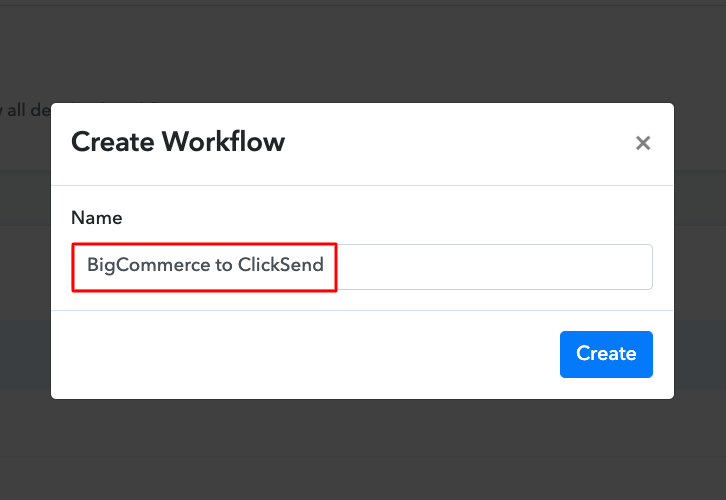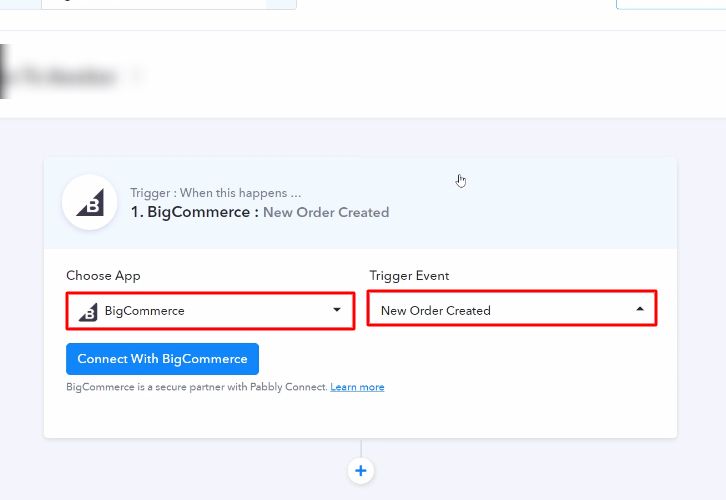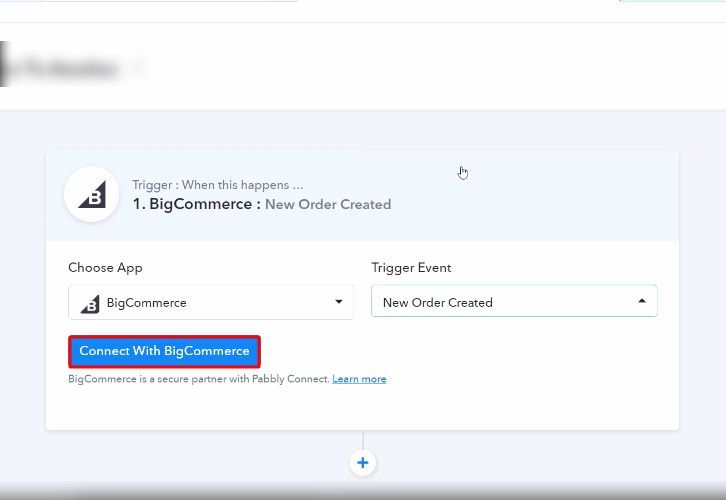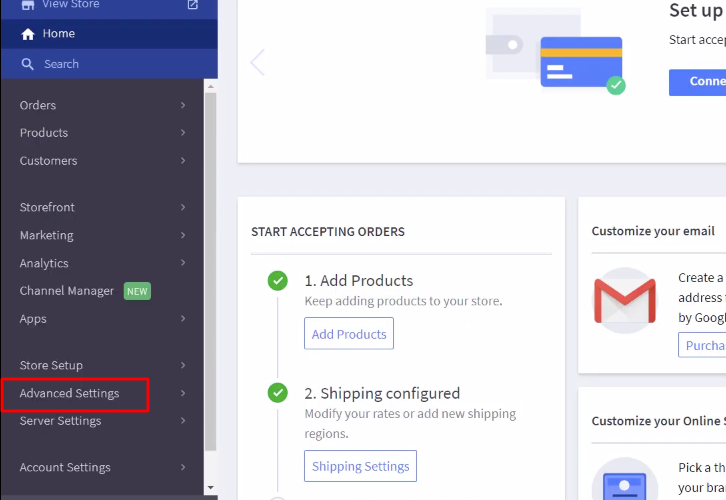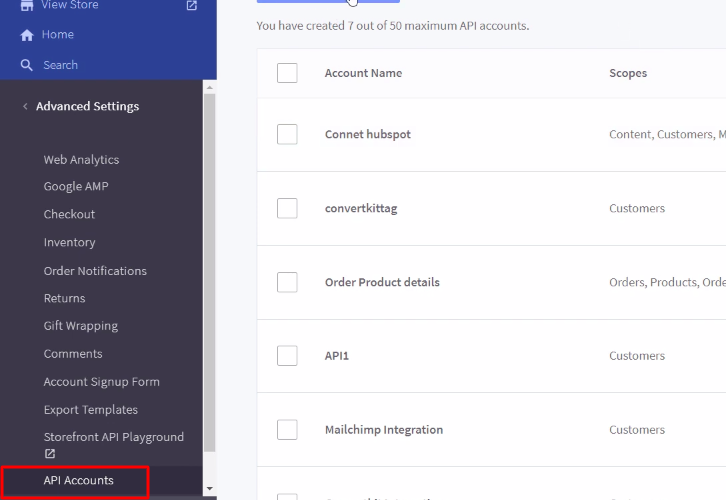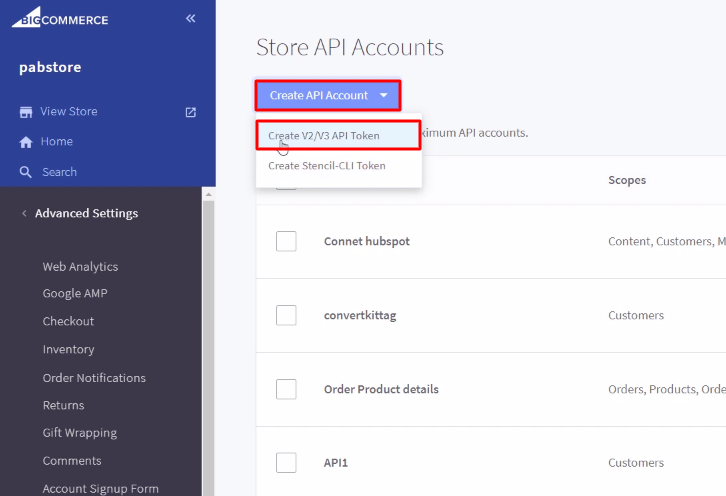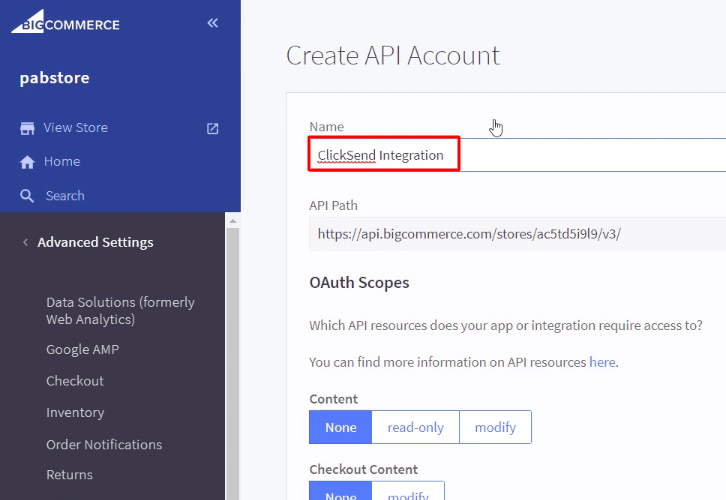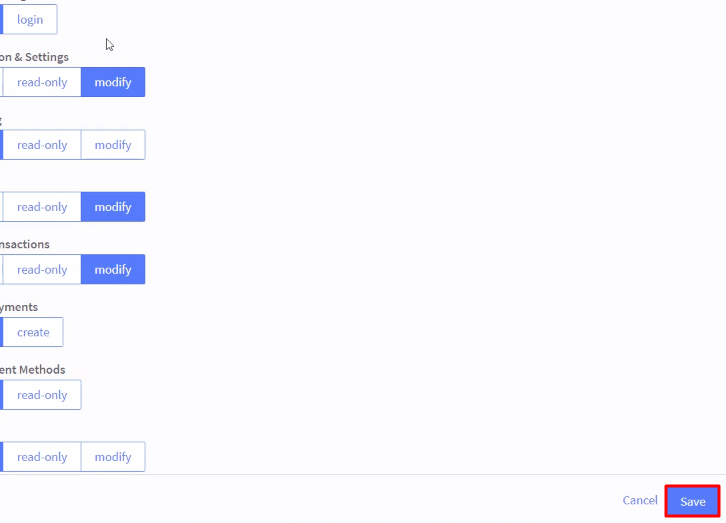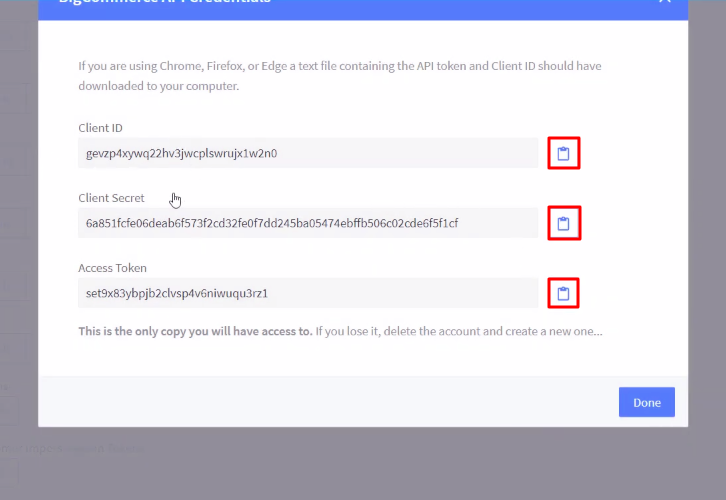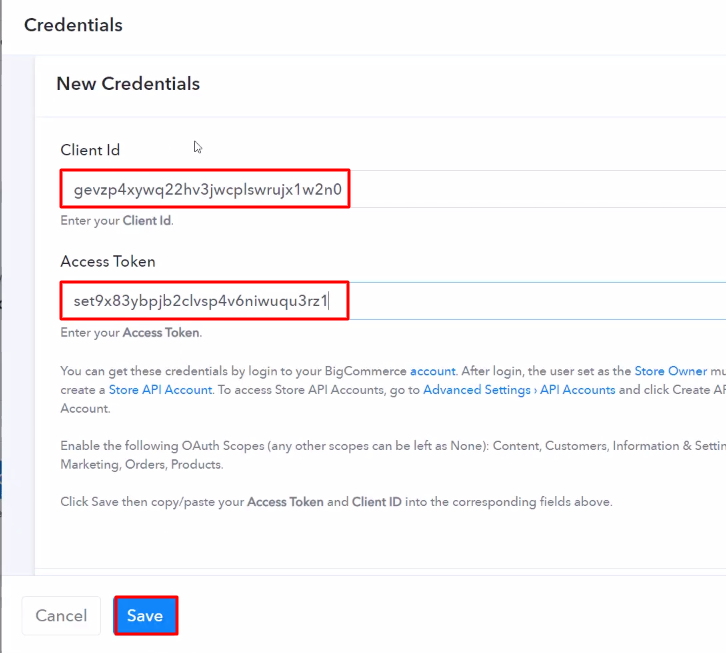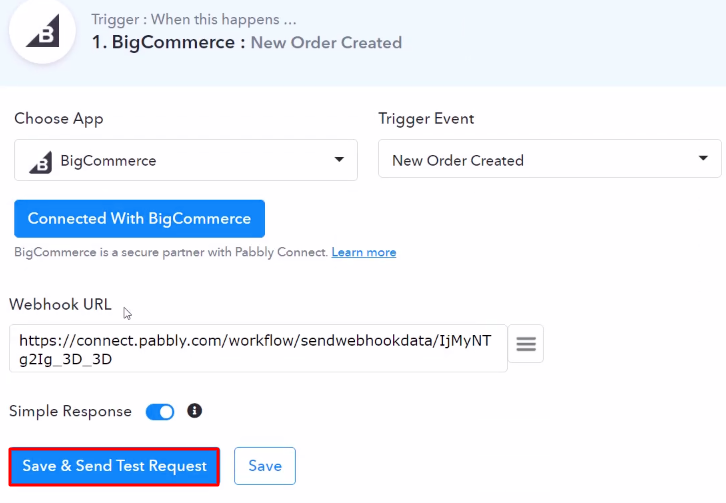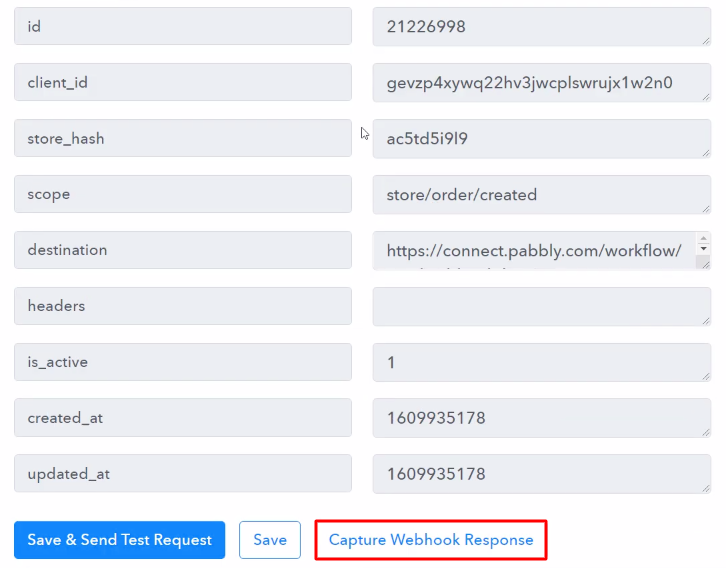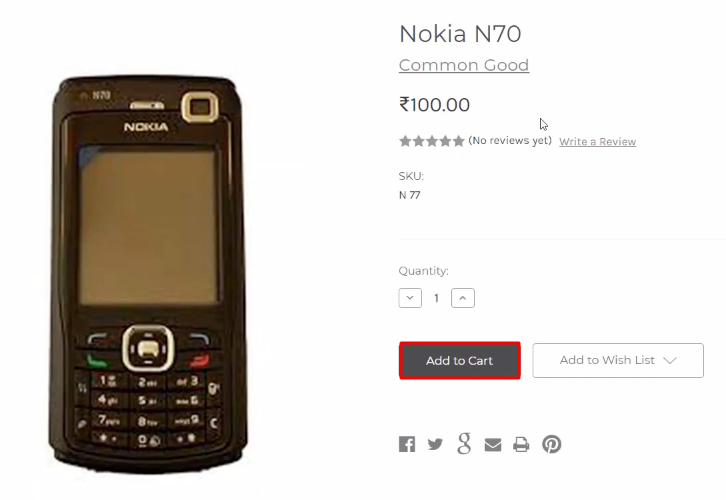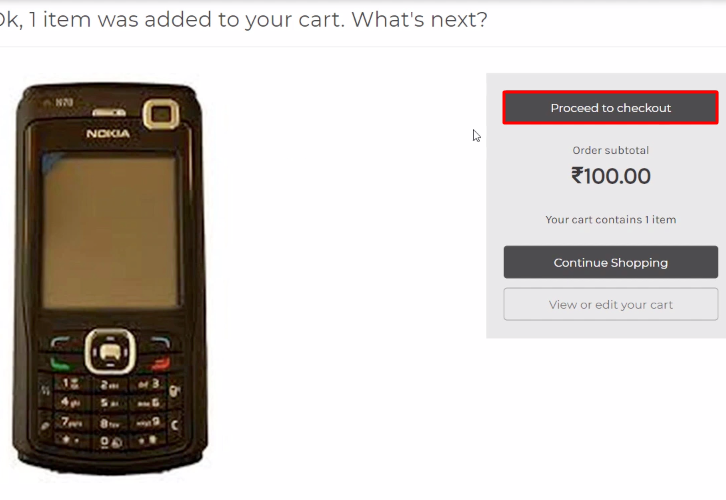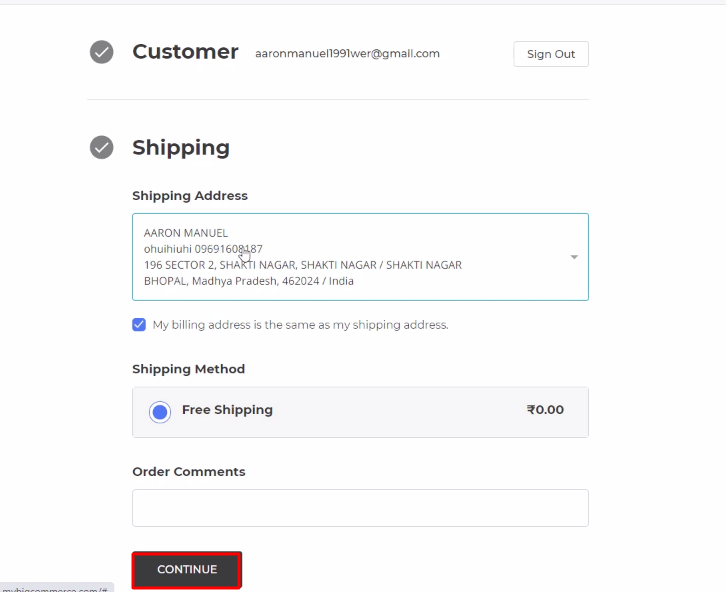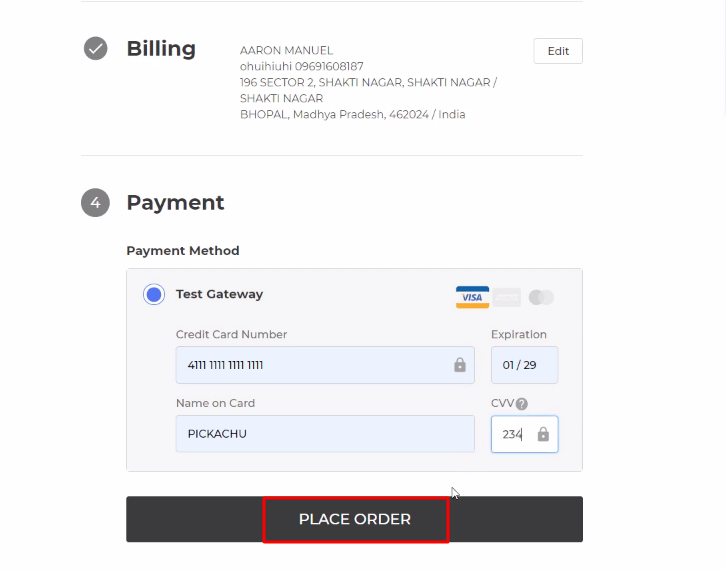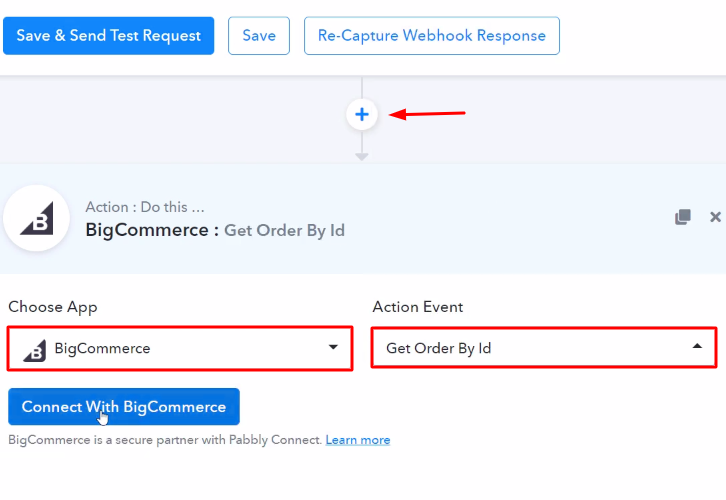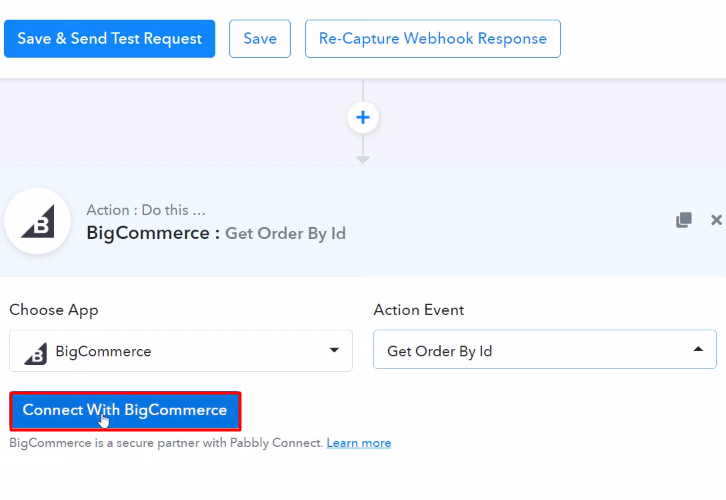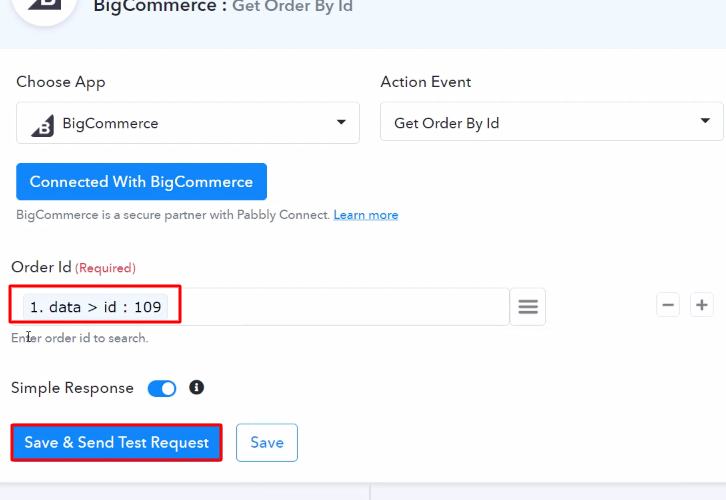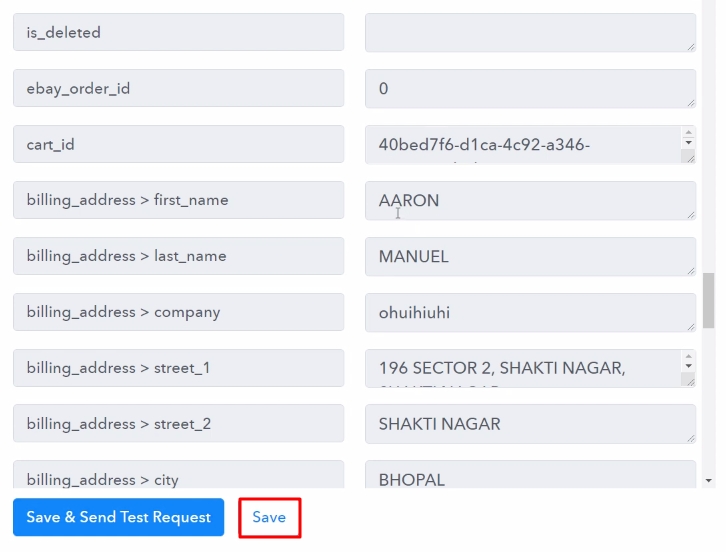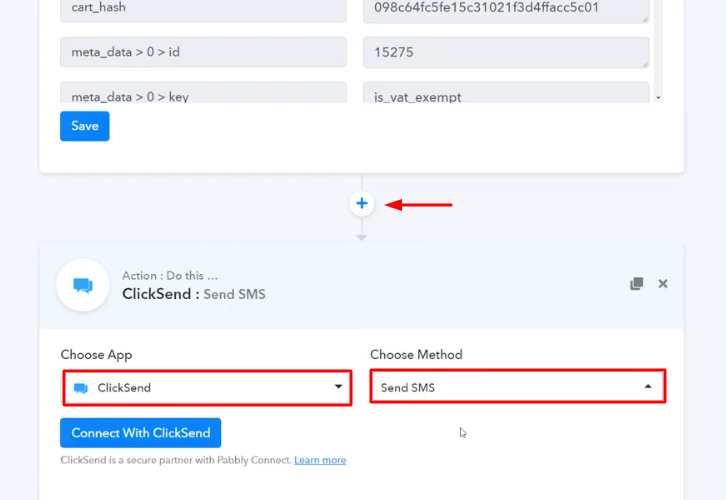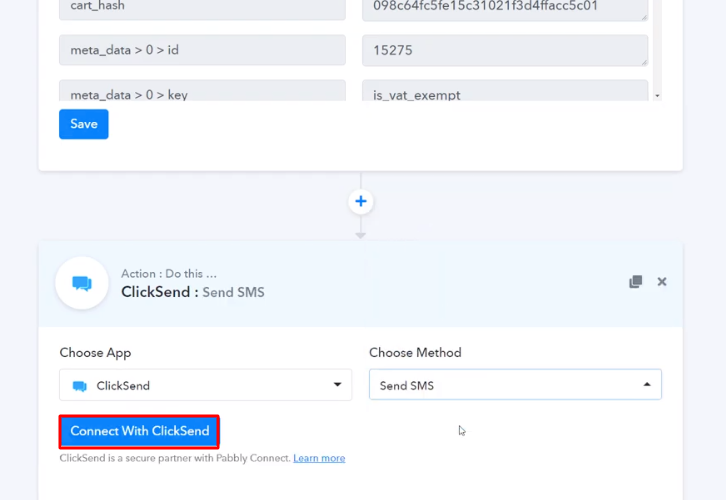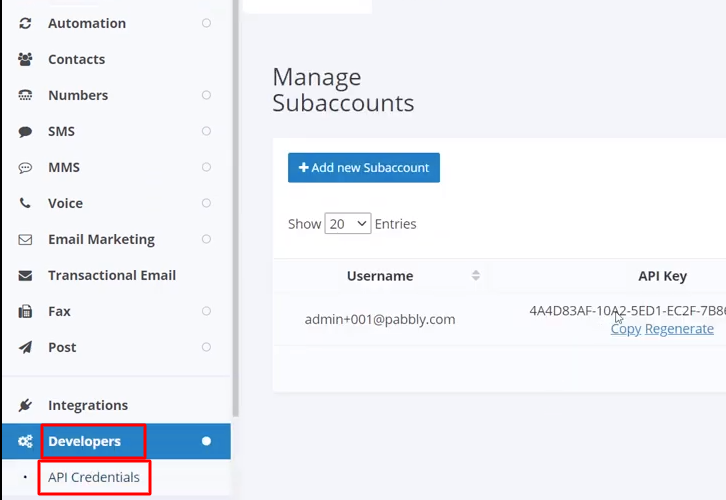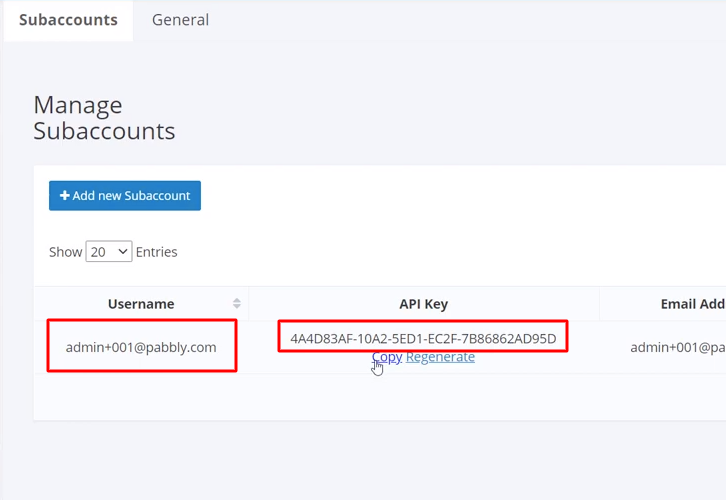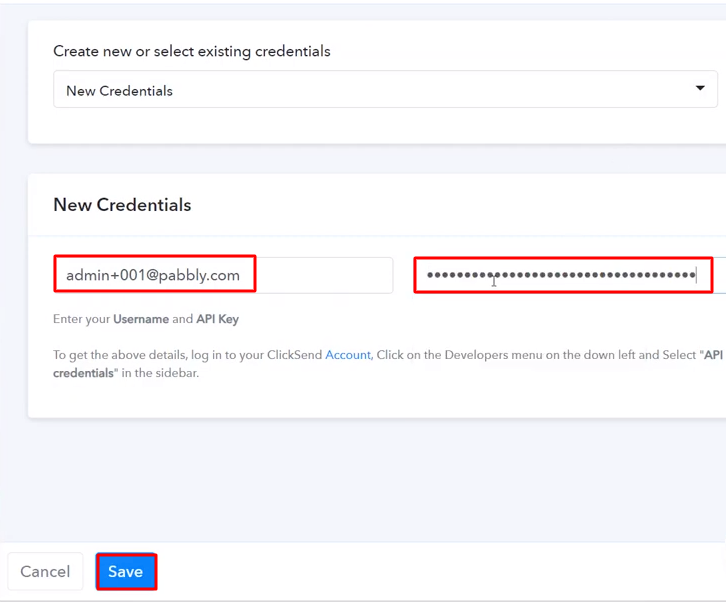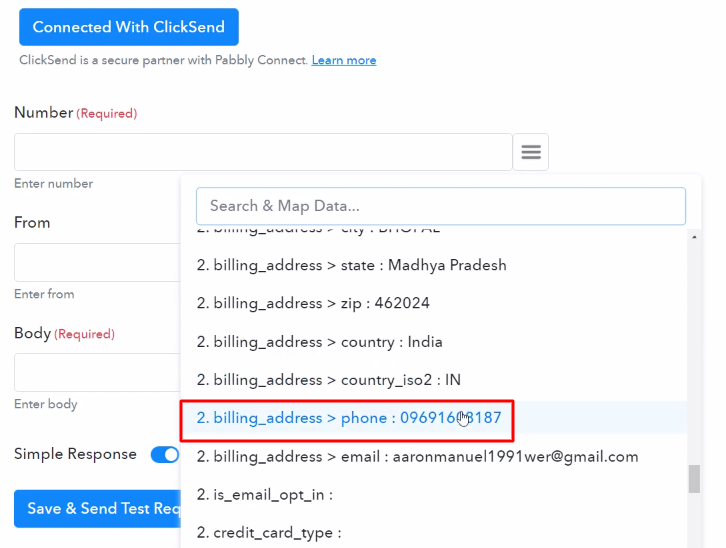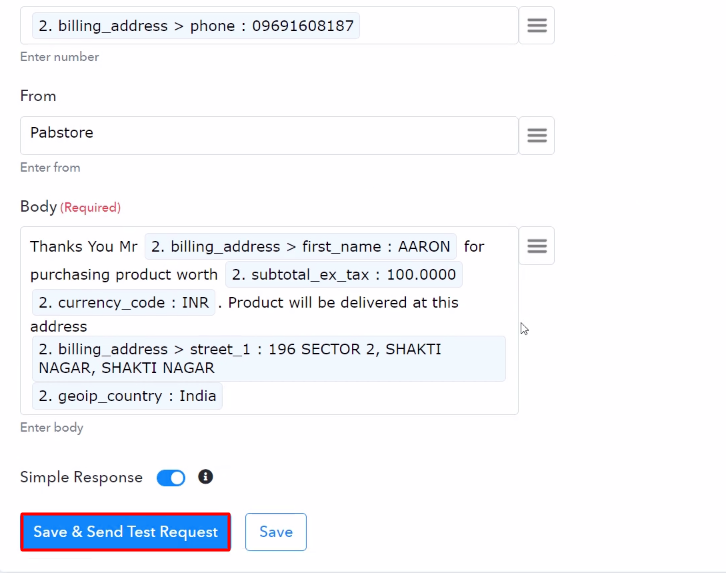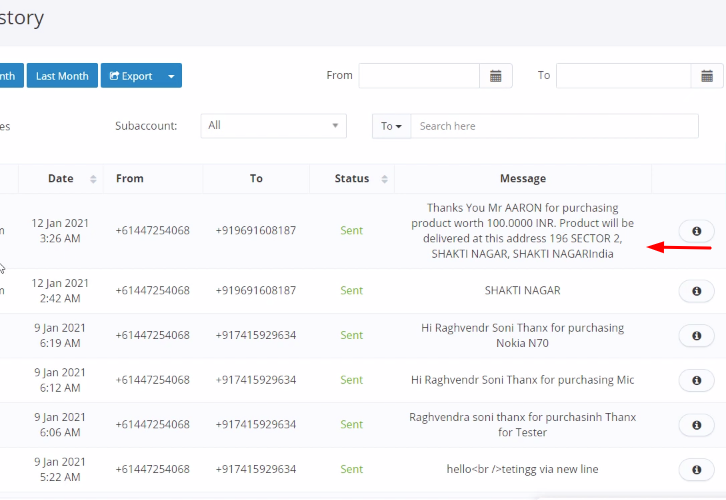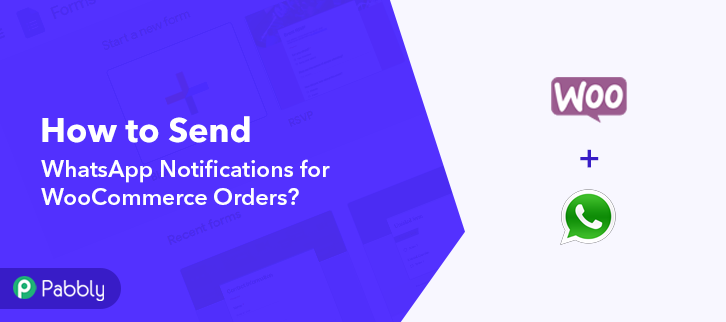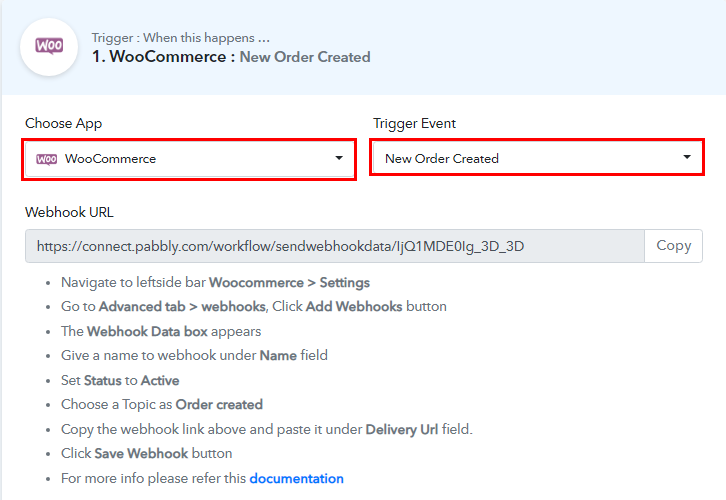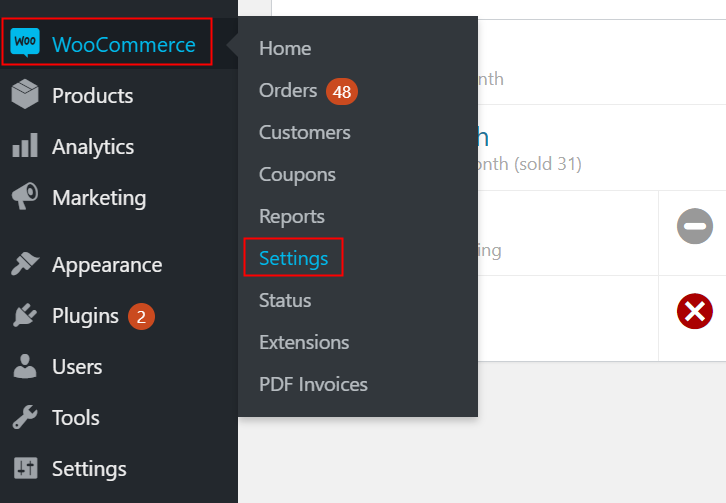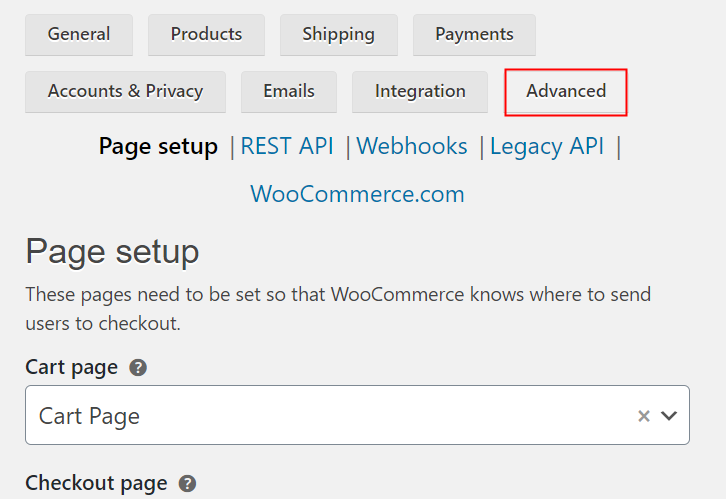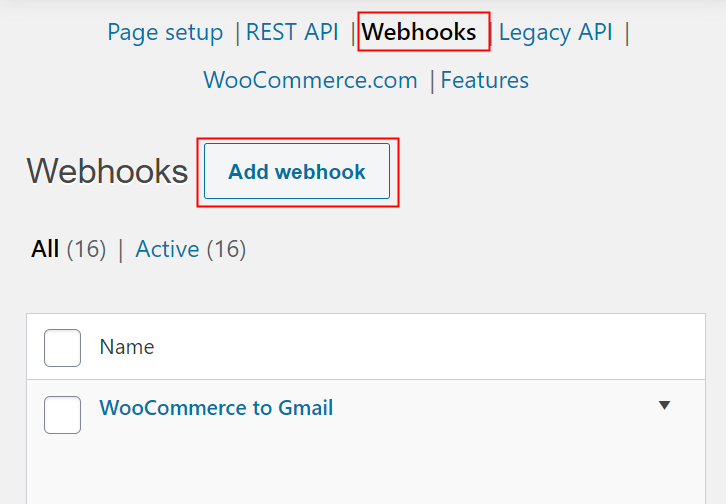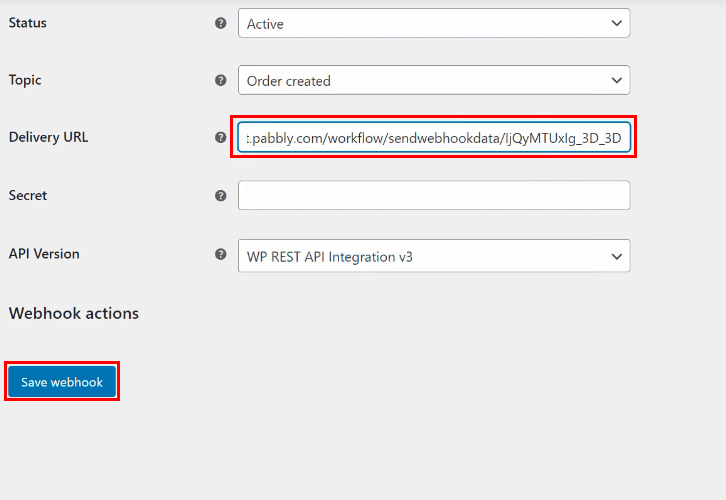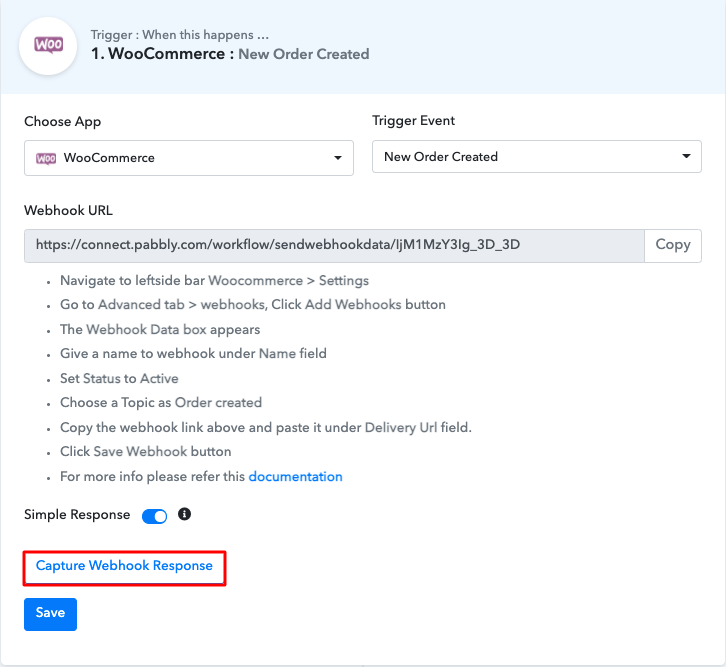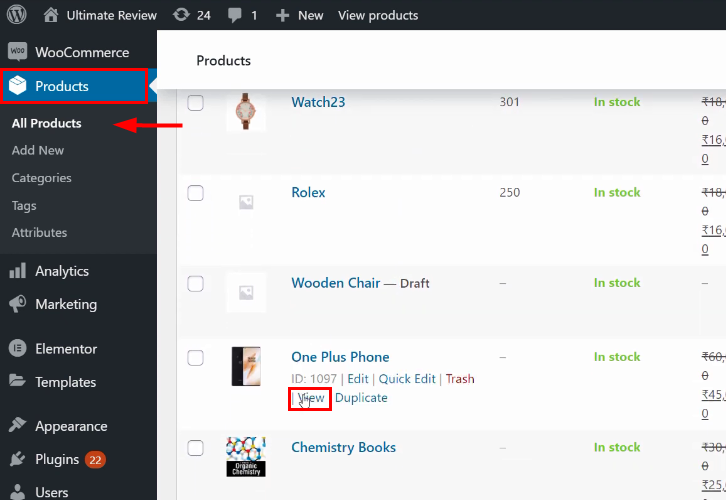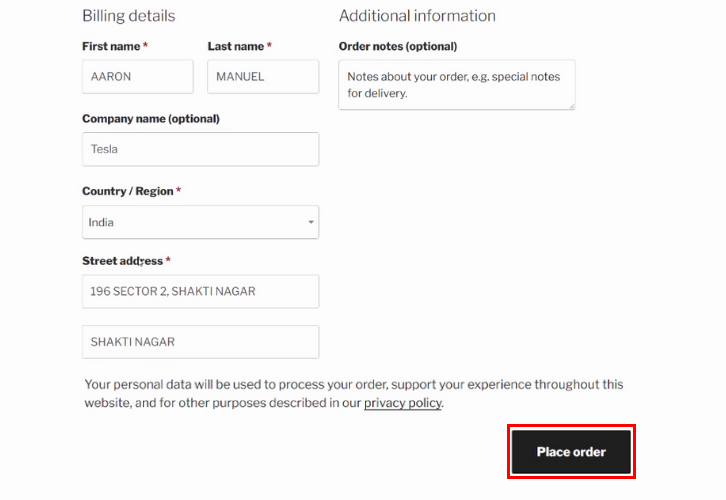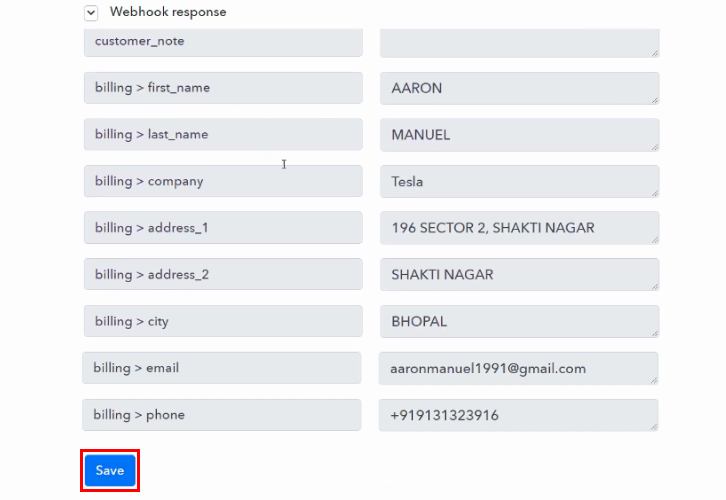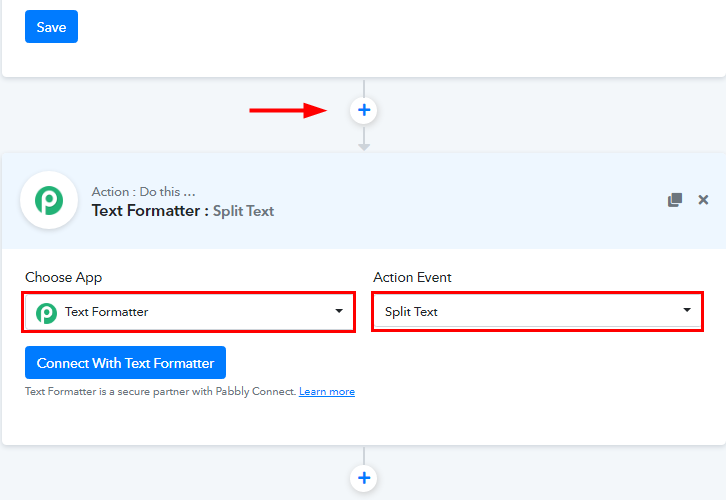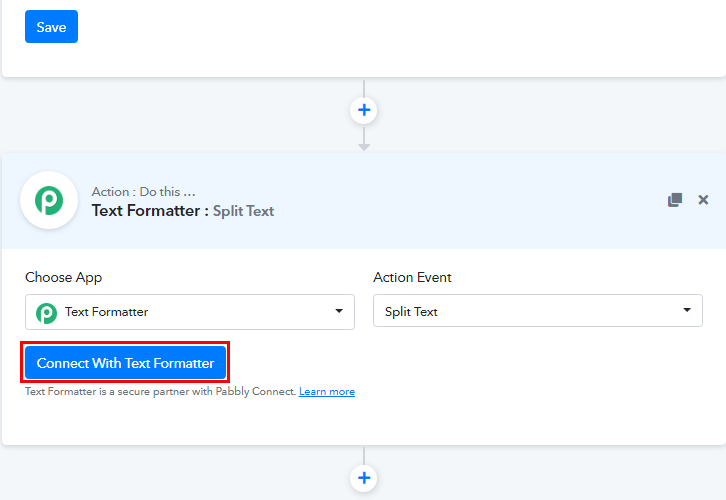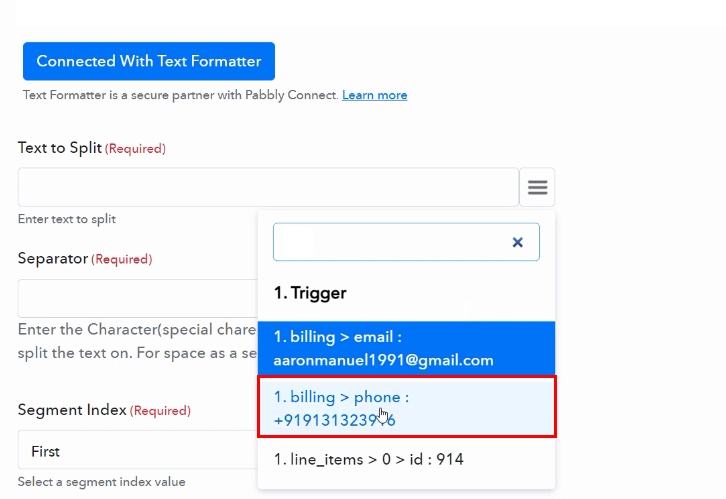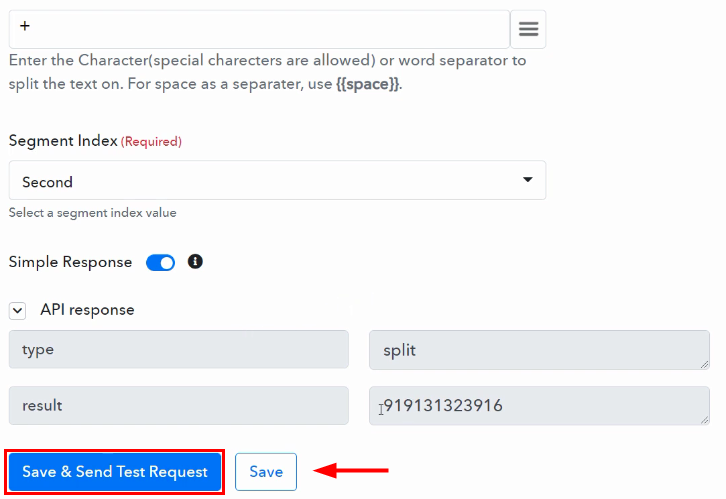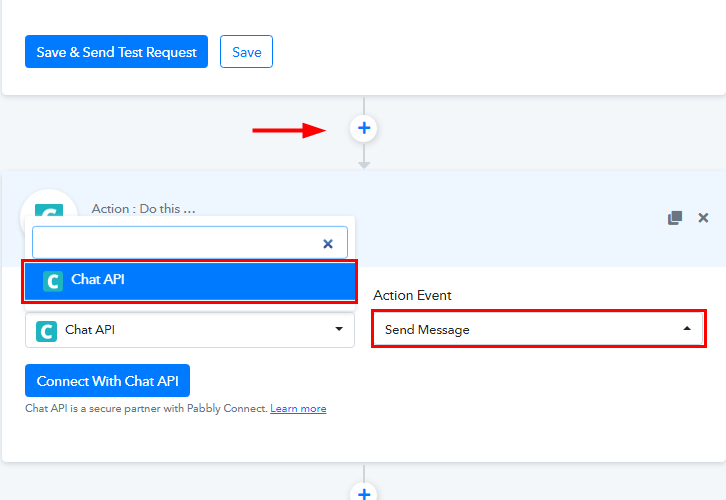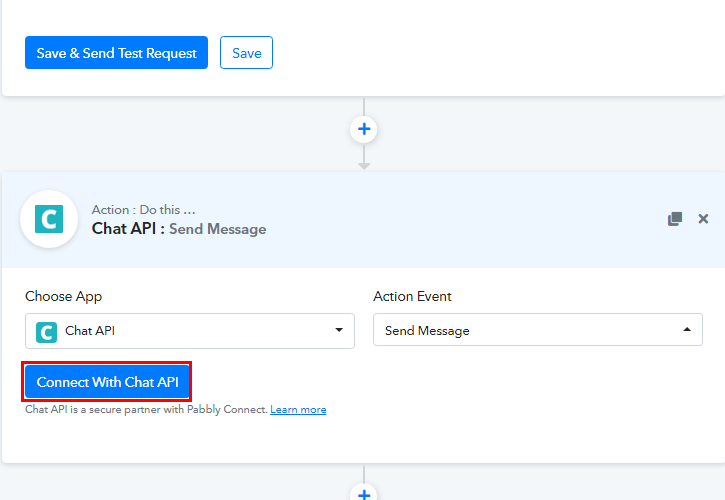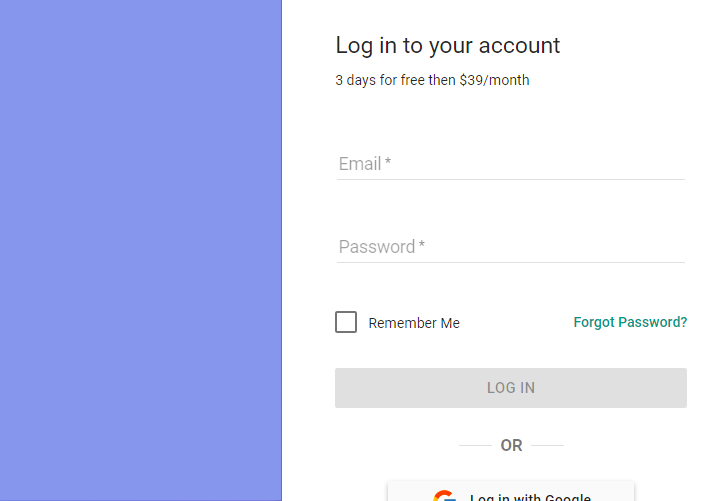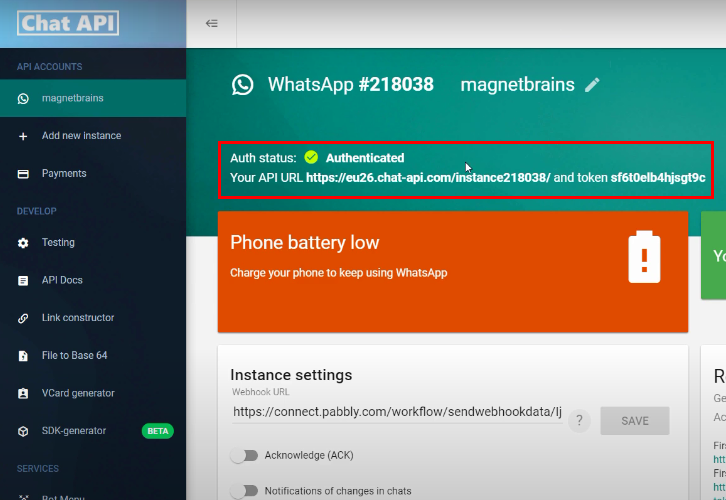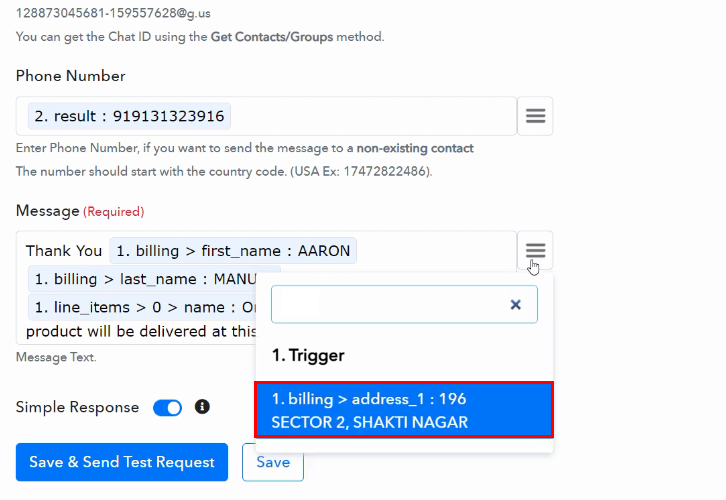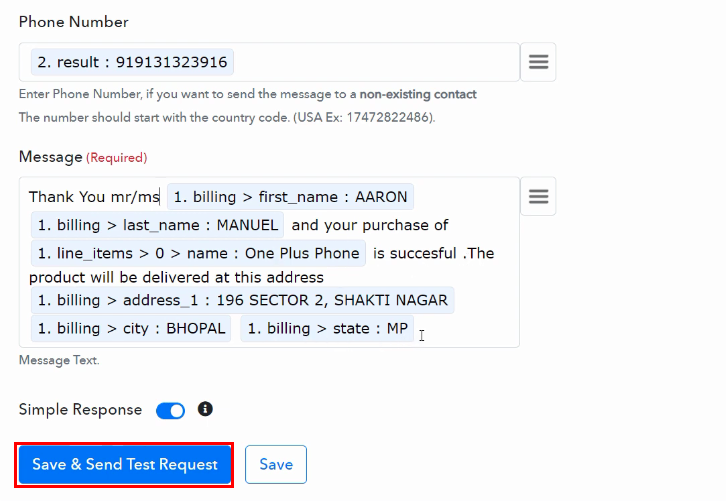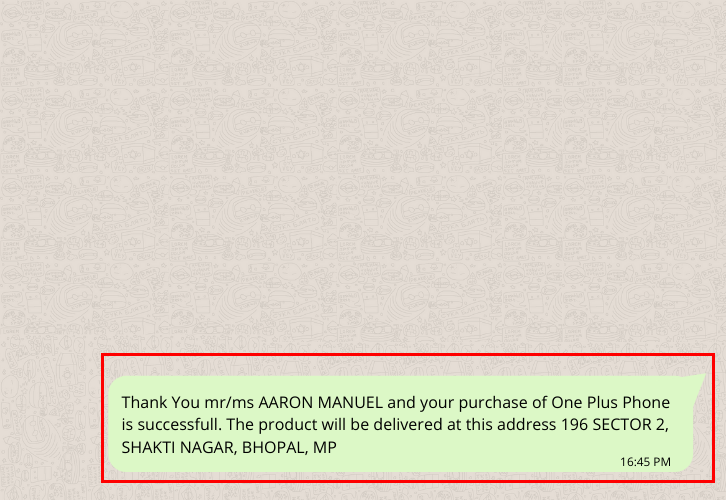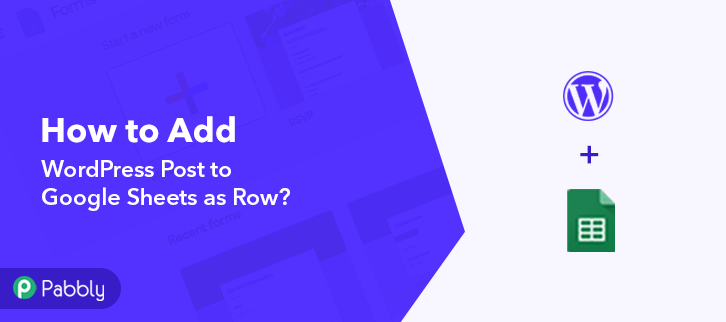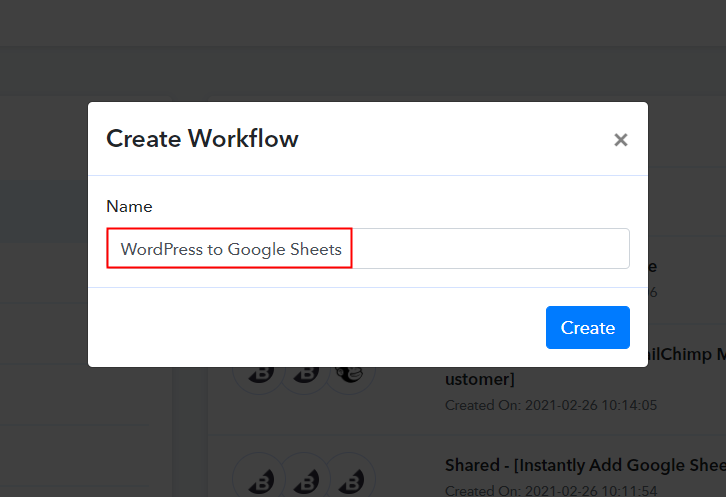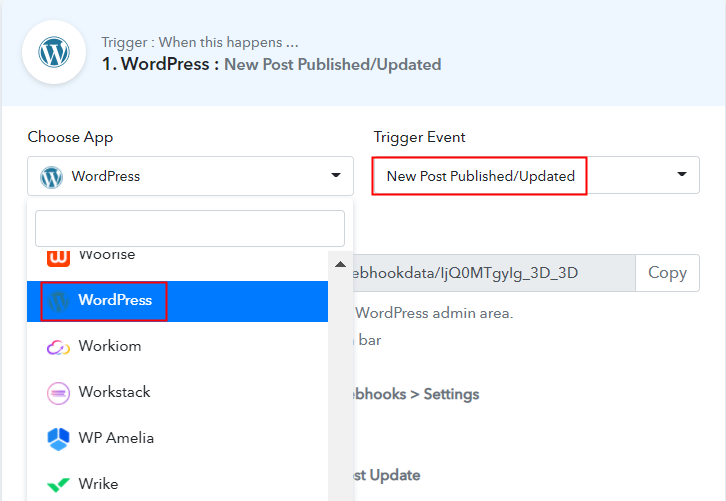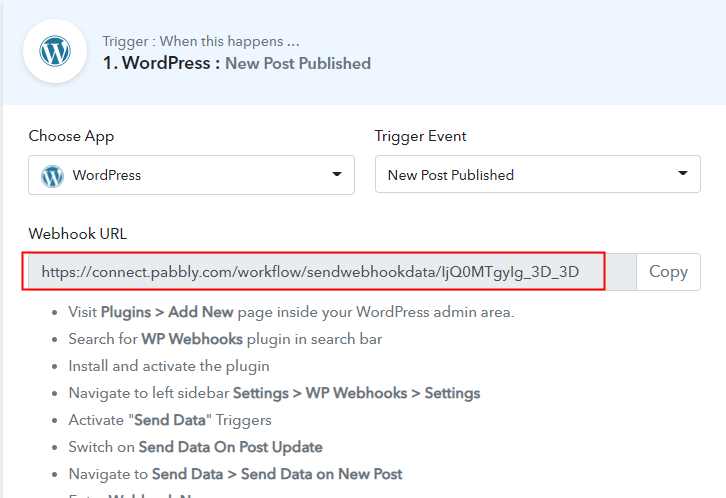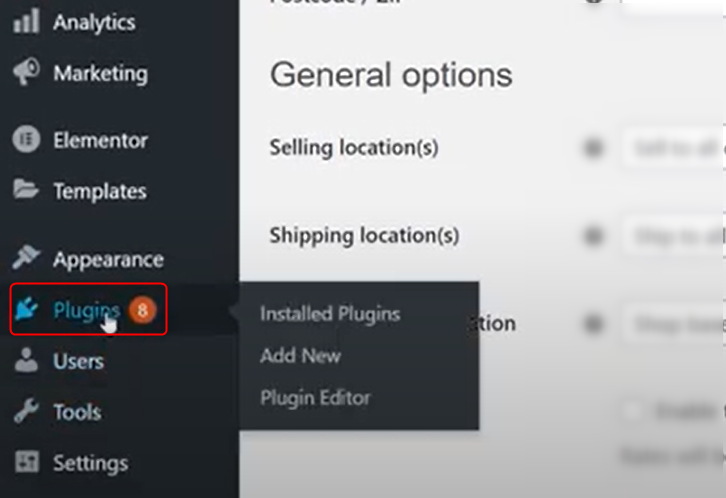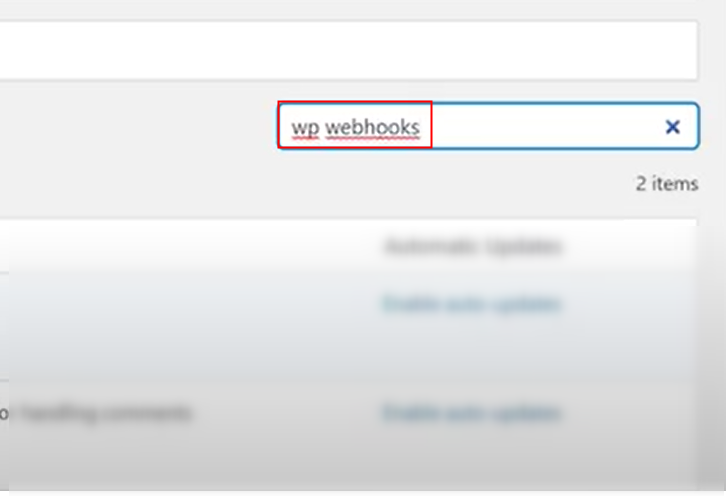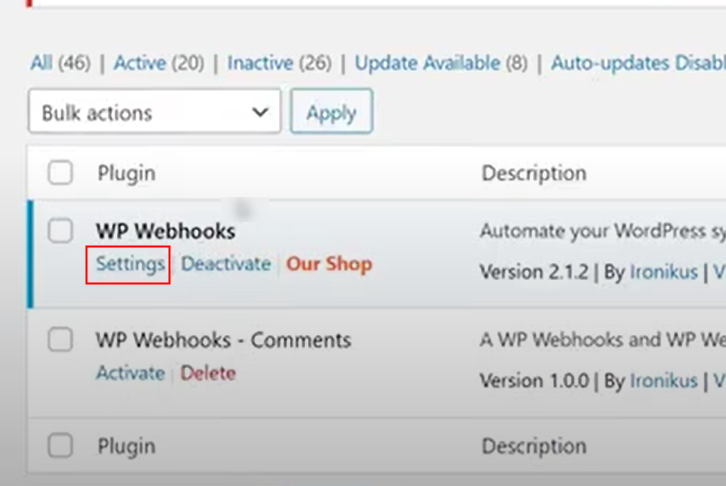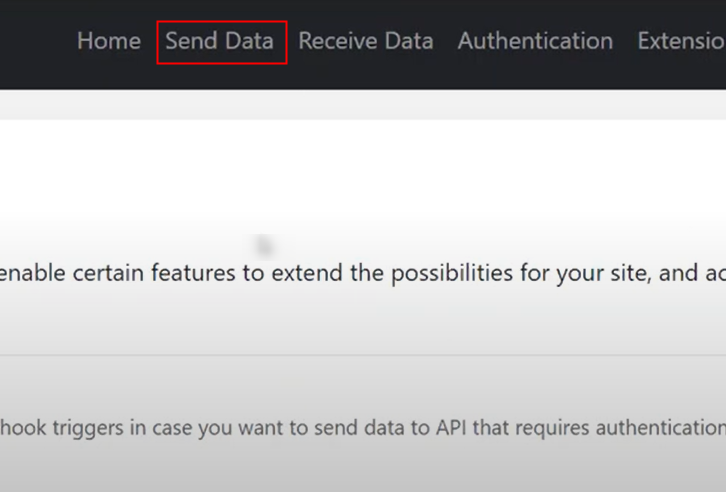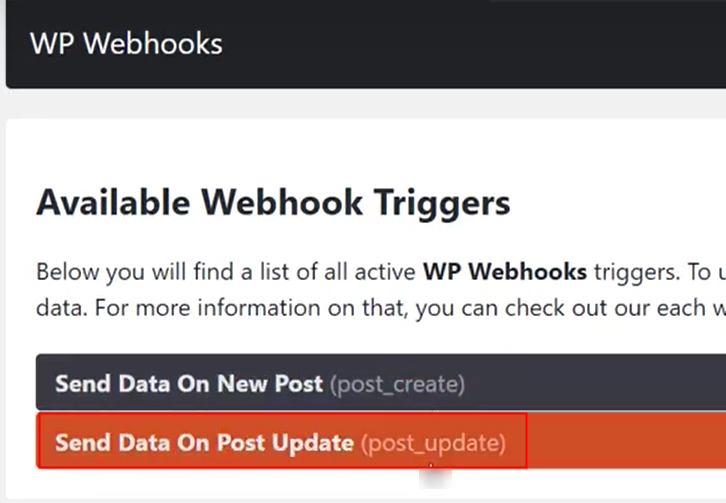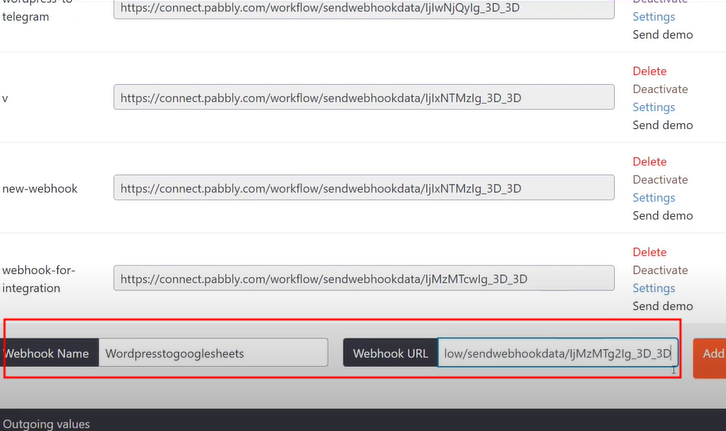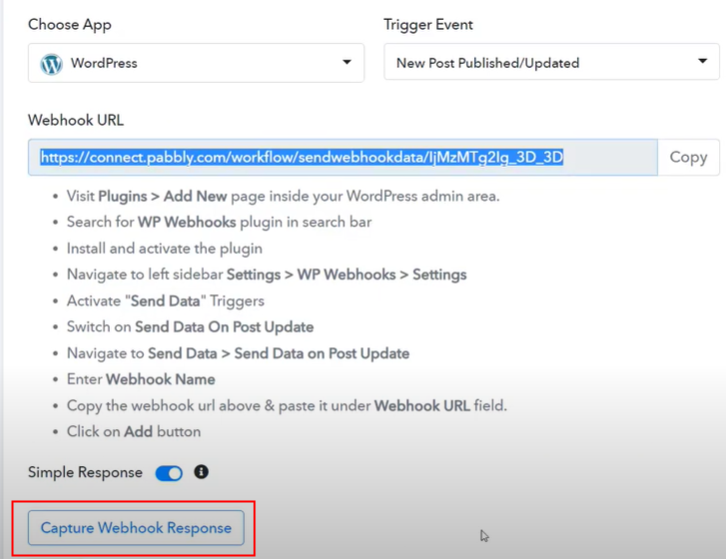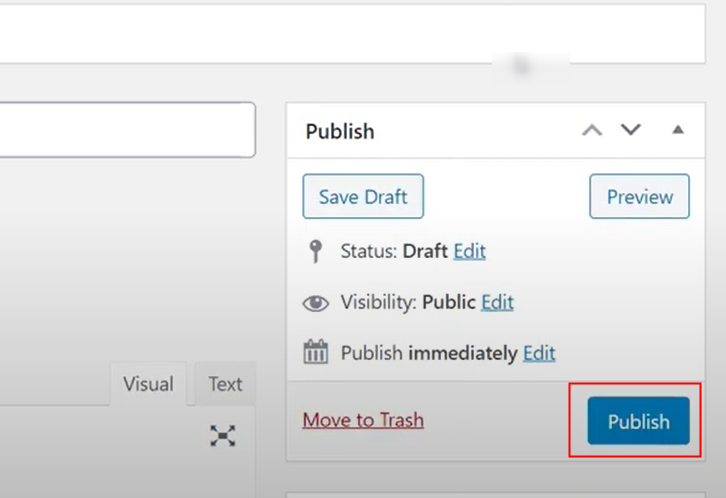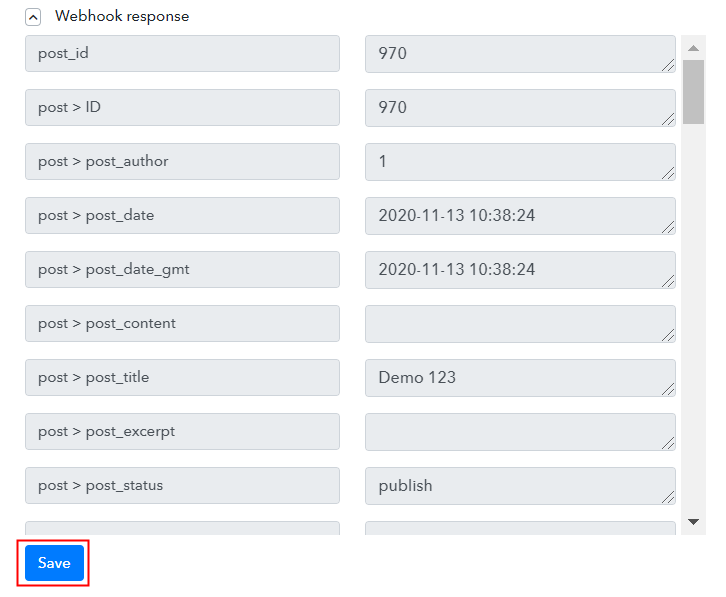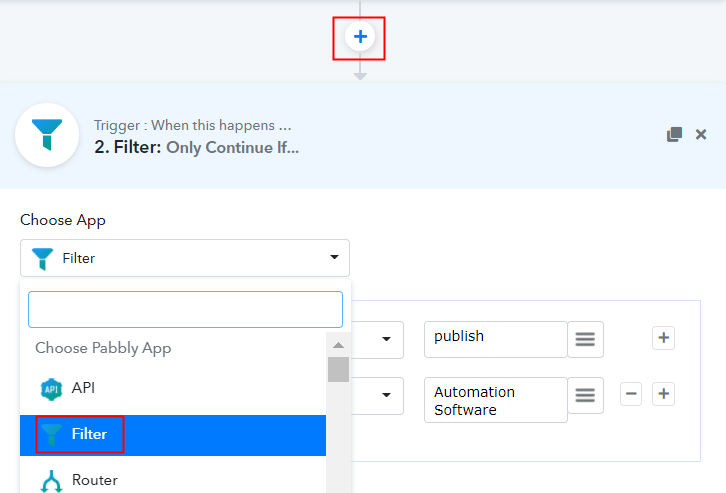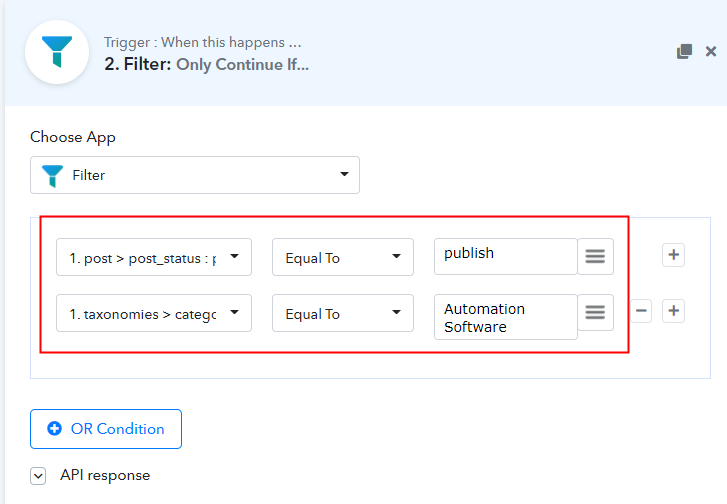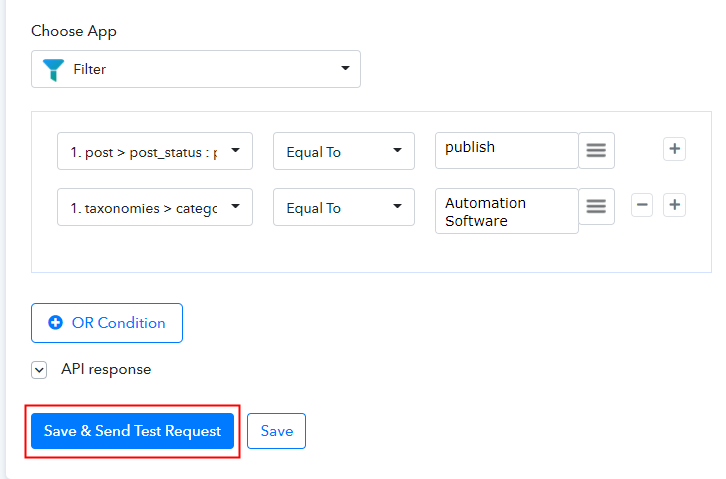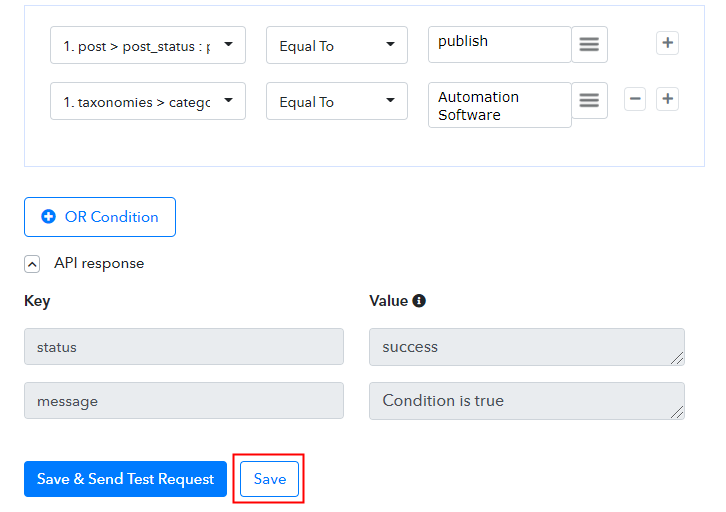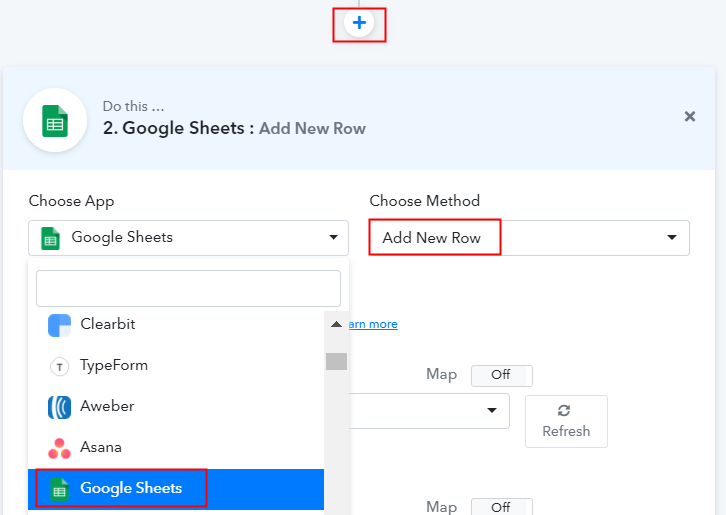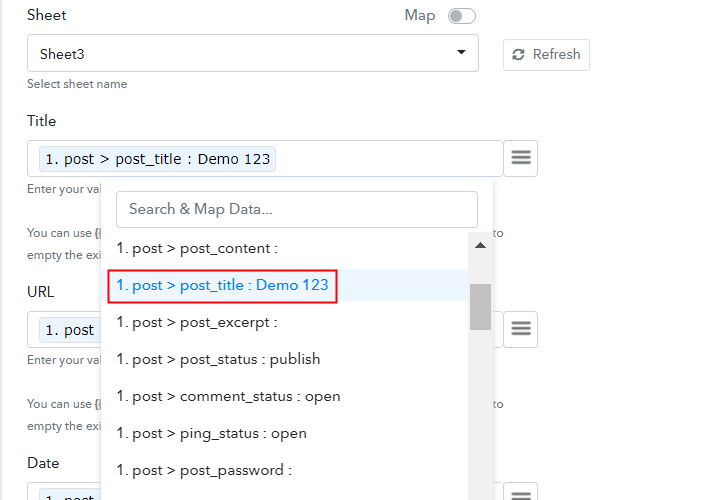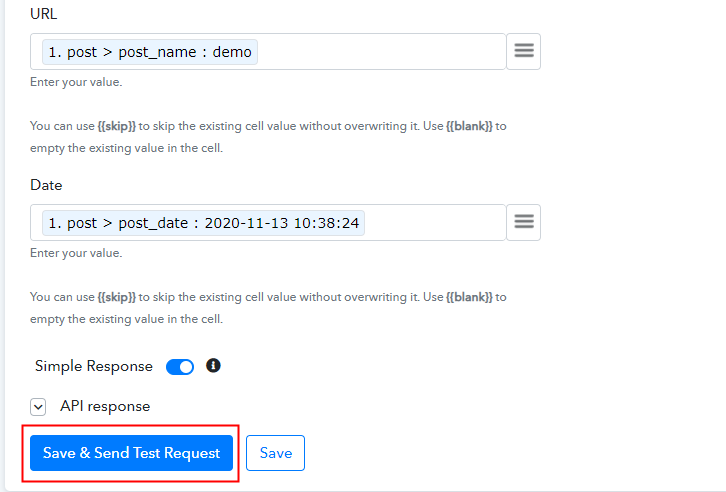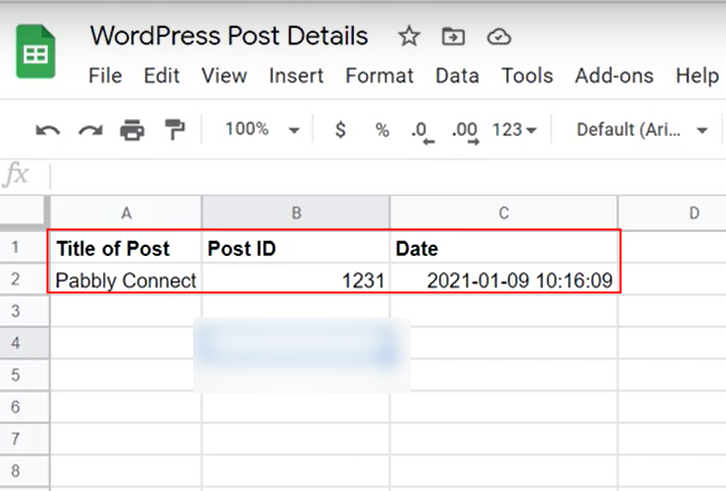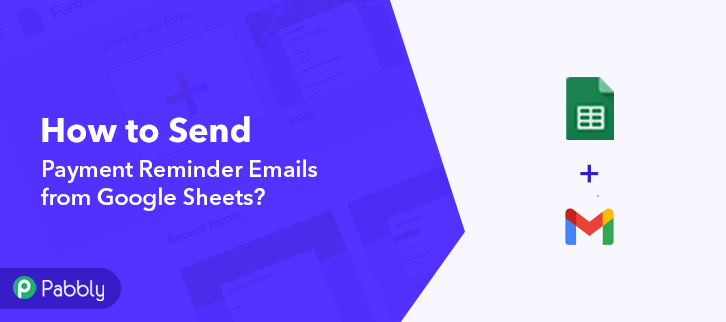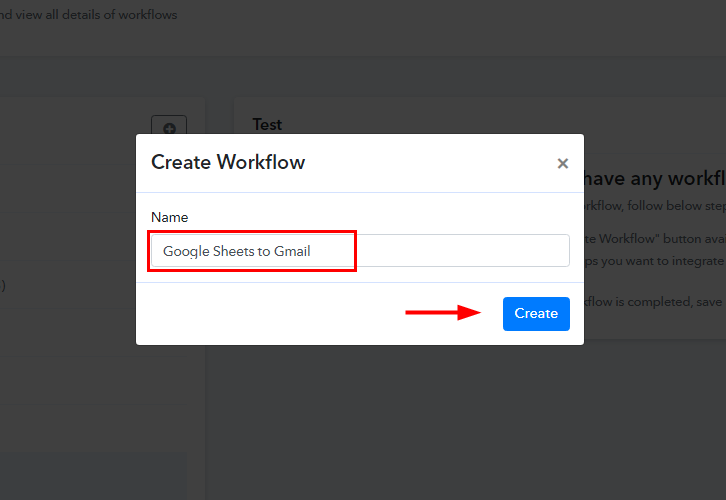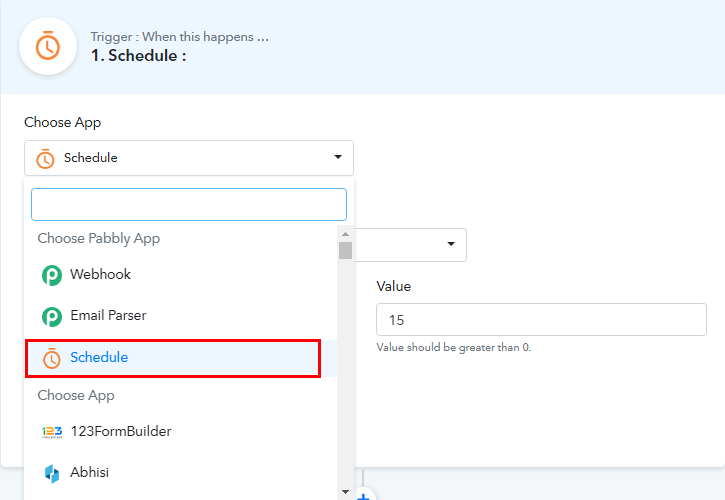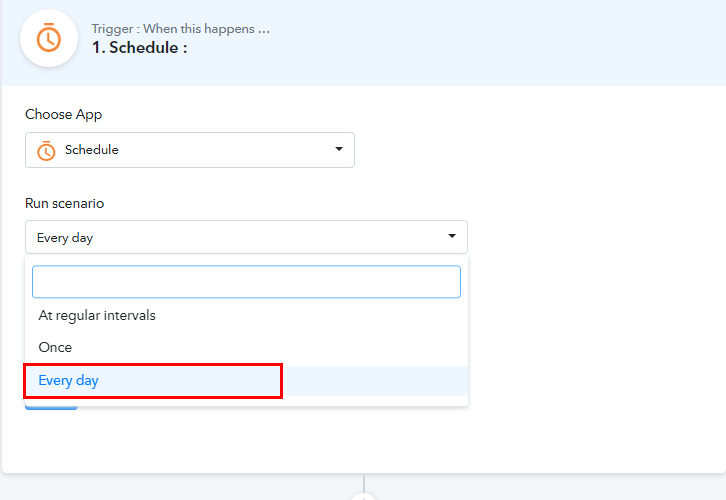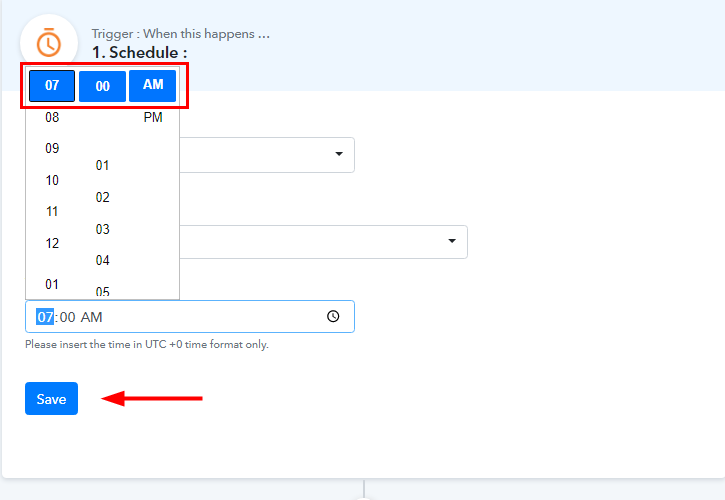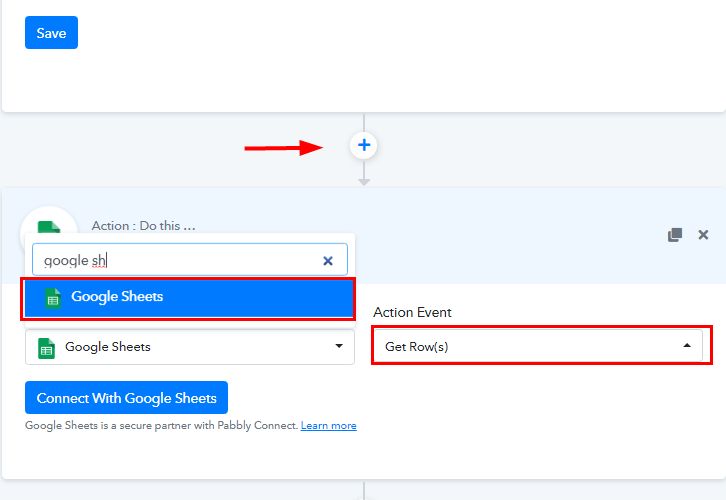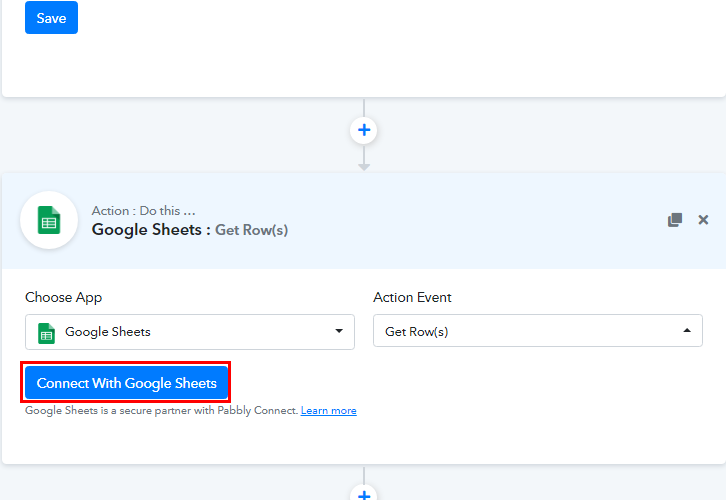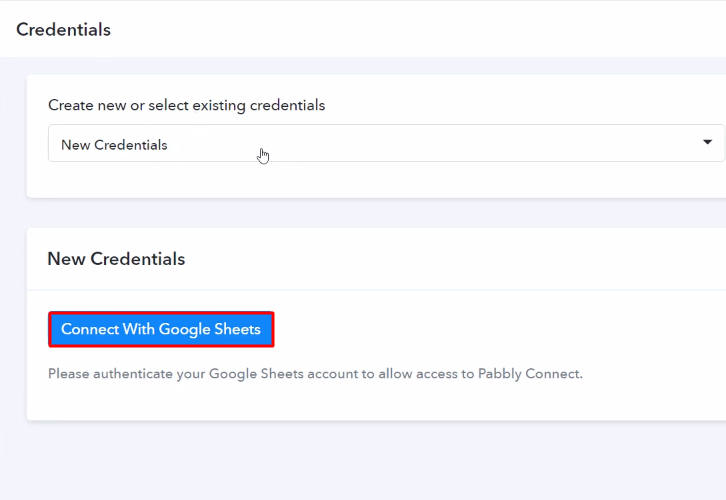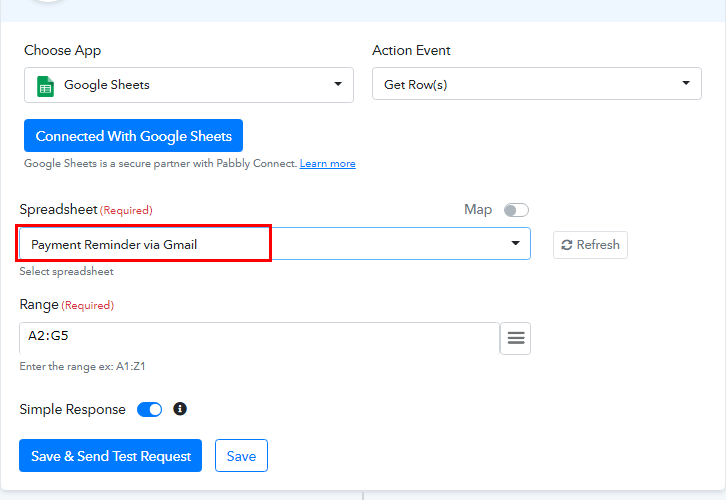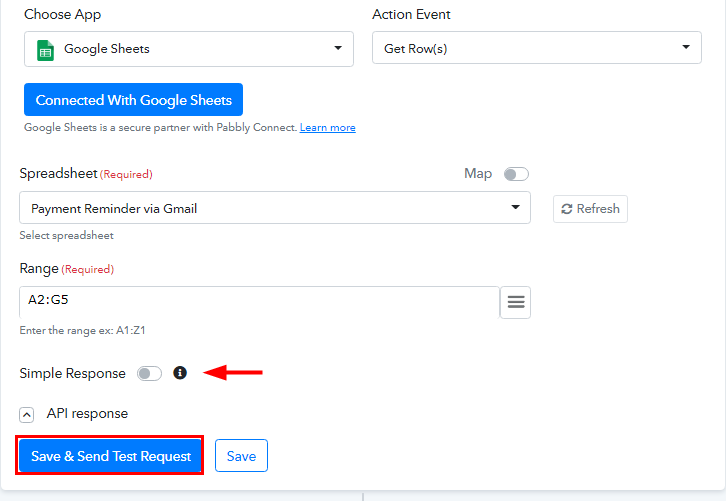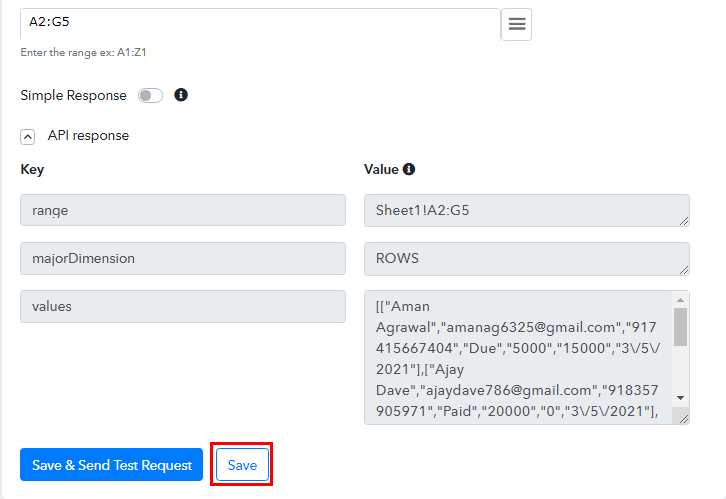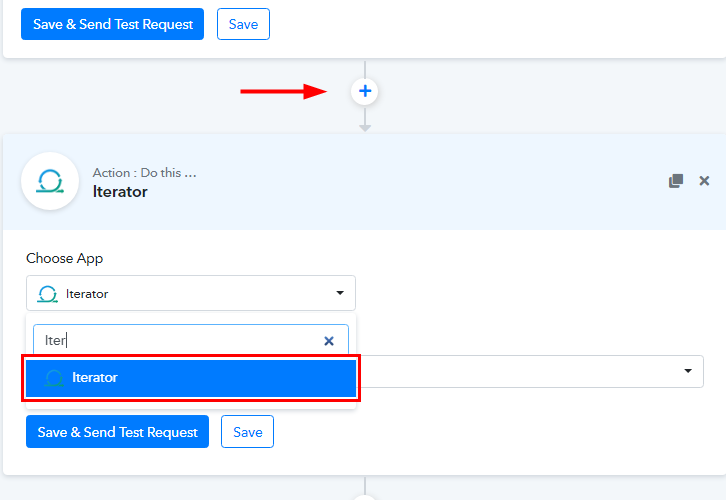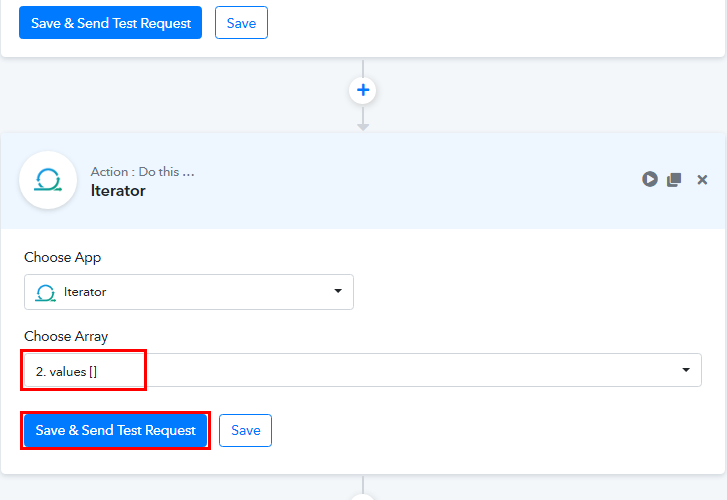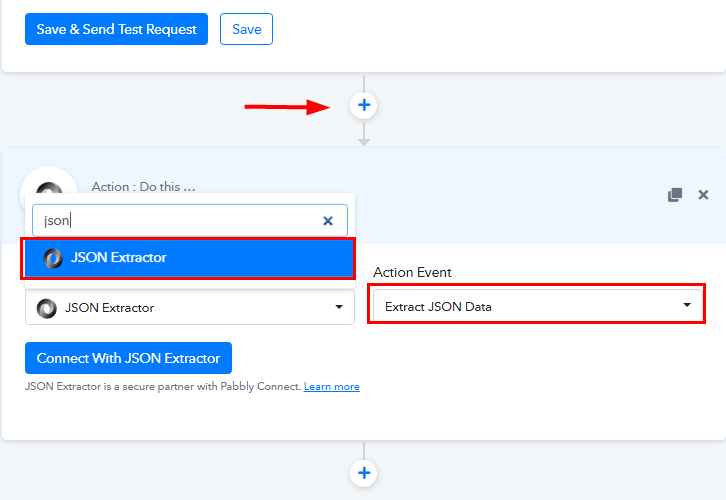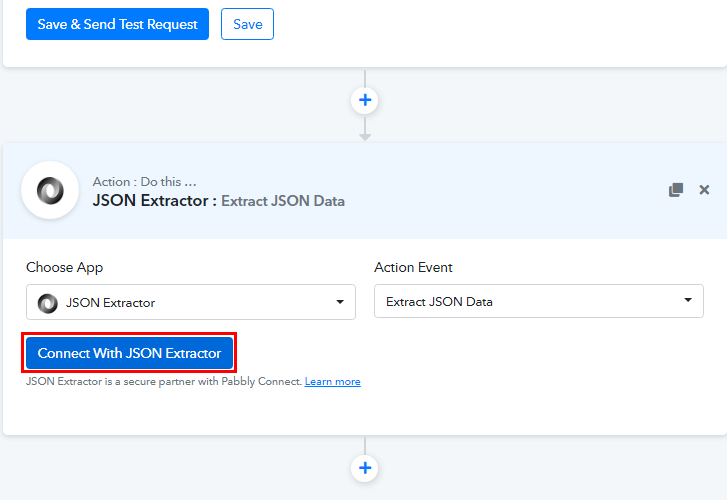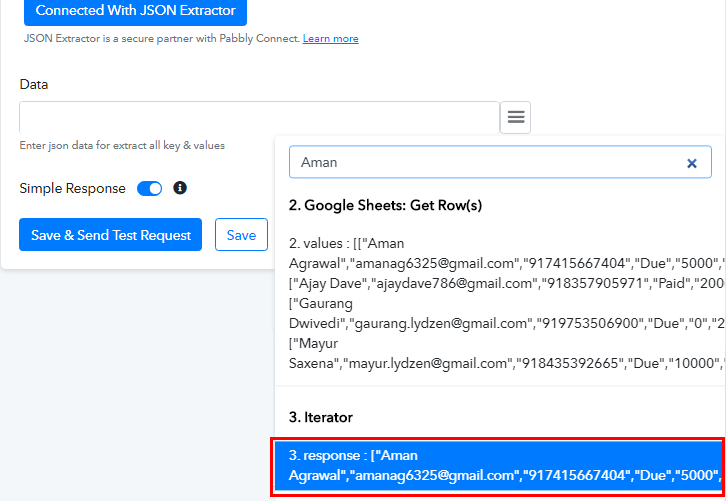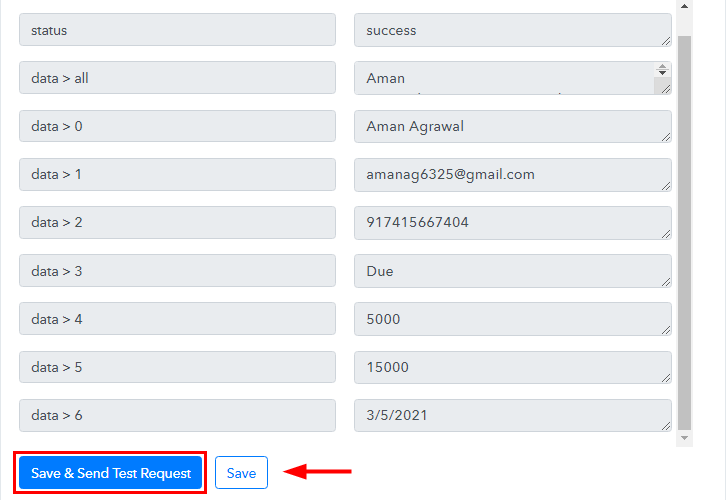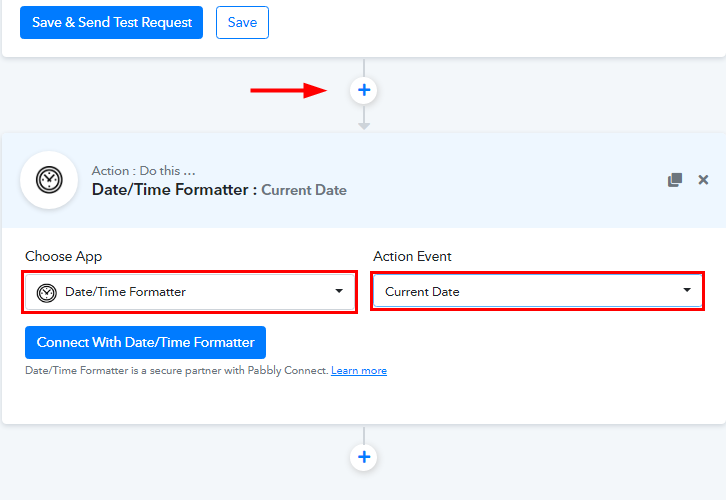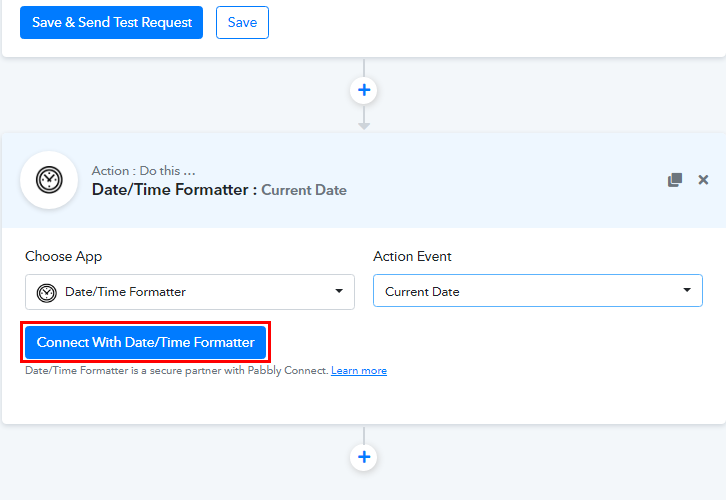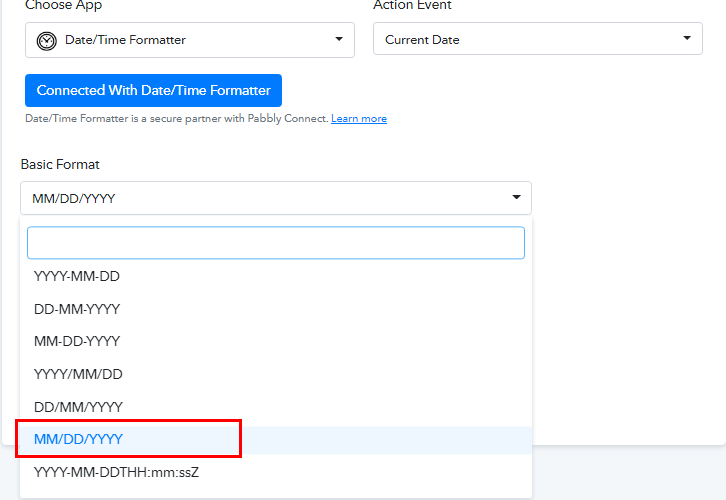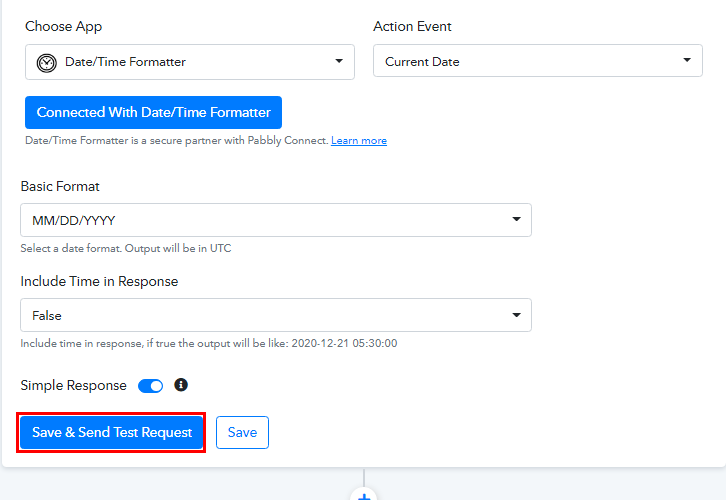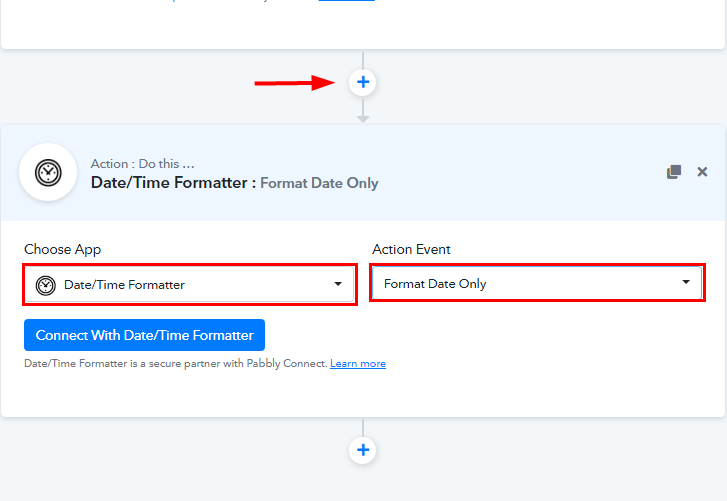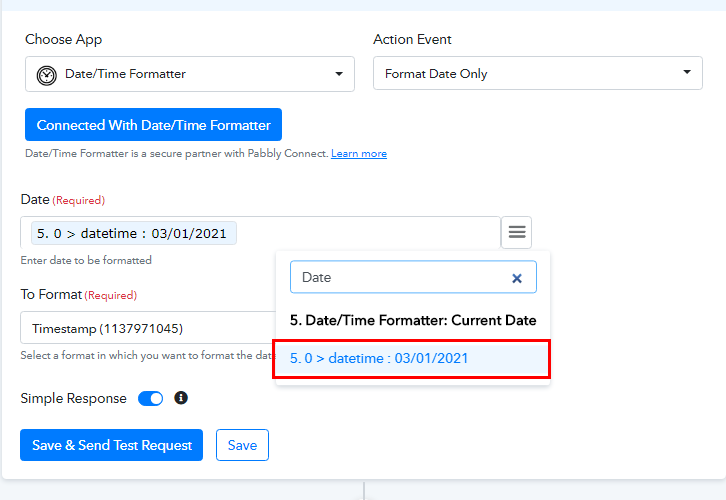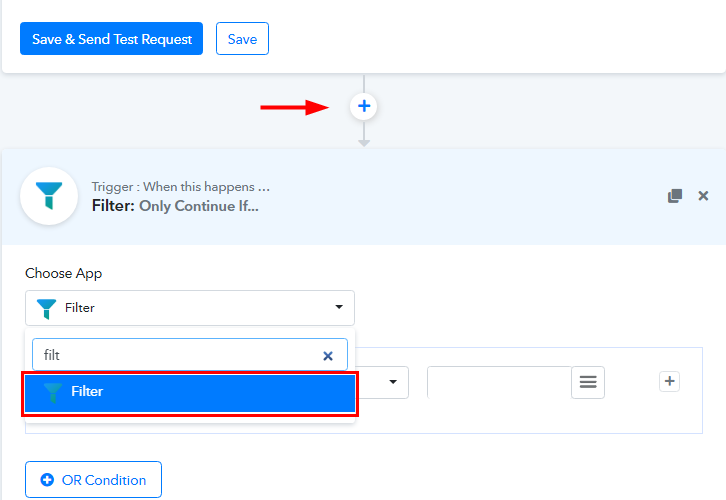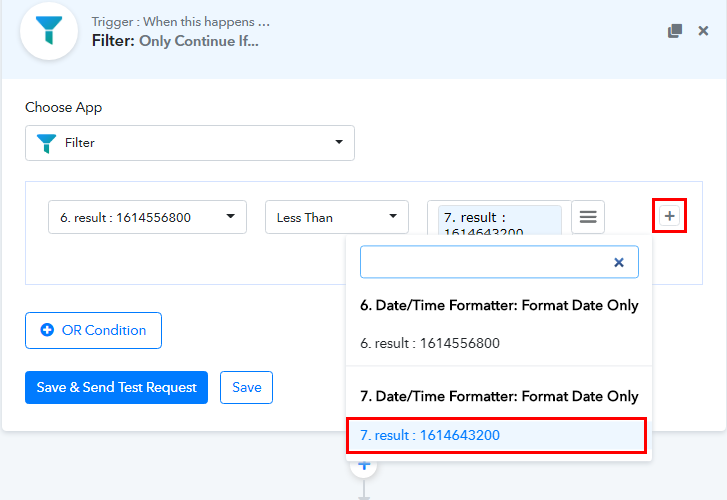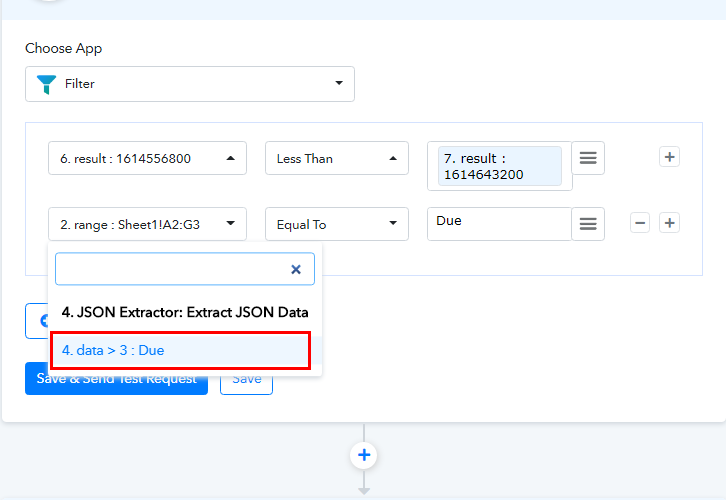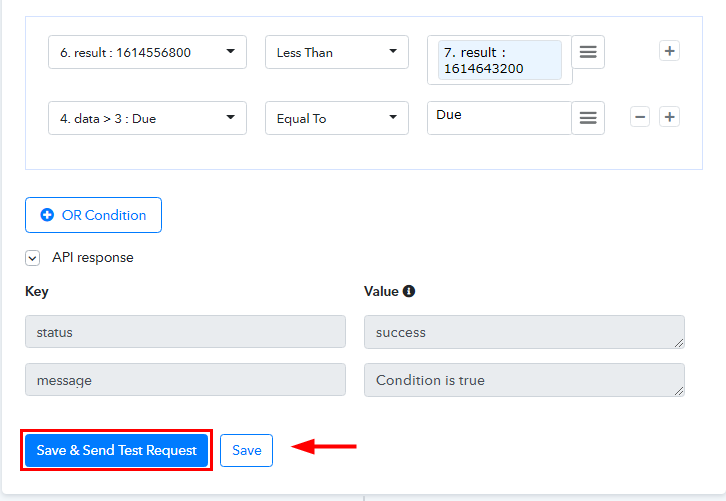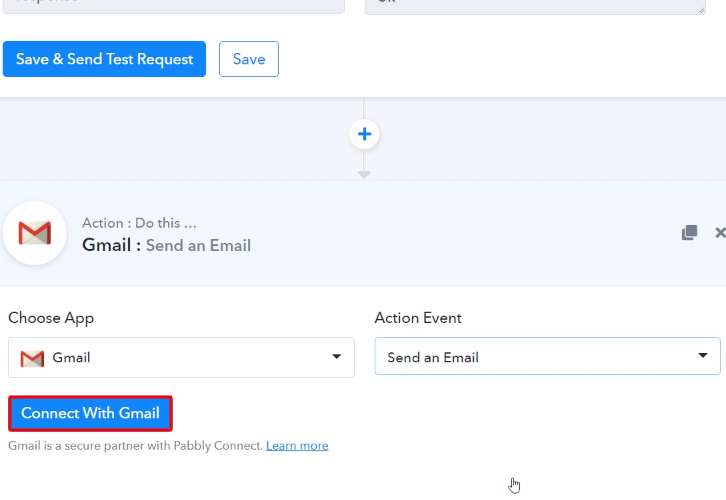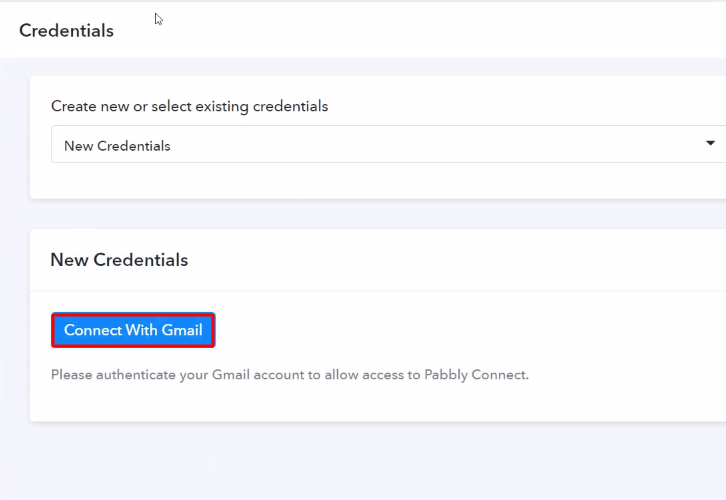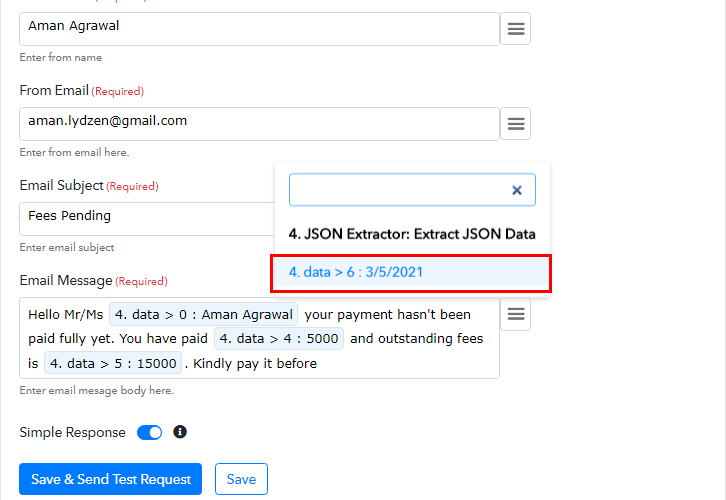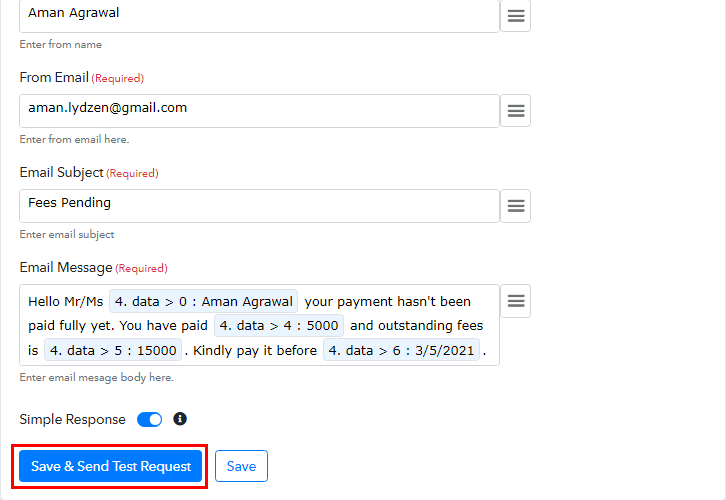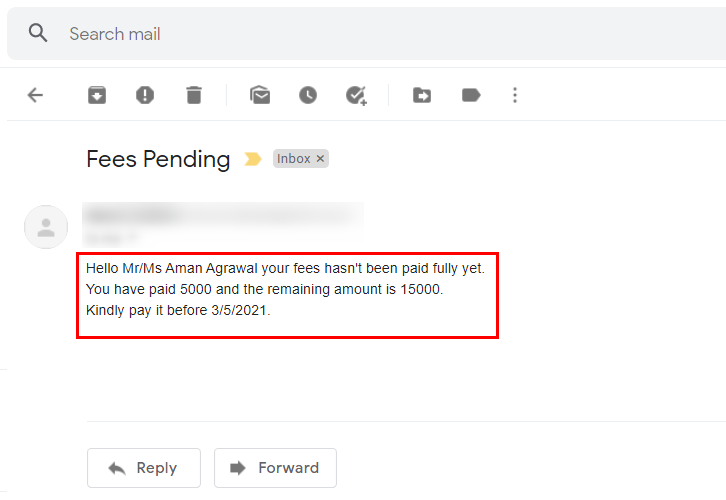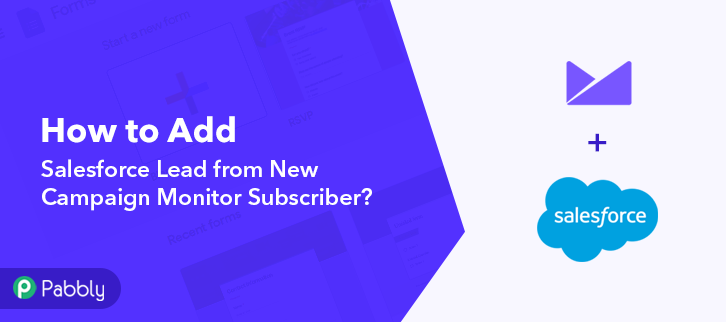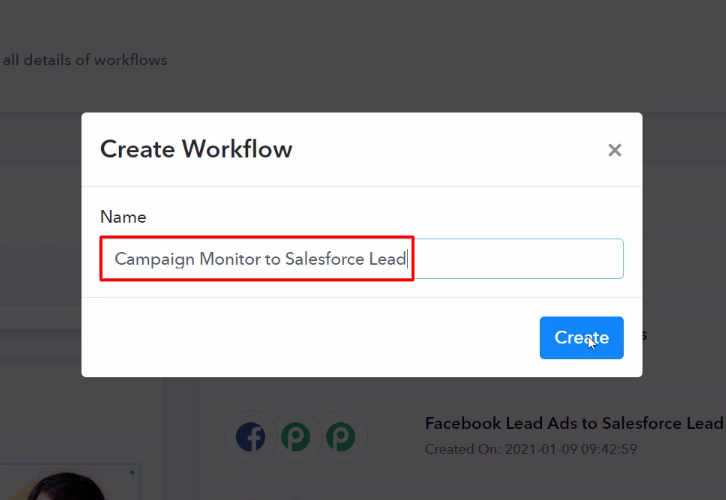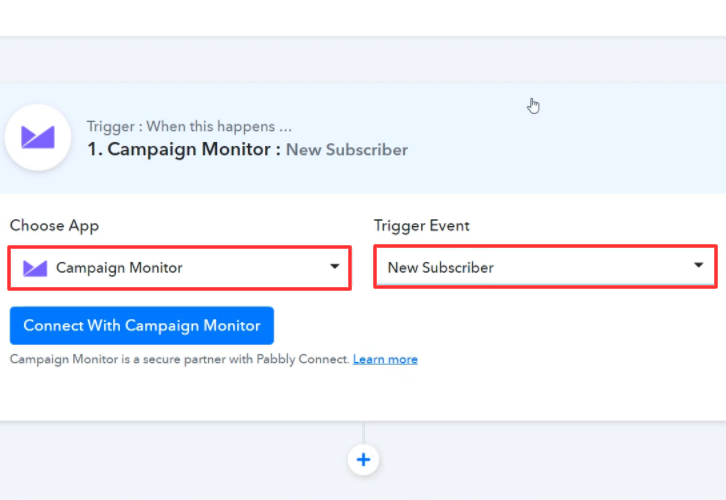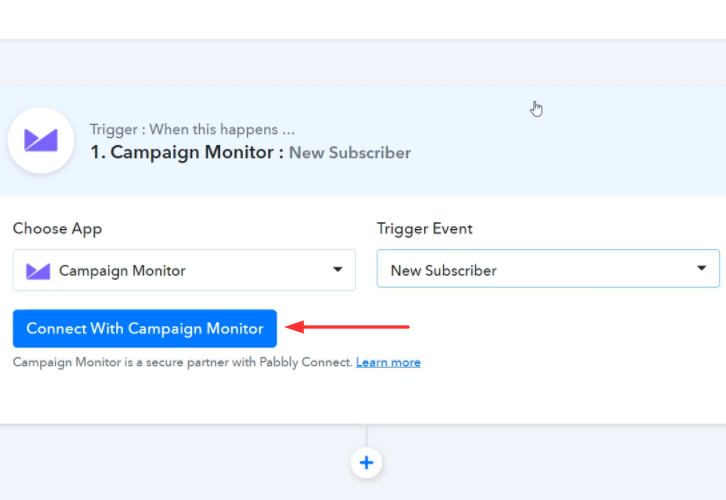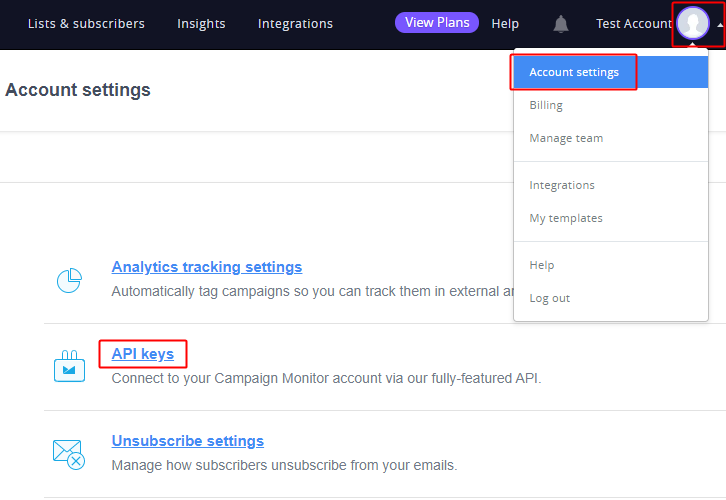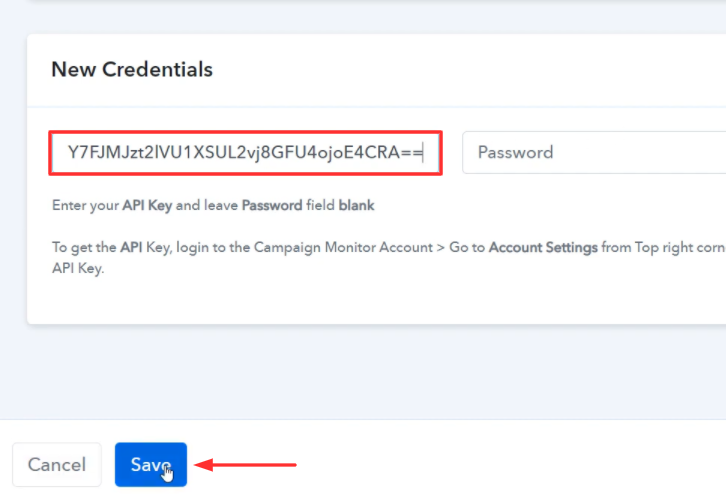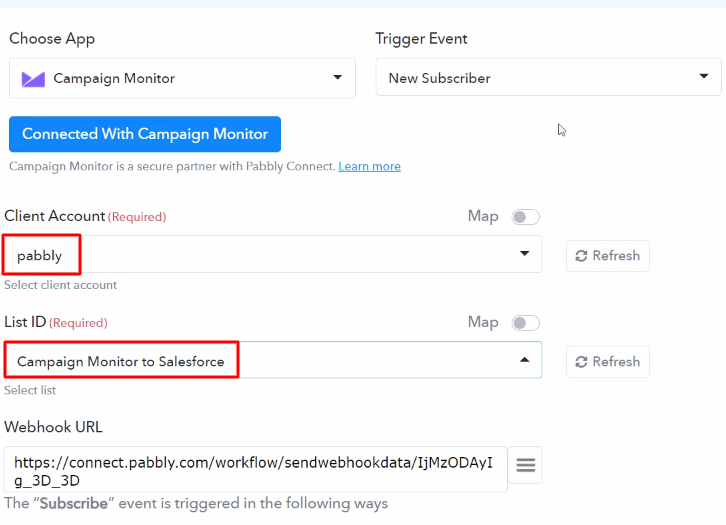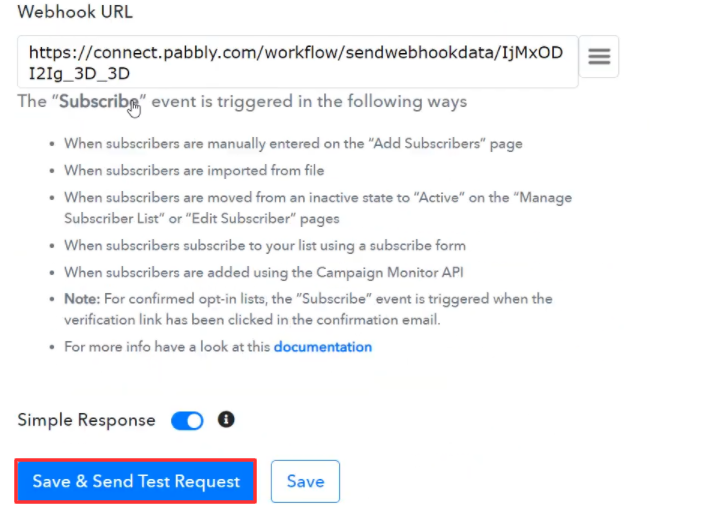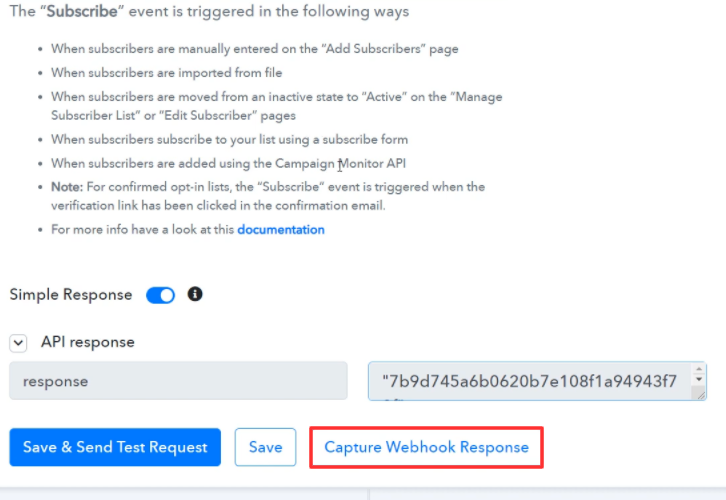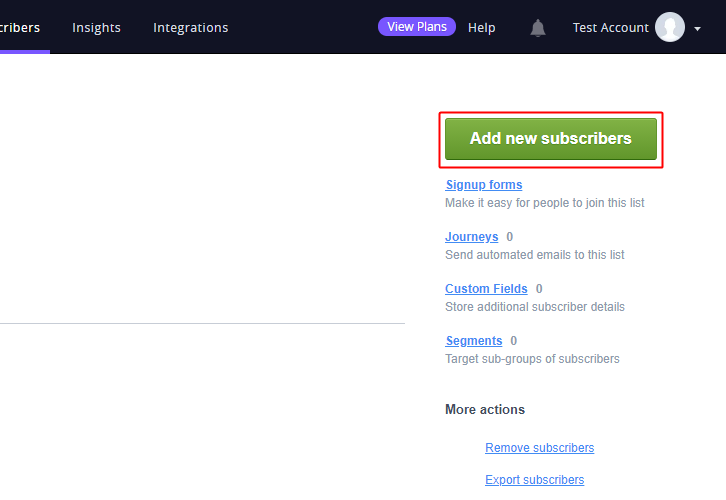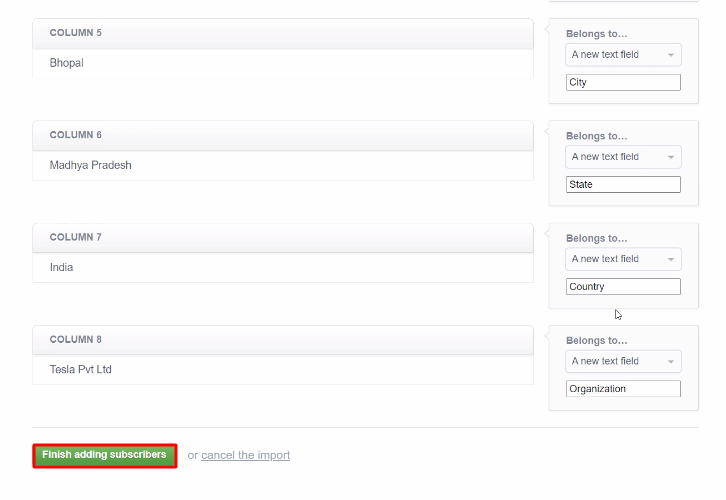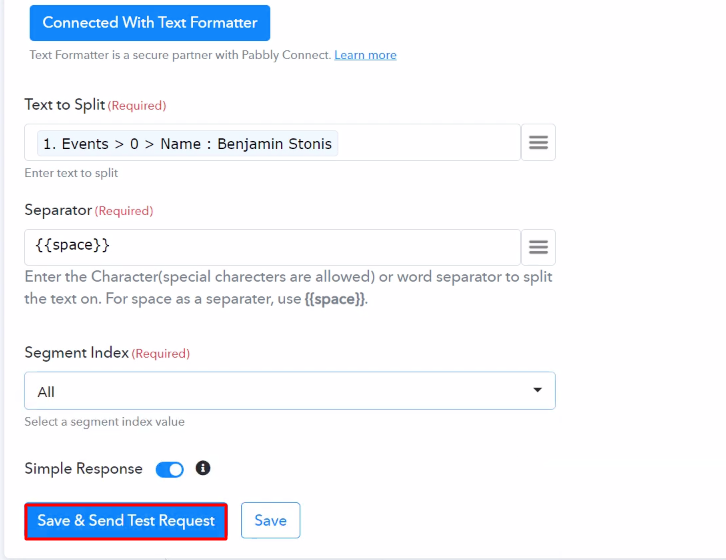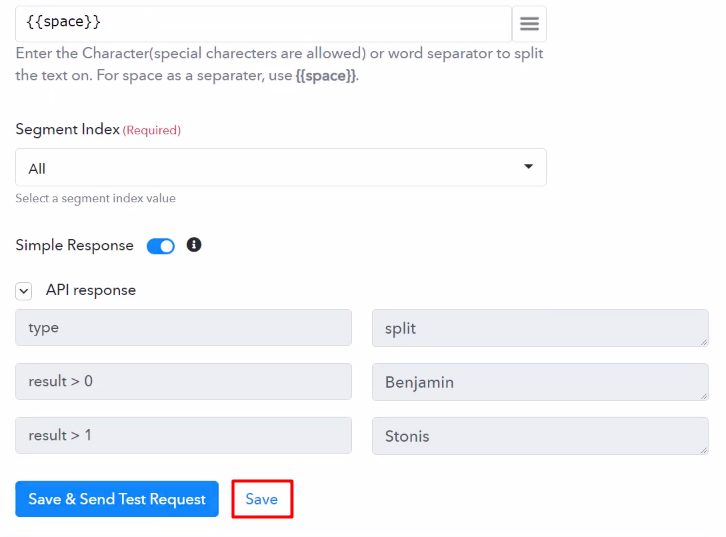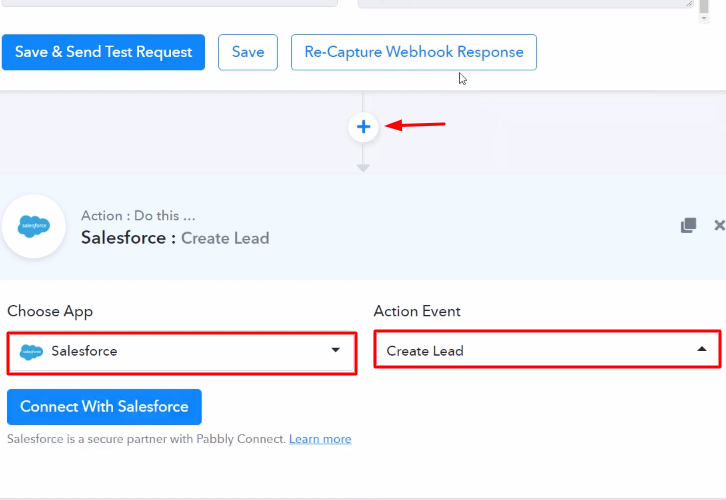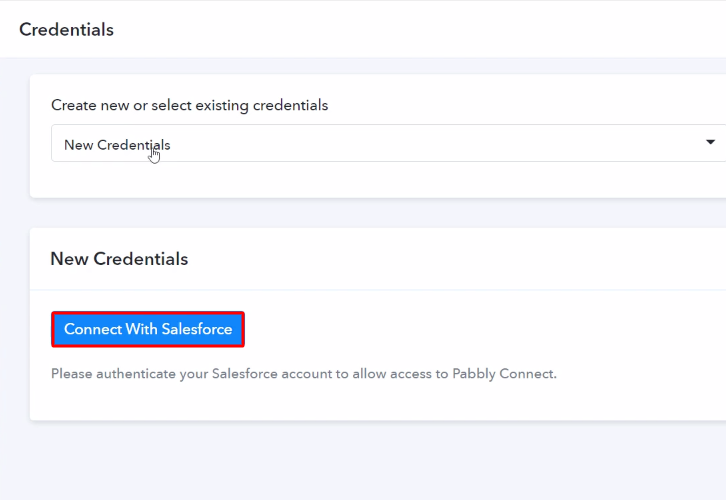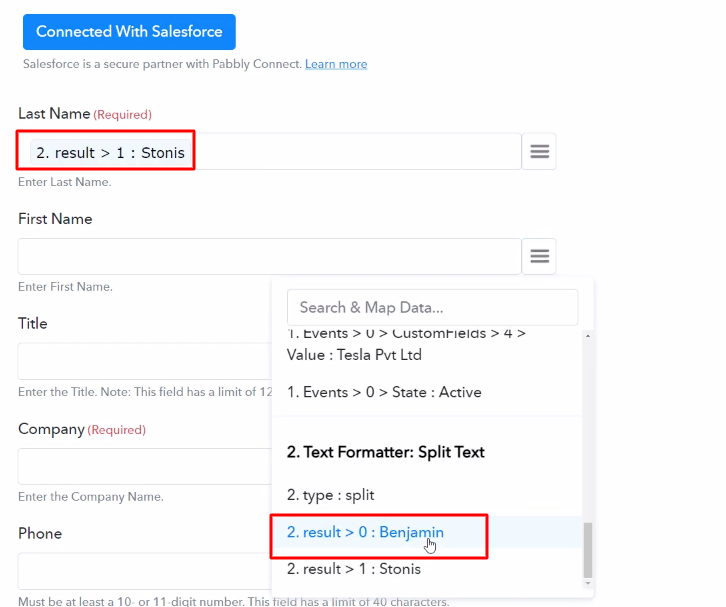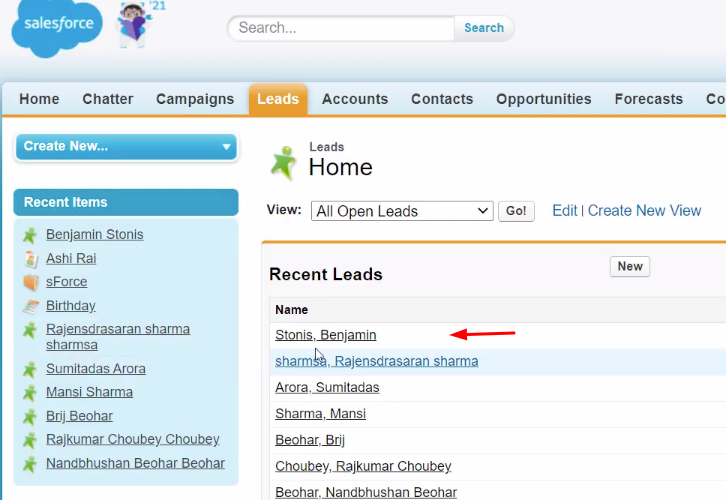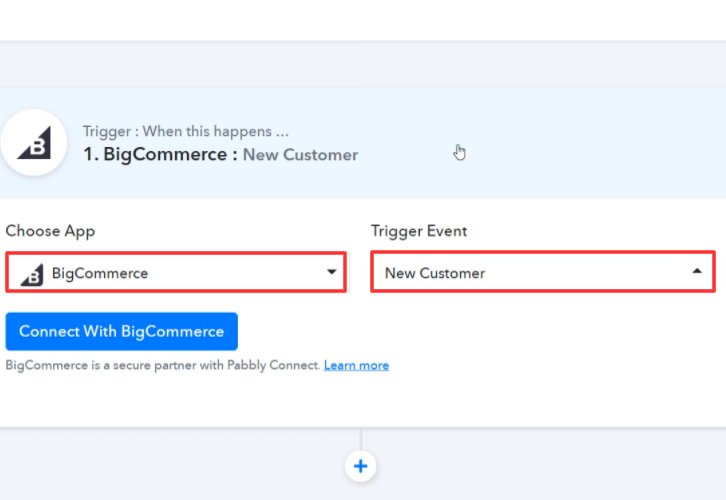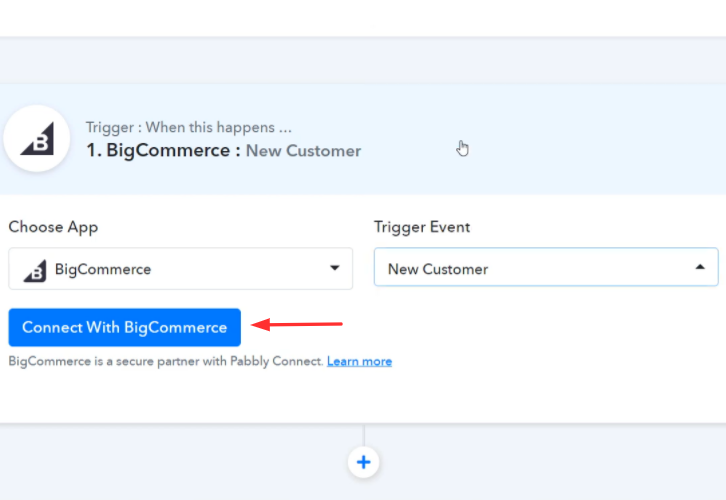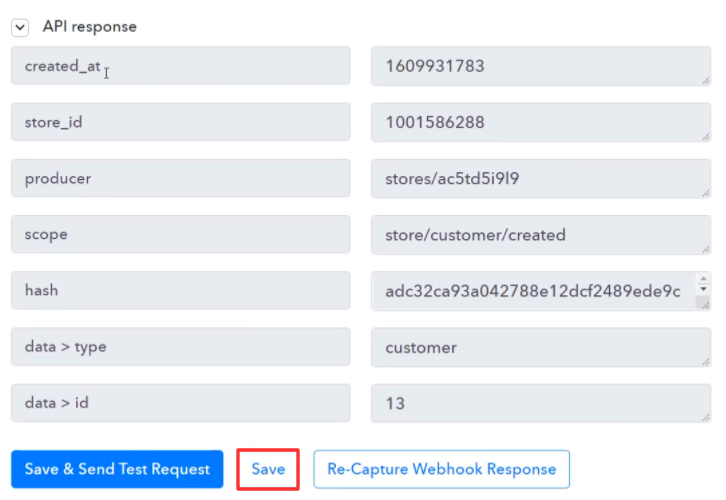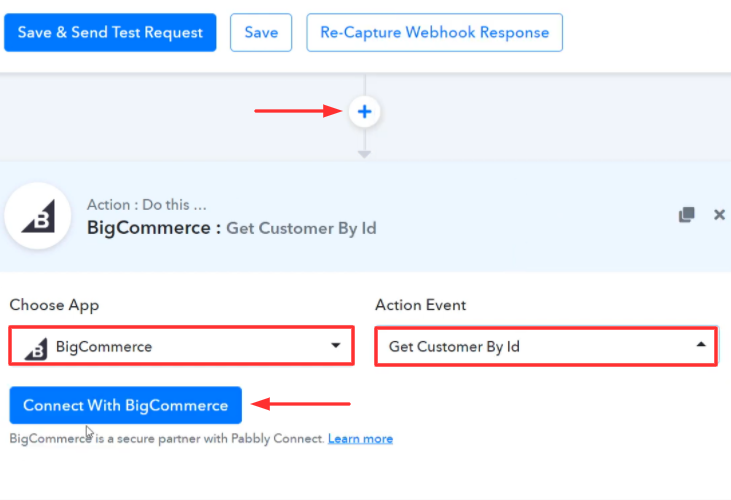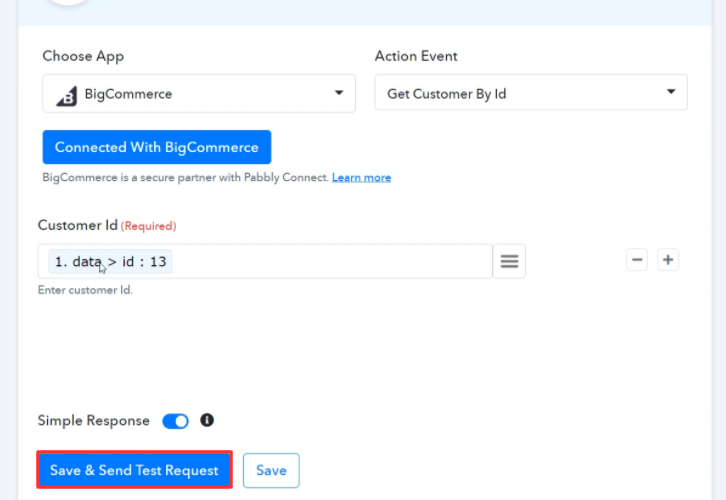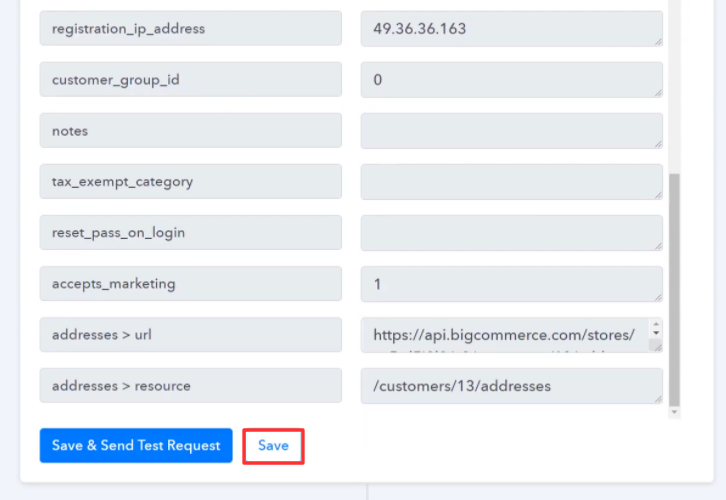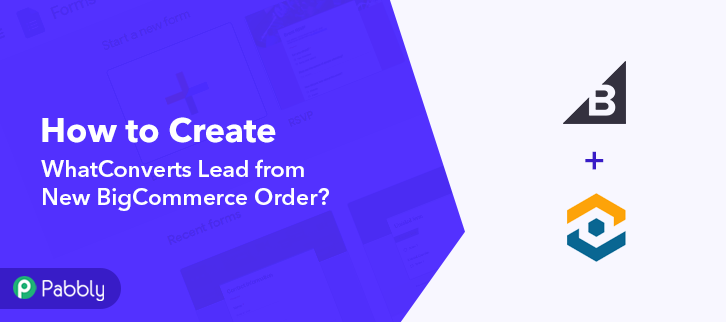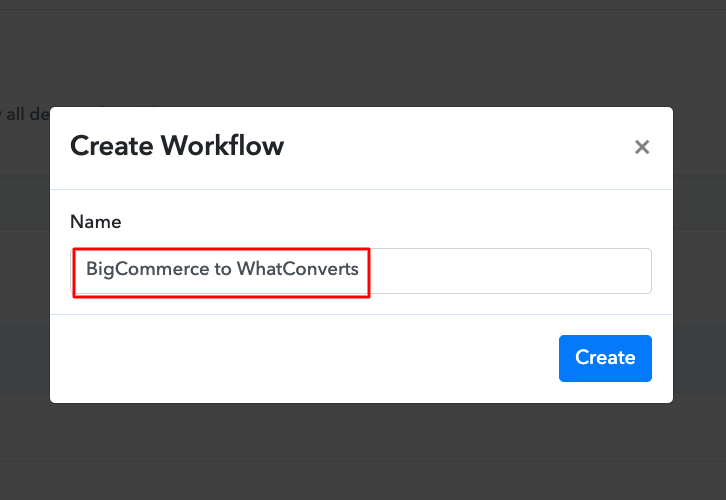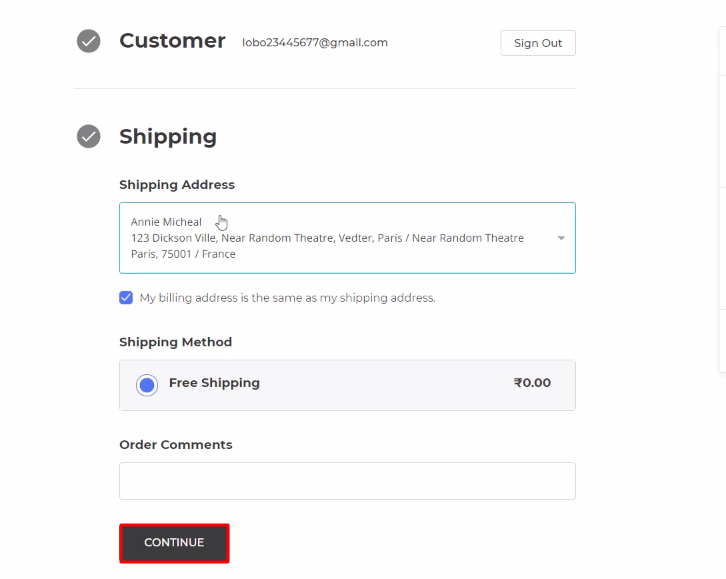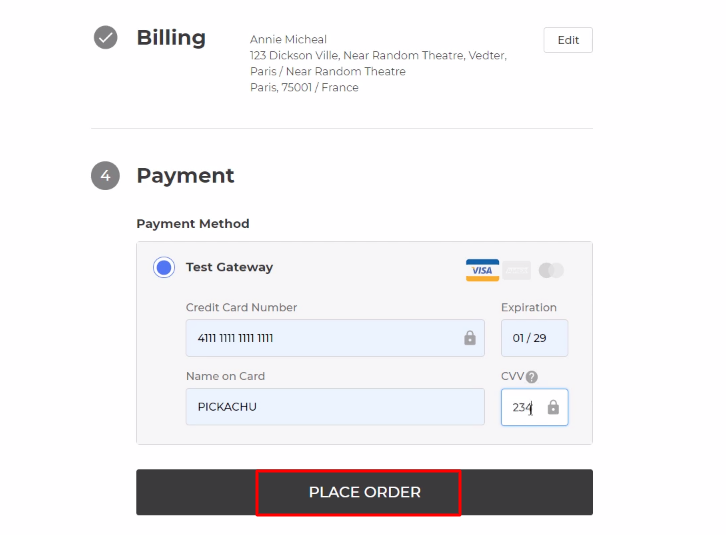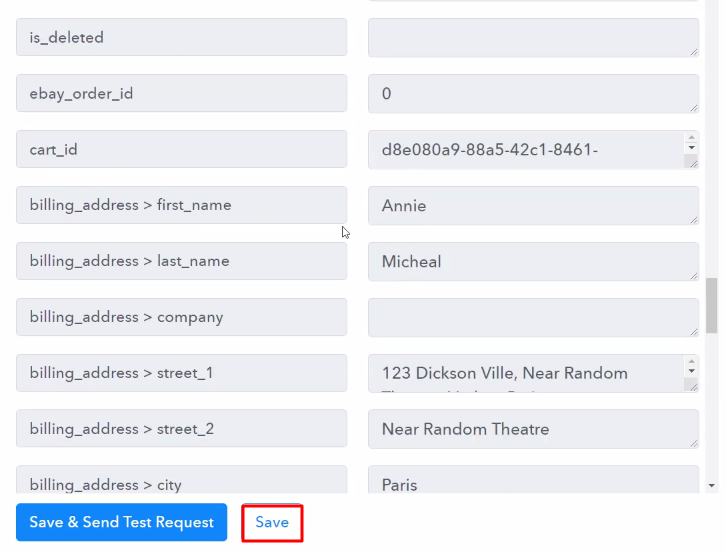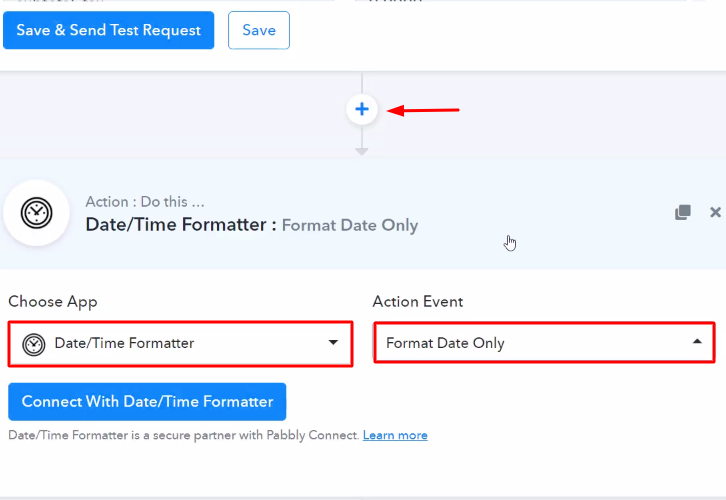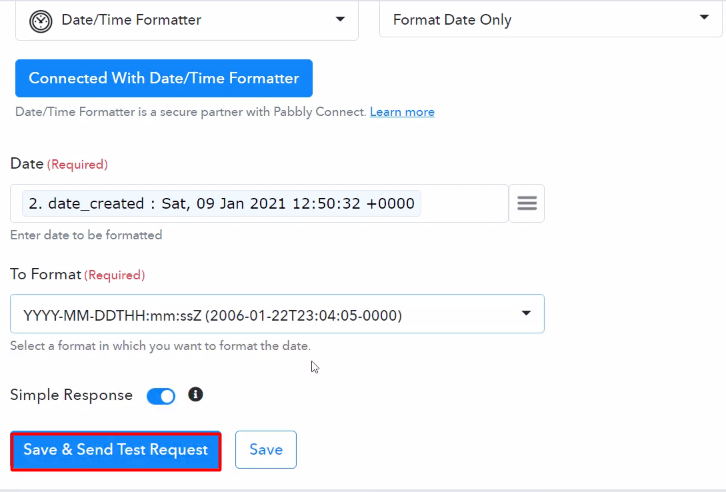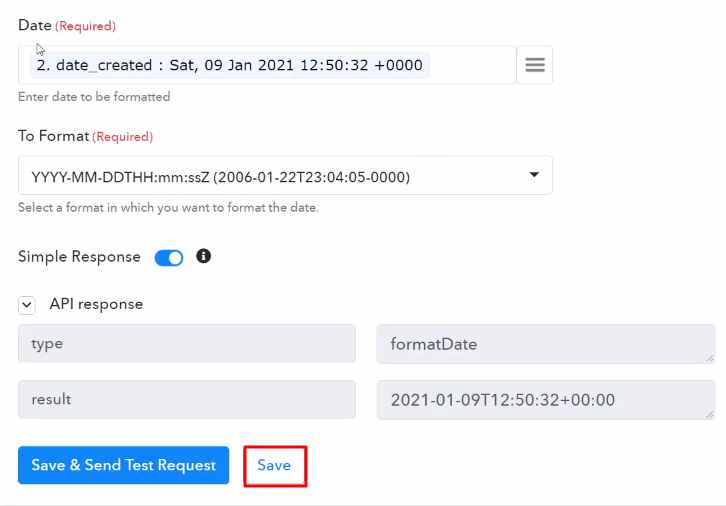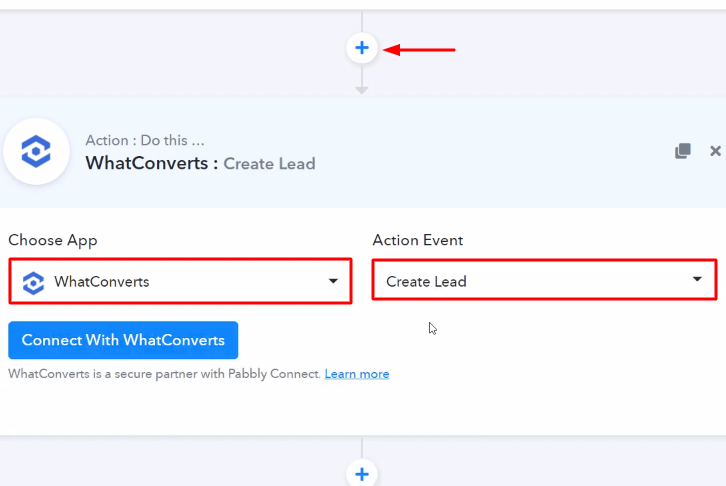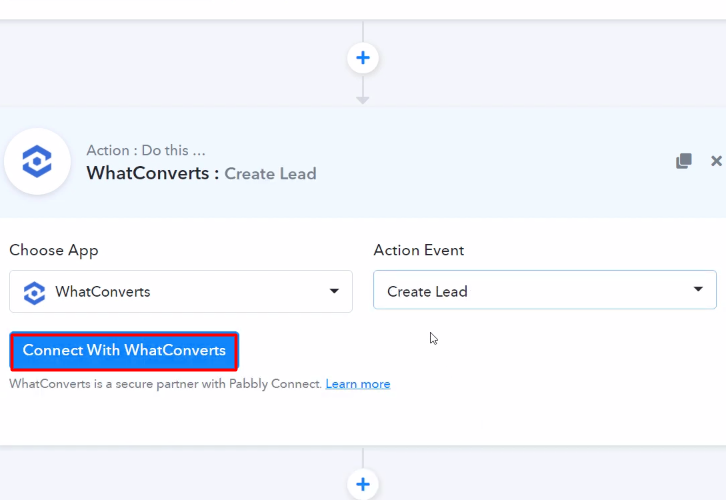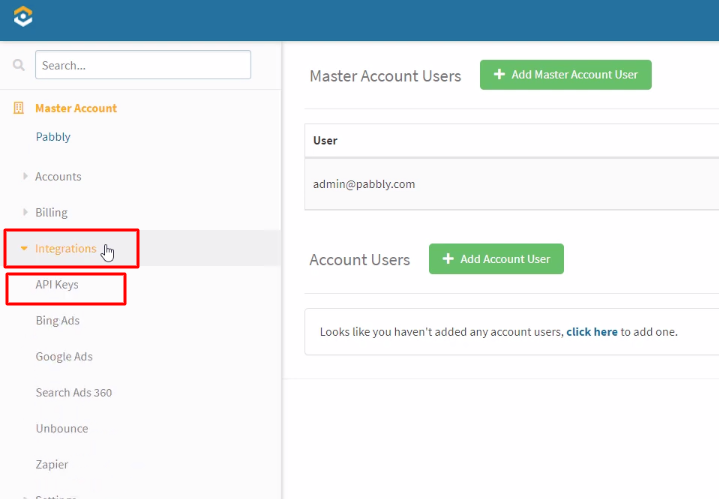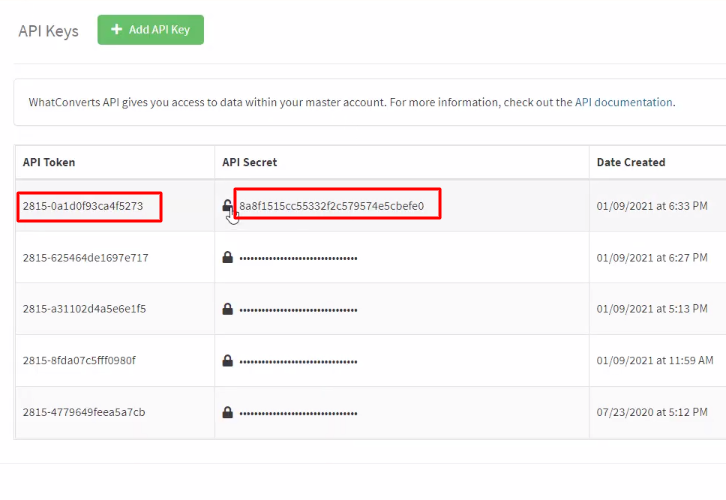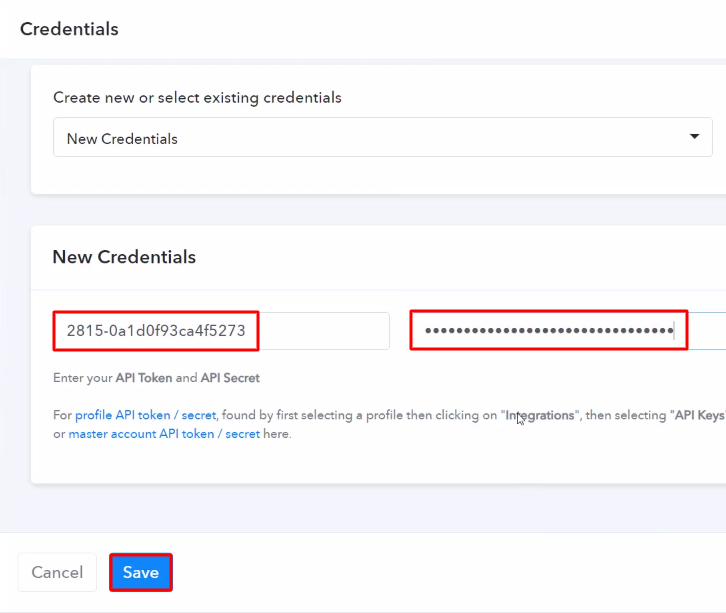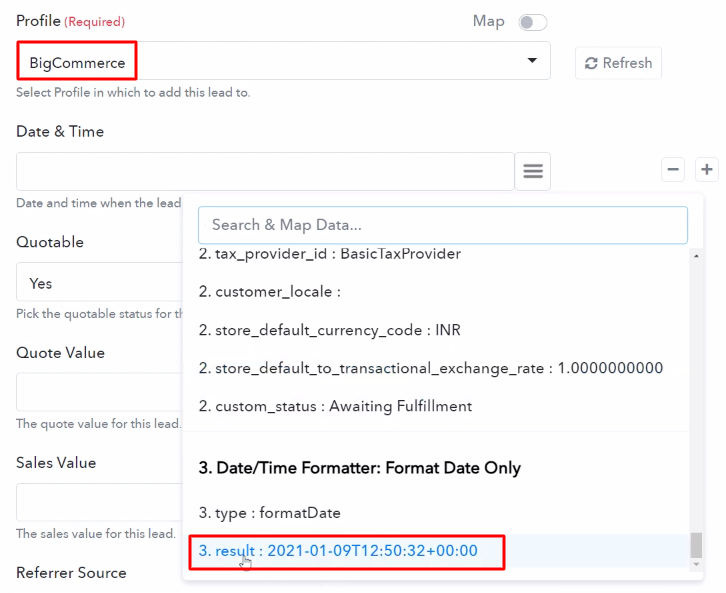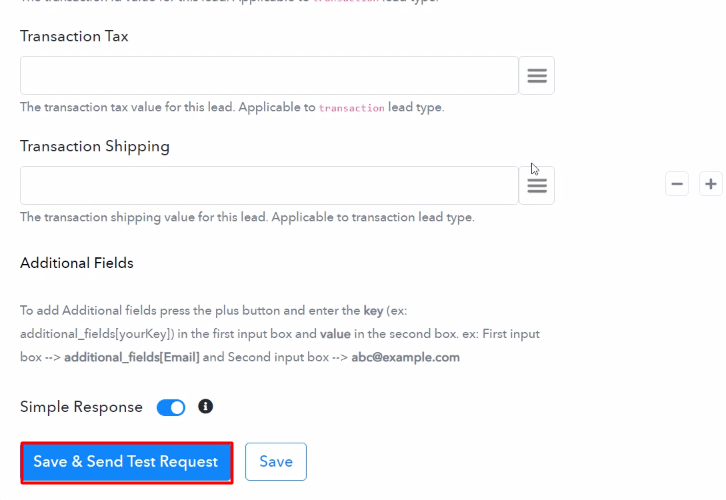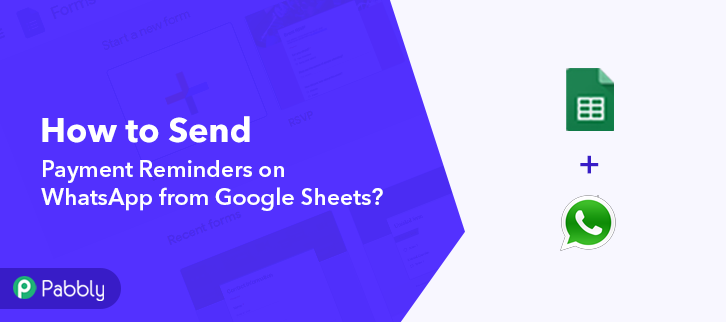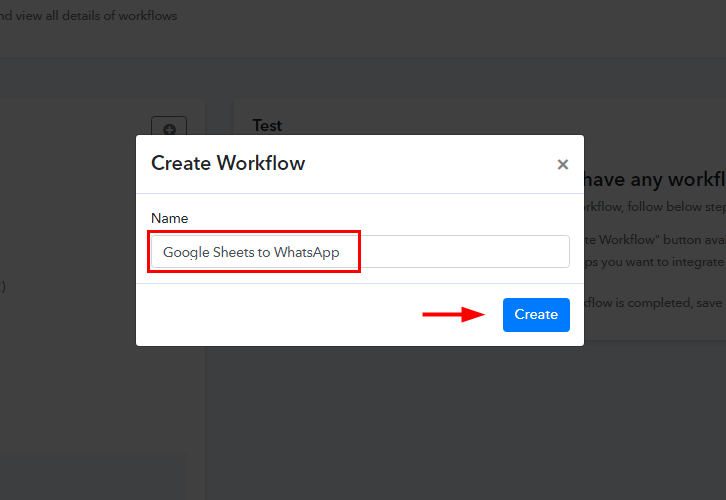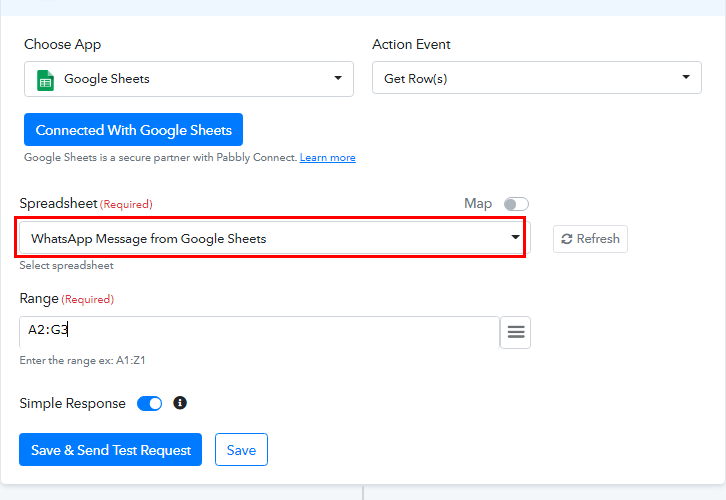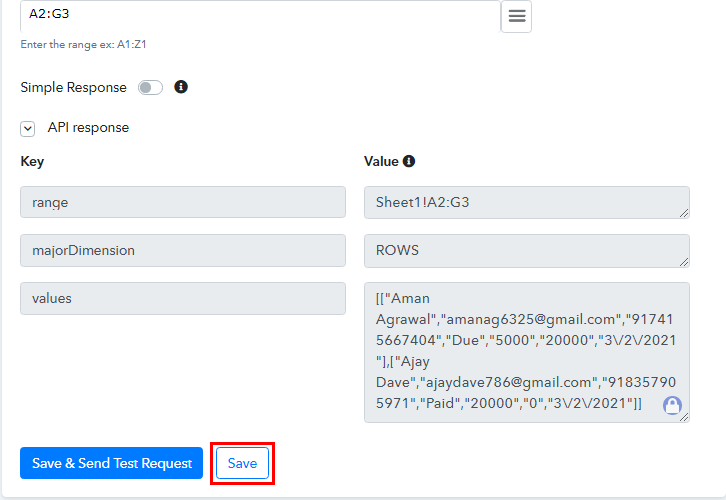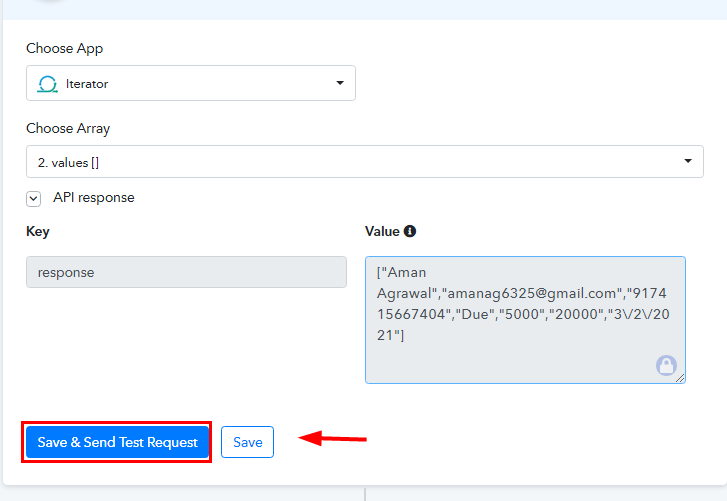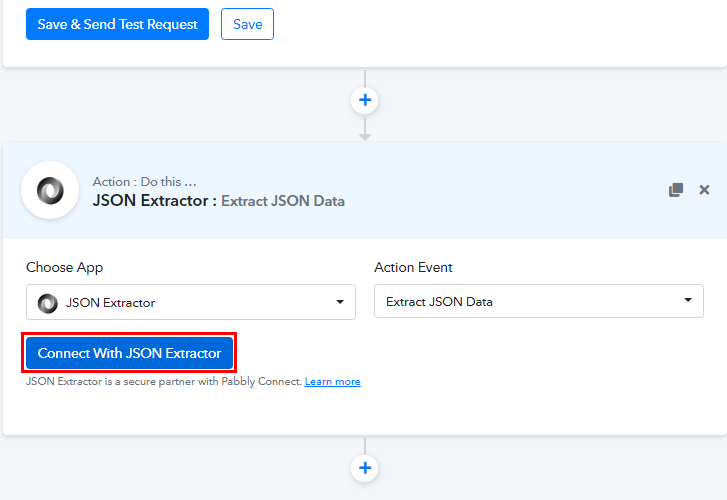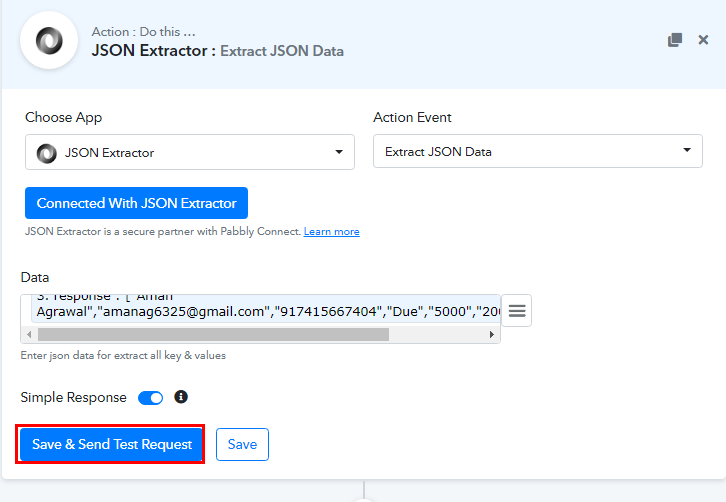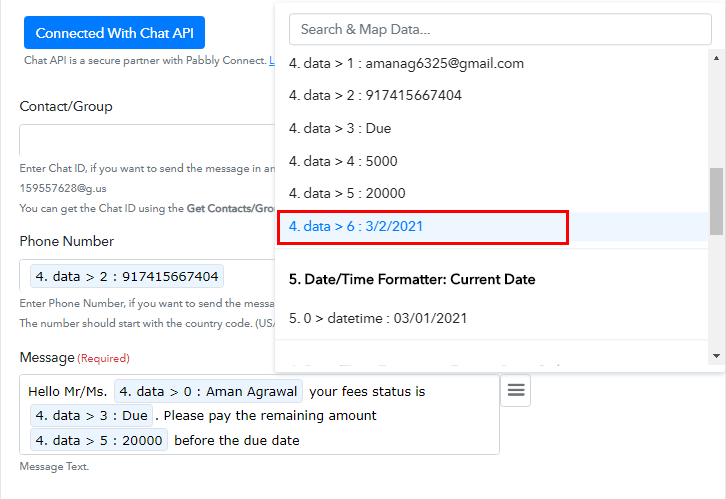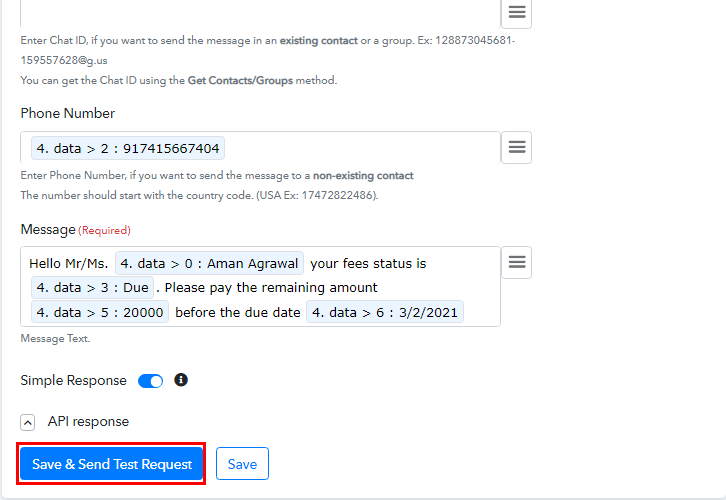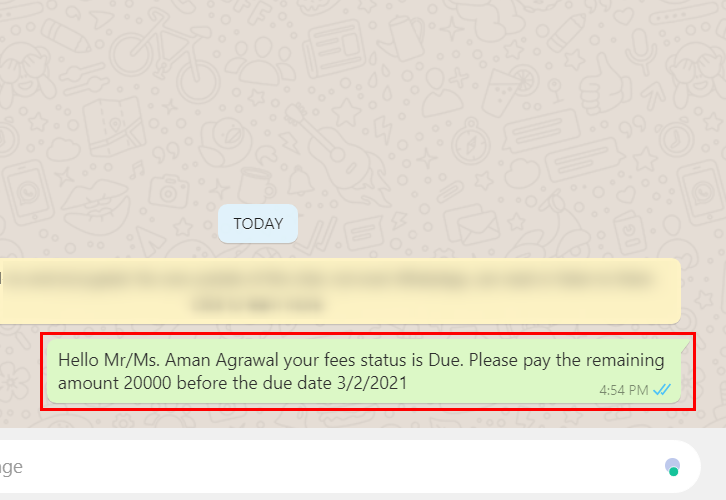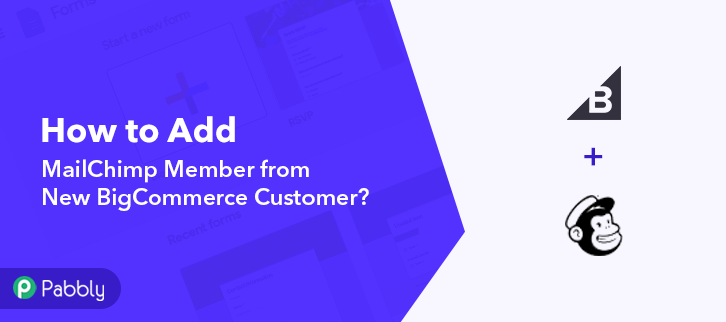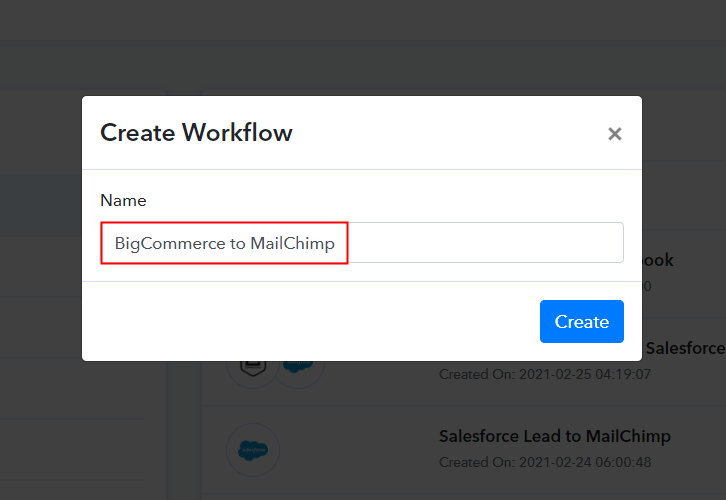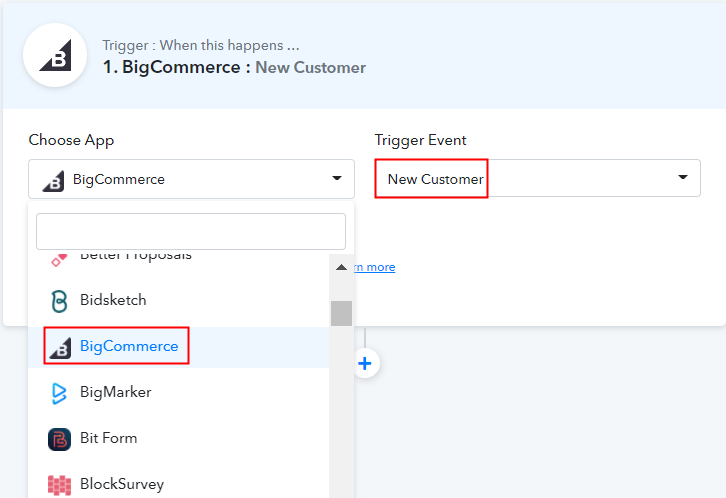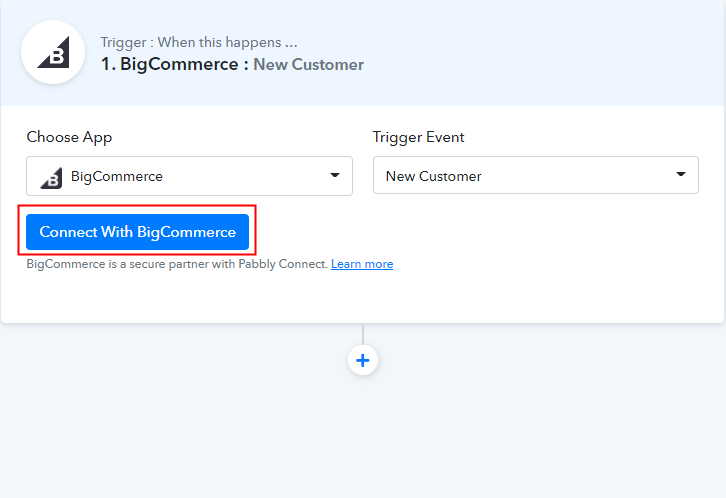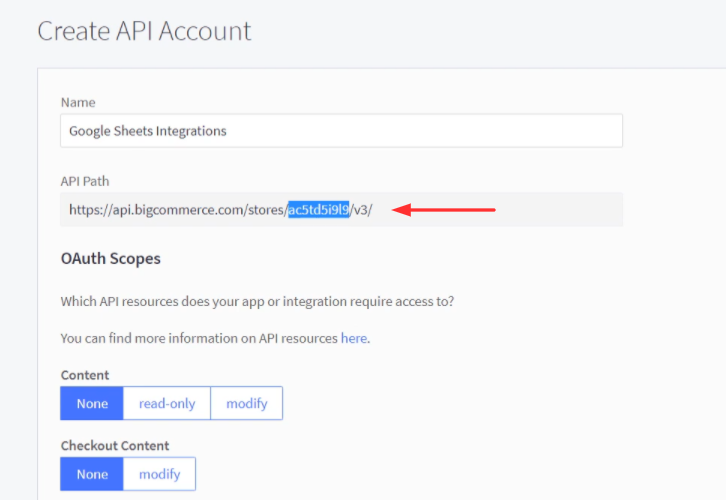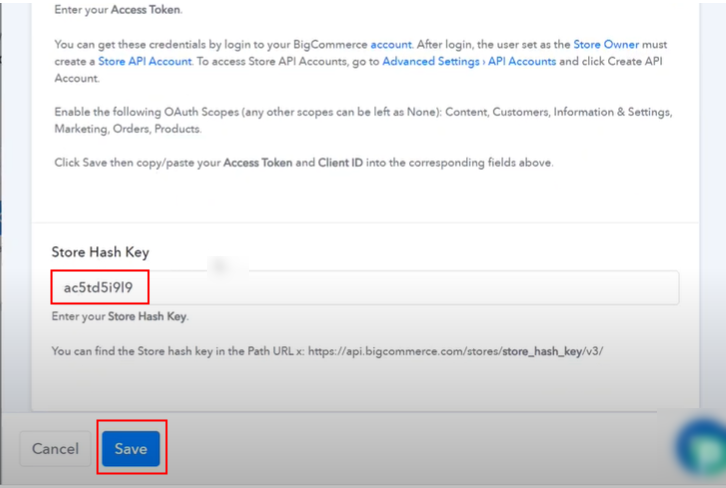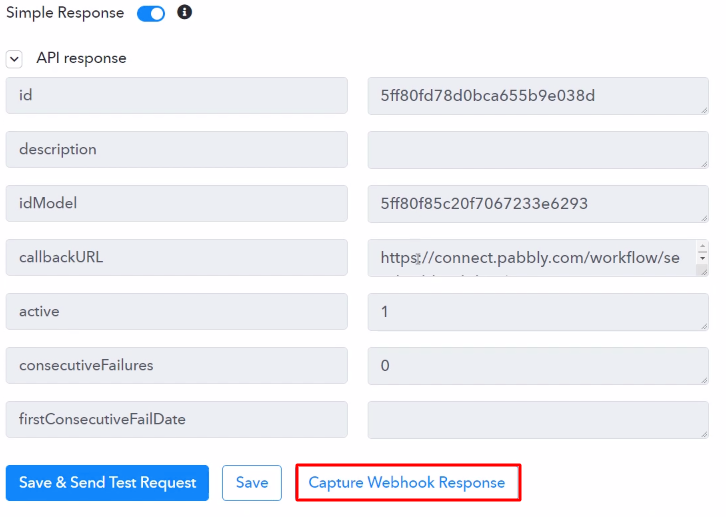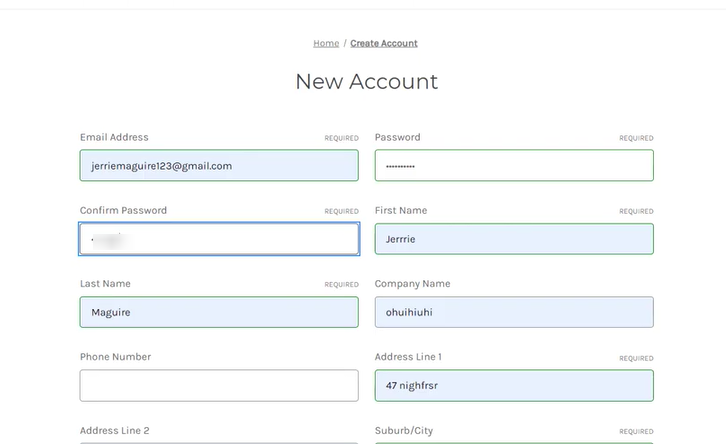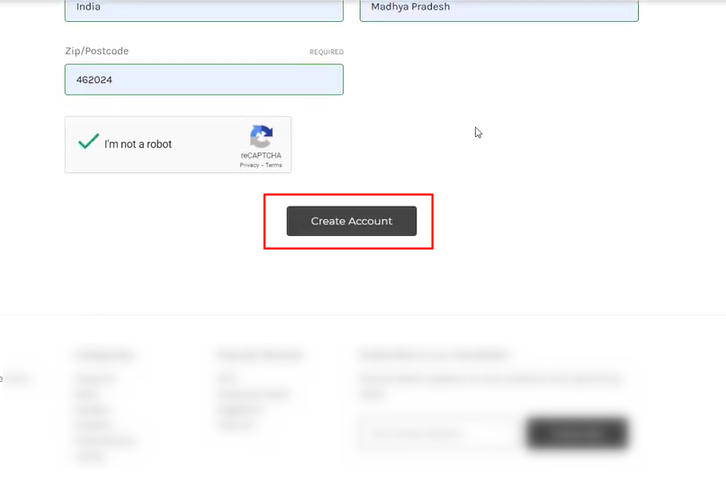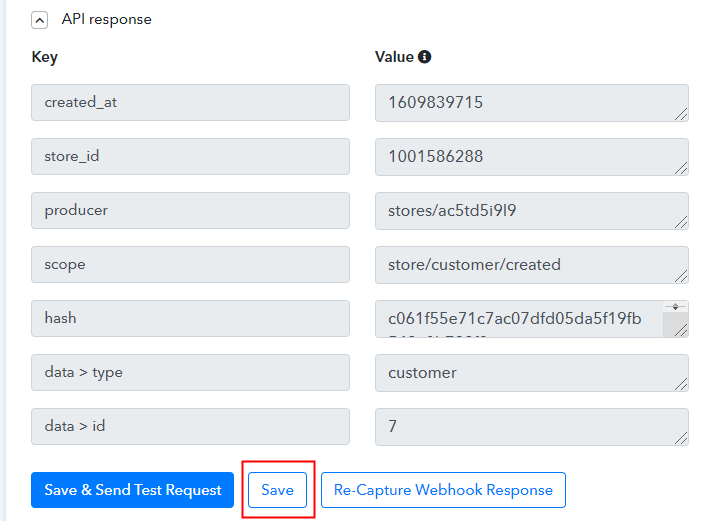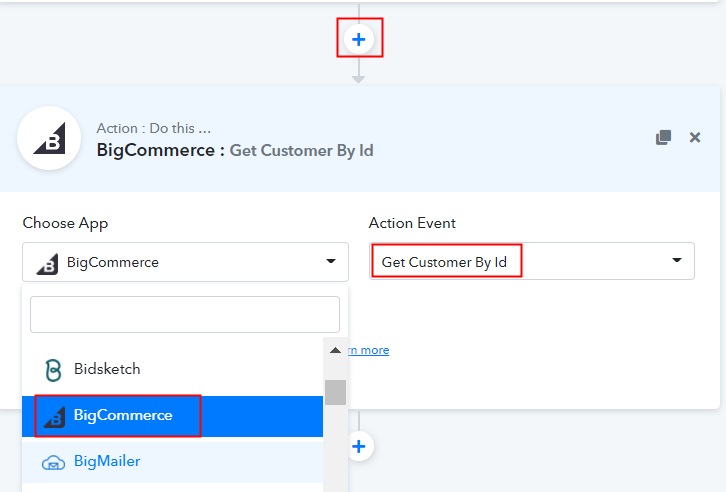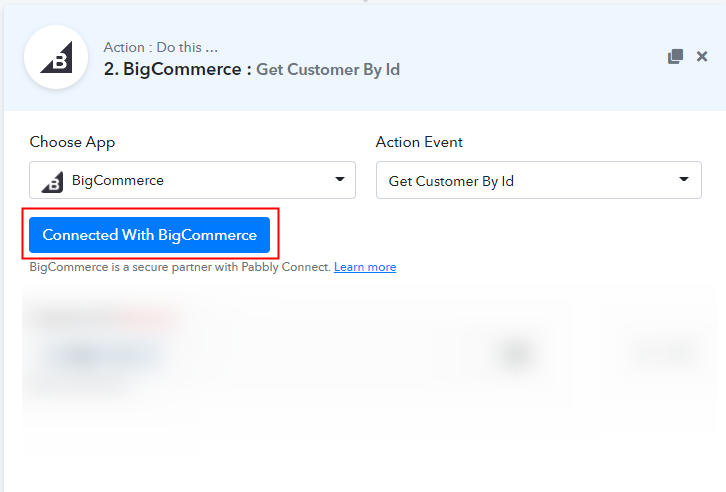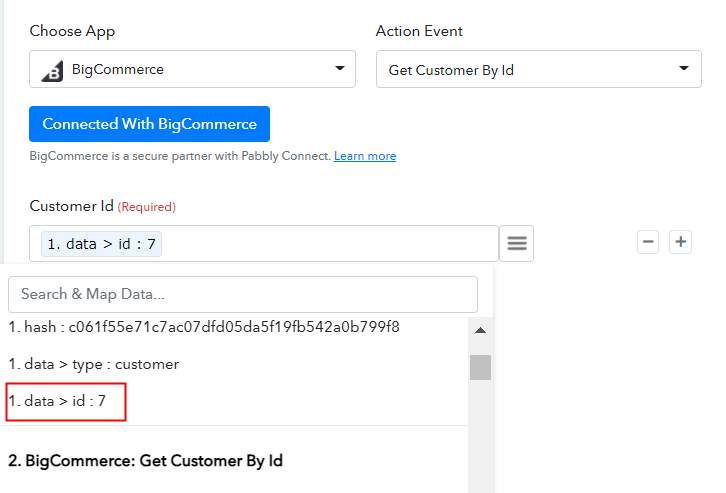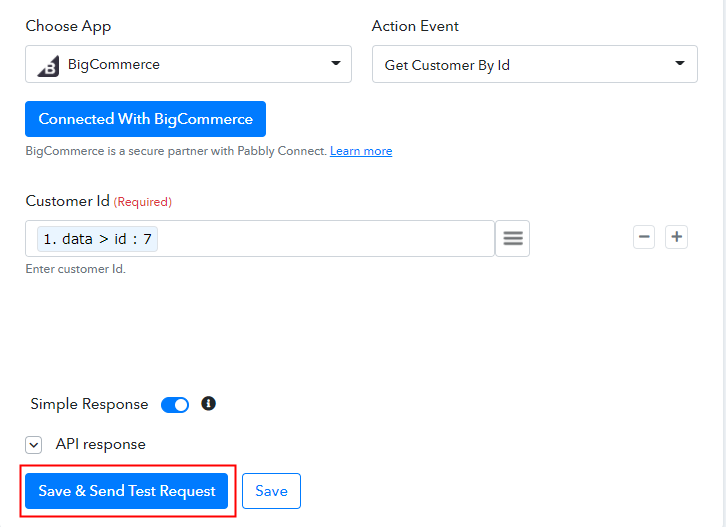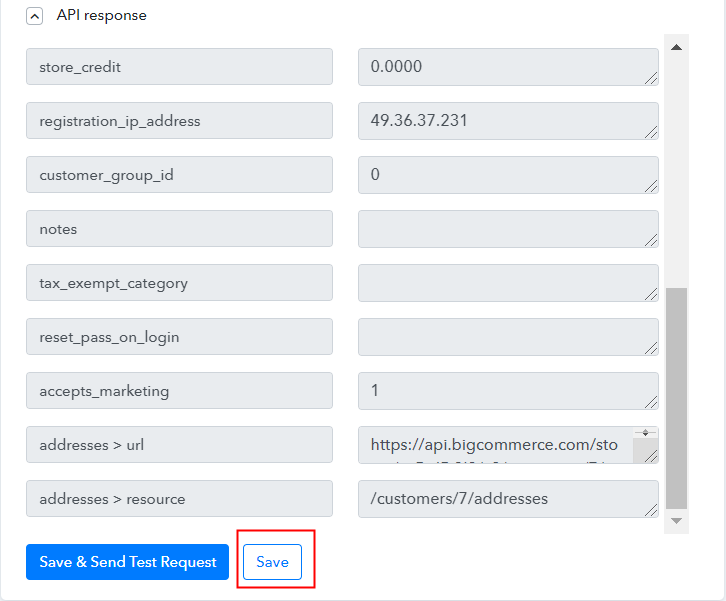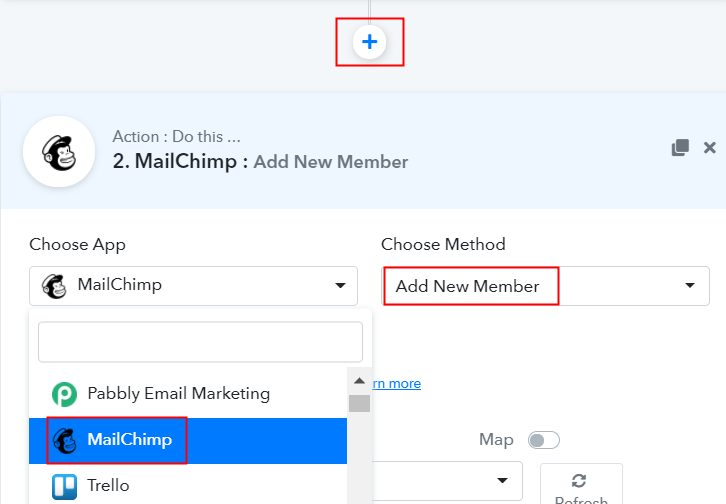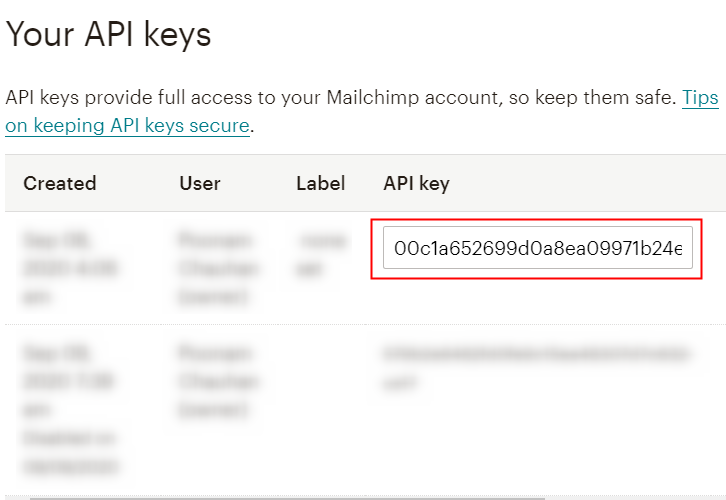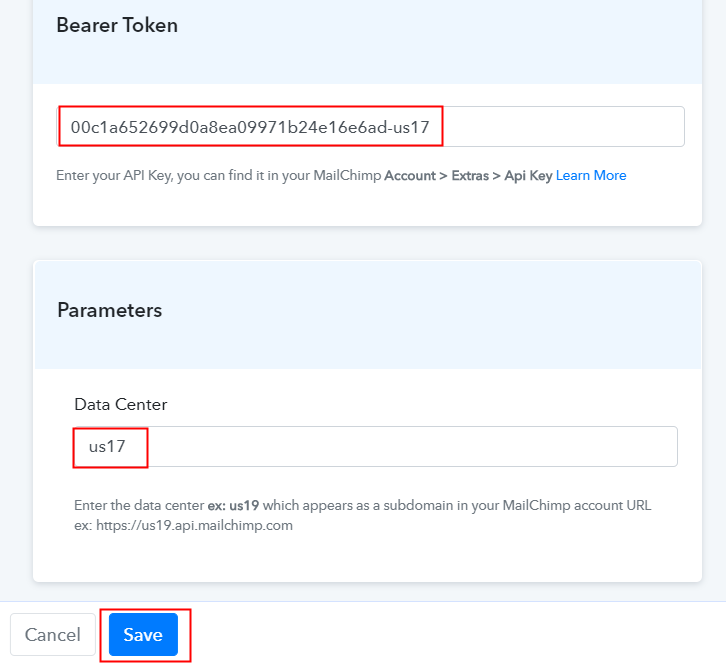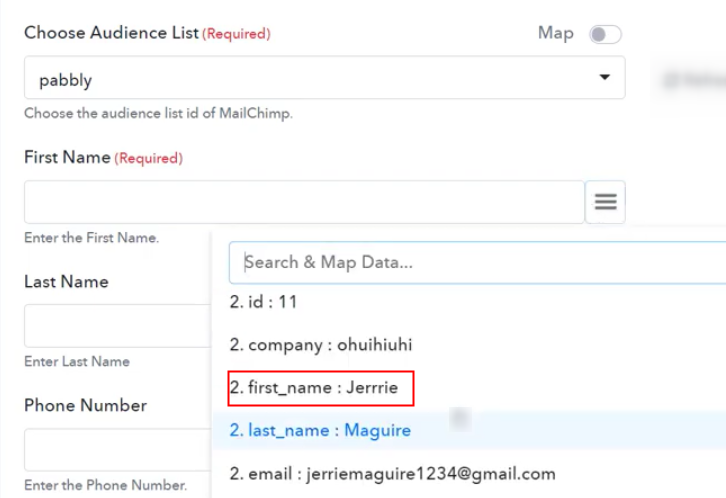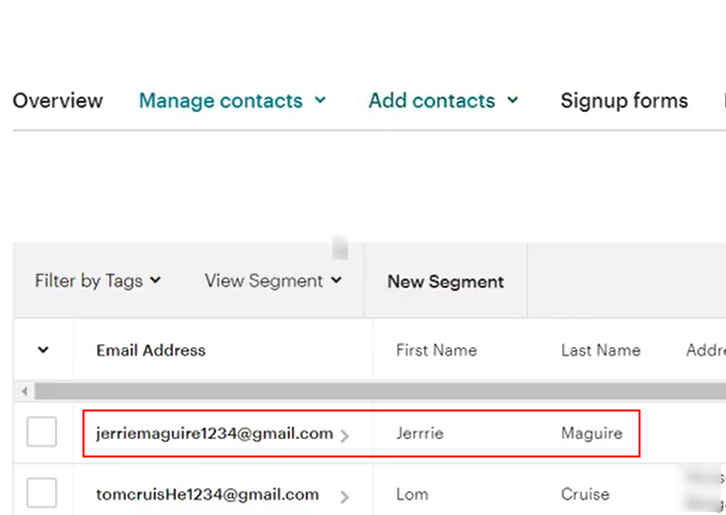Are you aware that it is very easy to create ActiveCampaign contact from new BigCommerce order? You must be doubting that. Well! It is like a walk in a park using Pabbly Connect.
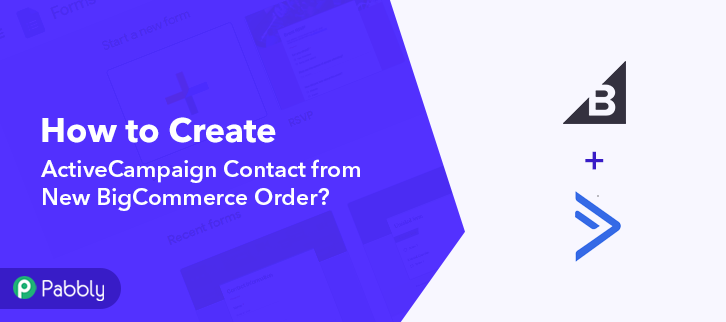
Pabbly Connect is an integration and automation software that lets you connect countless premium applications for easy data transmission. The best thing about using the application is it requires zero coding skill to operate. Even in its free plan, you will get access to gifted features like path routers, filters, etc.
Why Choose This Method Of Integration?
In contrast with other integration services-
- Pabbly Connect does not charge you for its in-built apps like filters, Iterator, Router, Data transformer, and more
- Create “Unlimited Workflows” and smoothly define multiple tasks for each action
- As compared to other services which offer 750 tasks at $24.99, Pabbly Connect offers 50000 tasks in the starter plan of $29 itself
- Unlike Zapier, there’s no restriction on features. Get access to advanced features even in the basic plan
- Try before you buy! Before spending your money, you can actually signup & try out the working of Pabbly Connect for FREE
Before jumping on to the integration process, let’s know a wee bit about the services used in this integration. BigCommerce is a leading eCommerce builder, providing extreme scalability for online stores. On the other hand, ActiveCampaign is a CRM tool that helps customers by automating marketing, sales, and support processes.
By connecting BigCommerce and Active Campaign, one can easily save order details as a subscriber in the Active Campaign. We have also attached a video for the same. Have a look at it.
Additionally, we have a template for this integration that can help you to commence your integration course in no time. Also, if you require support with any other integration, just go to Marketplace and look for the apps you use to start integration immediately. For now, tap on the image below to get started.
Here in this article, we will learn the step-by-step procedure to integrate BigCommerce and ActiveCampaign.
So, let’s begin the process.
Step 1: Sign up to Pabbly Connect
Begin the process to create ActiveCampaign contact for the new BigCommerce order by pressing on the “Sign Up Free” icon on the Pabbly Connect home page. You can either manually fill-up all the details or sign up using your Gmail account.
Try Pabbly Connect for FREE
After logging into the account, press the “Access Now” button of the Connect section in the dashboard. Begin with creating a workflow for your project by pressing the ‘Create Workflow’ button. Now, name the workflow just like in the above-shown image. As here I named the workflow as “BigCommerce to ActiveCampaign”, you can obviously change it as per your requirements. After naming the workflow, select the application you want to integrate. Pabbly Connect enables you to integrate unlimited premium applications, create your free account now. Now, select the application that you want to integrate. In this case, we are choosing “BigCommerce” for integration, and in the method section, select “New Customer”. Next, press the “Connect with BigCommerce” button. Afterward, to connect BigCommerce with Pabbly Connect, you have to authorize the application. Thus, you have to log in to your BigCommerce account. Now, go to the Bigcommece dashboard & hit “Advanced Settings”. Later, press the “API Accounts”. Now, hit the button named “Create API Account” & then choose the option “Create V2/V3 API Token”. Furthermore, copy the API Path highlighted in the image & then hit the “Save” button. Ultimately, a window will pop-up with API keys. Just copy the “Client ID & Access Token” then hit the “Done” button. Promptly, paste the respective API keys & tokens in the mentioned columns. Then tap on the “Save” button. Now, to check this integration, we will capture the data from BigCommerce, and for that, we will create an order in BigCommerce Once you add the webhook URL to your BigCommerce account, just press the “Capture Webhook Response” button to capture the data from BigCommerce. Afterwards, click on add to cart then simply fill-up all the details and place an order. After creating the customer in BigCommerce, the customer’s info will appear on the Pabbly Connect dashboard. Next, tap on the “Save” button. Later, to make this BigCommerce-ActiveCampaign integration work, choose two actions for your trigger. Primary, BigCommerce to get the proper order info from the ID that we got in the trigger part. Secondary, to create a contact in ActiveCampaign. Subsequently, press the + button below & choose the application that you want to integrate. Here we will choose “BigCommerce” and in the method, section select “Get Order By Id”. After choosing the application click on the “Connect with BigCommerce” button. Next, choose the previously used credentials to move forward. Now, map the “Order ID” and then hit the “Save & Send Test Request” button. As we can see that all the information about the order is captured within Pabbly Connect. Now, press the “Save” button. The following step is to hit the “+” icon then select “ActiveCampaign” & in the choose method option, select ”Create a Contact”. Forthwith, press the “Connect With ActiveCampaign” button after making all the necessary changes. After that, the authentication window will open that will ask for API Key & URL for which you have to log-in to your ActiveCampaign account. Subsequently, to connect ActiveCampaign with Pabbly Connect, log in to your ActiveCampaign account for the API keys. After login, go to the “Settings” option on the left side of the bottom section of the dashboard. Once you go to “Settings”, a tab will open up, where you can see the “Developer” option, just click on it. Quickly, copy the API & URL appearing on the dashboard. Following that, paste API Key, and in the “URL” column, mention URL. After ensuring all this, hit the “Save” button. Next, map the required field from the drop-down such as for the email field, select the email option, and for the name field select the name option. Next, after entering all the details, hit the “Send Test Request” button to test the BigCommerce and ActiveCampaign integration. Lastly, when you check your ActiveCampaign, you can see that the contact info is updated automatically for the newly created customer in BigCommerce. Well! Here we have mentioned in detail “How to Create ActiveCampaign Contact from New BigCommerce Order” using Pabbly Connect. We know the process of integrating two applications can be daunting but it can be done easily with the help of Pabbly Connect. Just follow the above procedure and you don’t need to worry about anything. So, what’s stopping you now? Go and grab your deal by signing up for Pabbly Connect for free.Step 2: Access Pabbly Connect
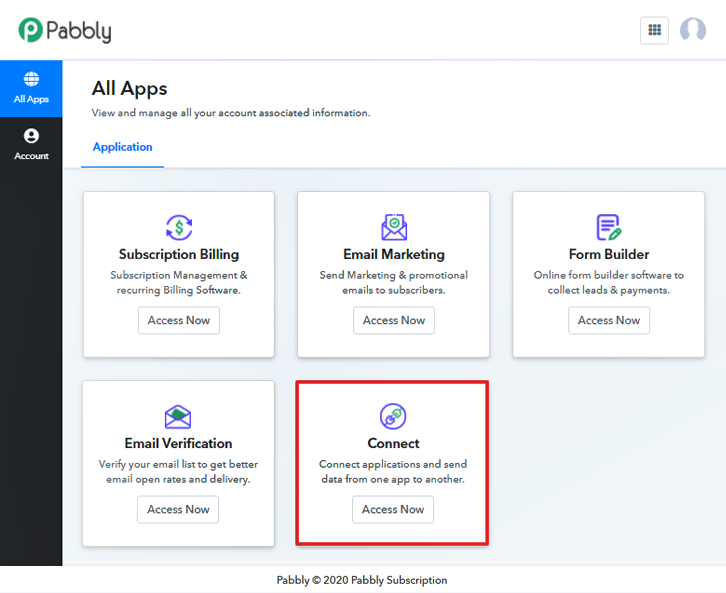
Step 3: Workflow for BigCommerce to ActiveCampaign Integration
(a) Start with a New Workflow

(b) Name the Workflow
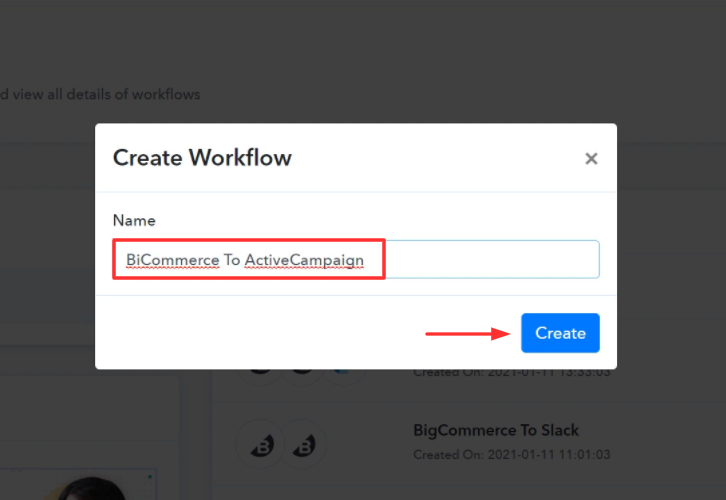
Step 4: Setting Trigger for BigCommerce to ActiveCampaign Integration
(a) Select Application you Want to Integrate
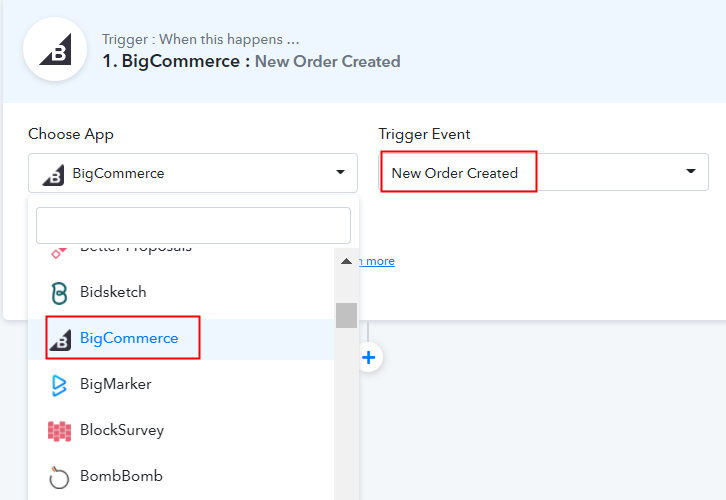
(b) Click Connect Button
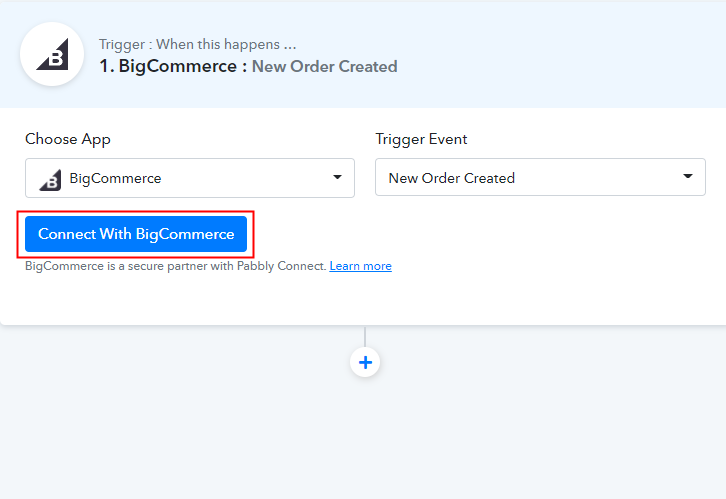
Step 5: Connecting BigCommerce to Pabbly Connect
(a) Go to Advanced Settings
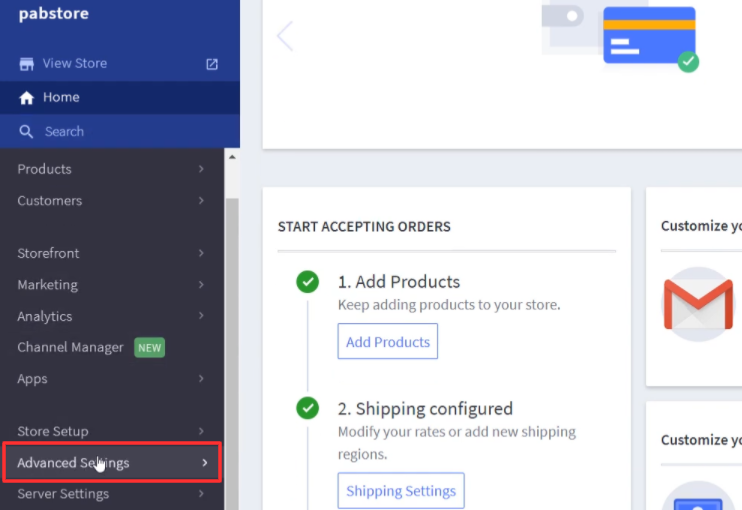
(b) Click on API Accounts
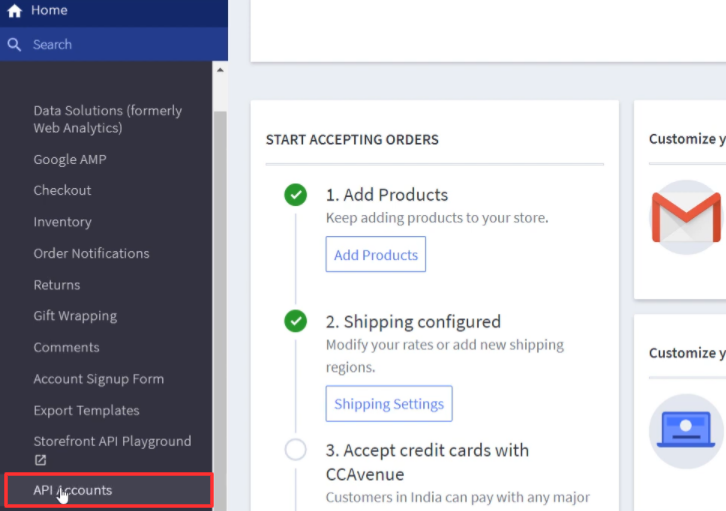
(c) Create API Account
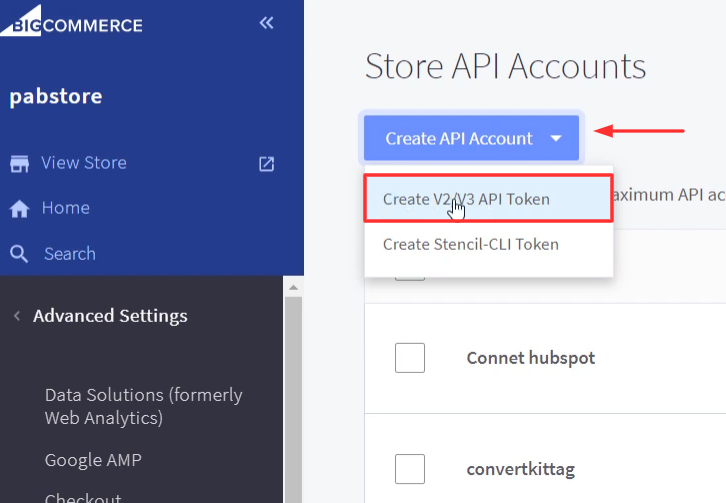
(d) Copy the API Path Key

(e) Copy the Client ID and Access Token
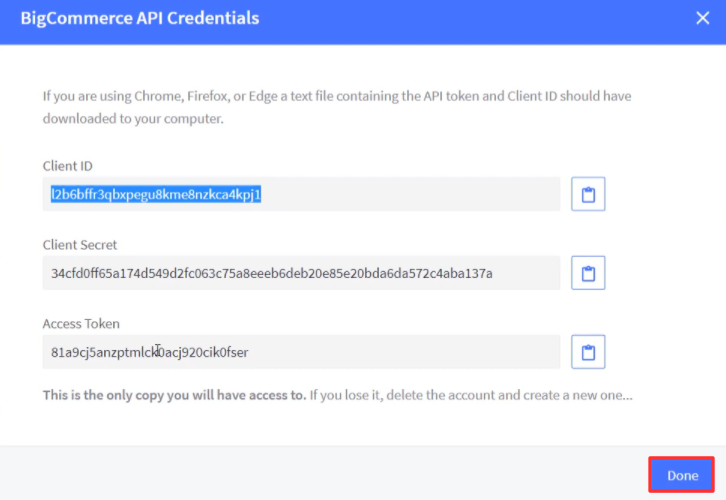
(f) Paste the API Keys
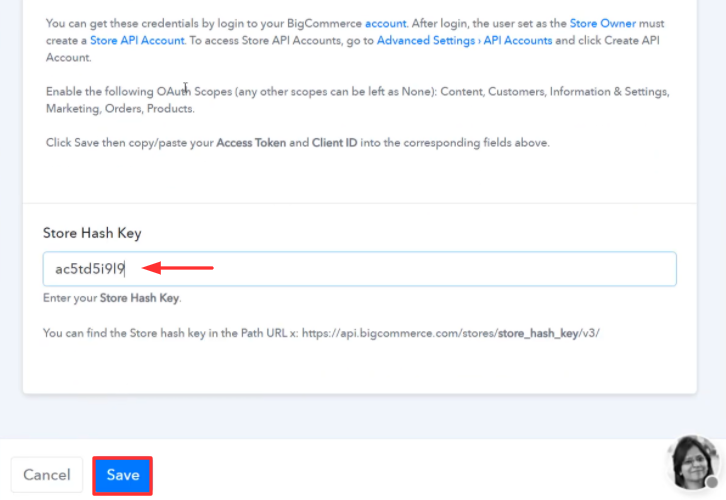
Step 6: Make a Dummy Purchase
(a) Capture Webhook Response
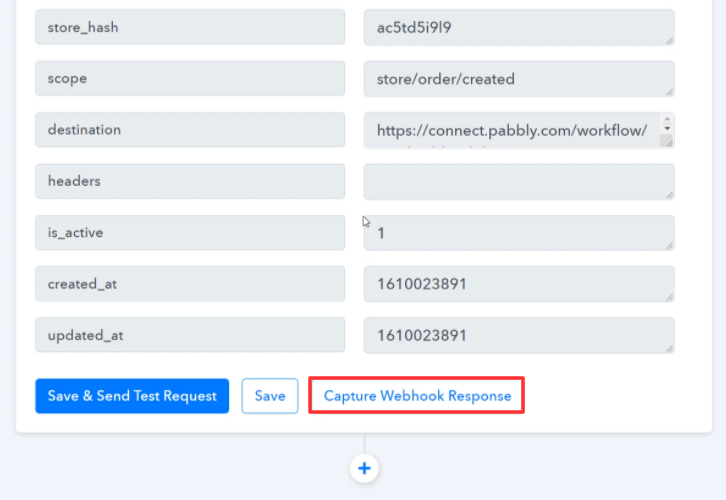
(b) Place an Order
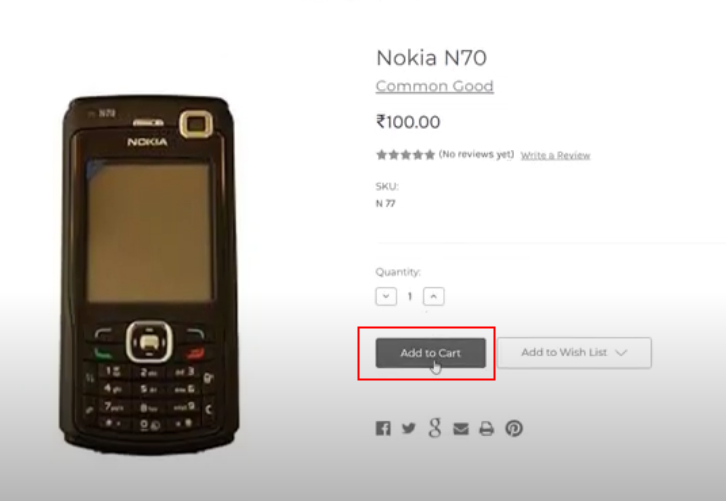
Step 7: Test the Response in Pabbly Connect Dashboard
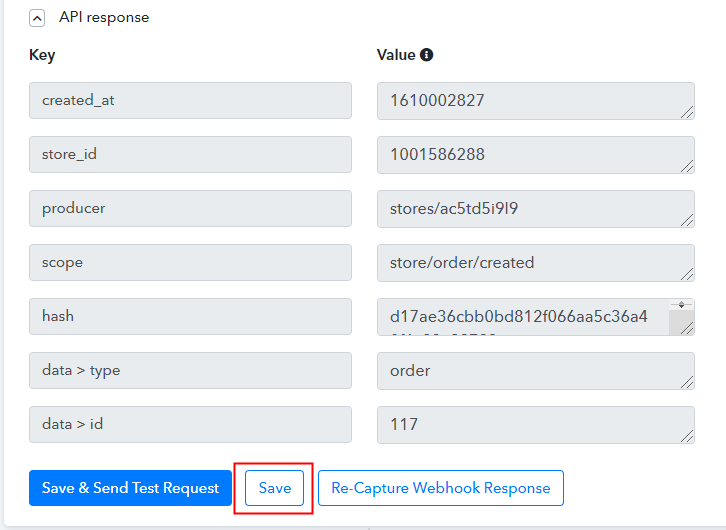
Step 8: Setting Actions for BigCommerce to ActiveCampaign Integration
(a) Select Application you Want to Integrate
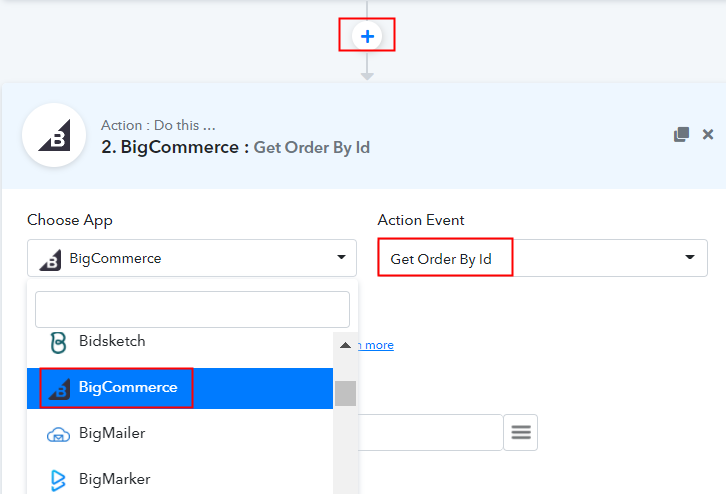
(b) Authorize Application
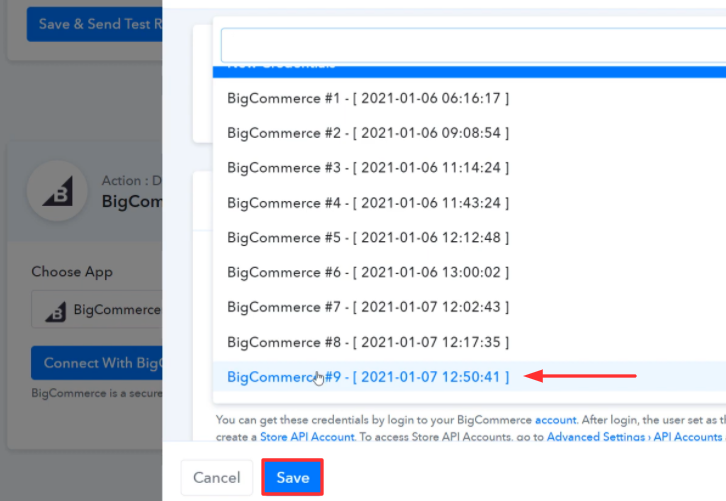
(c) Save & Send Test Request
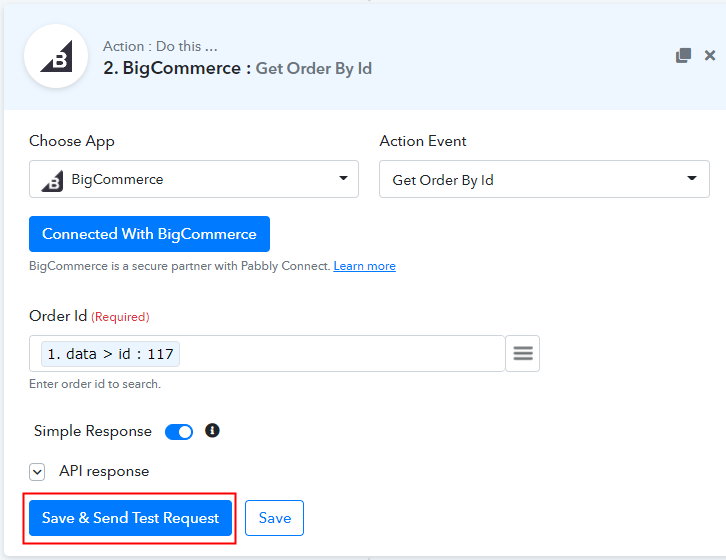
(e) Save the API Response

(f) Select Application you Want to Integrate
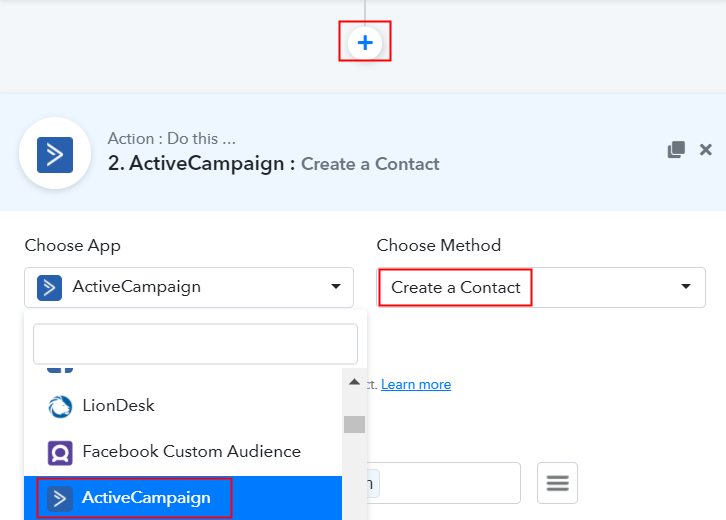
(g) Click the Connect Button

Step 9: Connecting ActiveCampaign to Pabbly Connect
(a) Click on ActiveCampaign Settings
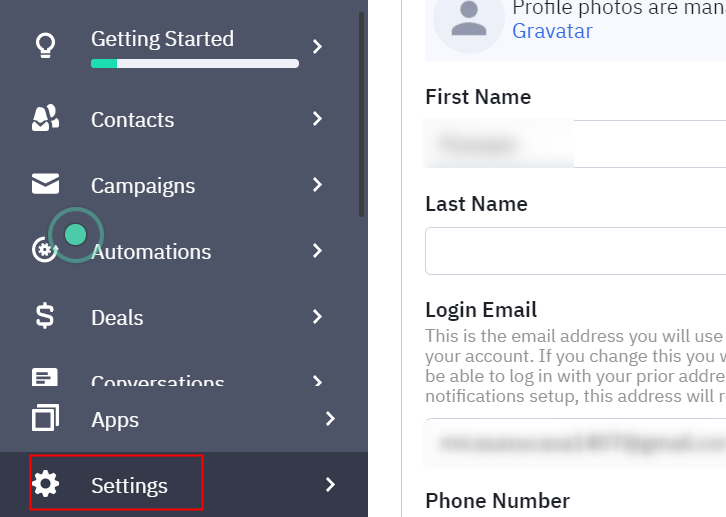
(b) Go to Developer Section
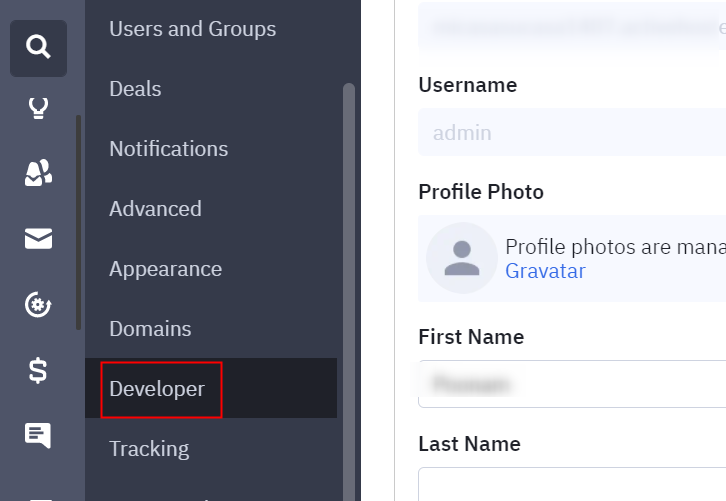
(c) Copy the API Key and URL
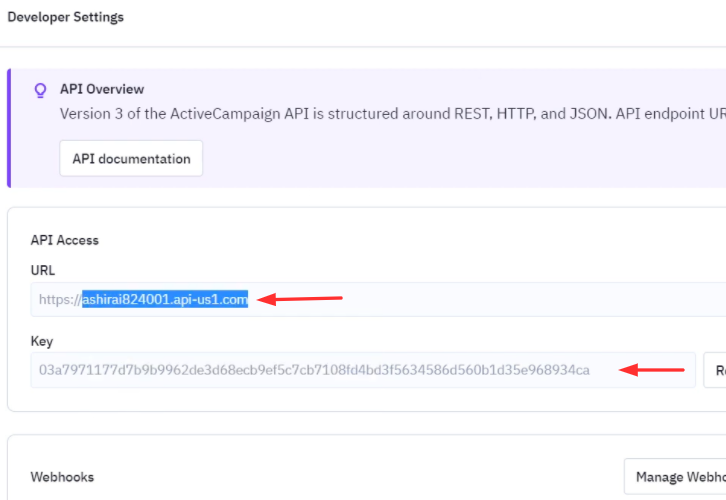
(d) Fill API Key

(e) Map Field Data

Step 10: Check Response in ActiveCampaign Dashboard

Conclusion –
You May Also Like to Read –

